
Types of Sailboats: A Complete Guide

Last Updated by
Daniel Wade
June 15, 2022
Learning the different types of sailboats can help you identify vessels and choose the right boat.
In this article, we'll cover the most common kinds of sailboats, their origins, and what they're used for. We'll also go over the strengths and weaknesses of each design, along with when they're most useful.
The most common kind of sailboat is the sloop, as it's simple to operate and versatile. Other common sailboat types include the schooner, cutter, cat, ketch, schooner, catamaran, and trimaran. Other sailboat variations include pocket cruisers, motorsailers, displacement, and shoal-draft vessels.
The information found in this article is sourced from boat reference guides, including A Field Guide to Sailboats of North America by Richard M. Sherwood and trusted sources in the sailing community.
Table of contents

Distinguishing Types of Sailboats
In this article, we'll distinguish sailboats by traits such as their hull type, rig, and general configuration. Some sailboats share multiple characteristics with other boats but fall into a completely different category. For example, a sailboat with a Bermuda rig, a large engine, and a pilothouse could technically be called a sloop, but it's more likely a motorsailer.
When discerning sailboat type, the first most obvious place to look is the hull. If it has only one hull, you can immediately eliminate the trimaran and the catamaran. If it has two or more hulls, it's certainly not a typical monohull vessel.
The next trait to consider is the rig. You can tell a lot about a sailboat based on its rig, including what it's designed to be used for. For example, a long and slender sailboat with a tall triangular rig is likely designed for speed or racing, whereas a wide vessel with a complex gaff rig is probably built for offshore cruising.
Other factors that determine boat type include hull shape, overall length, cabin size, sail plan, and displacement. Hull material also plays a role, but every major type of sailboat has been built in both wood and fiberglass at some point.
Sailboat vs. Motorsailer
Most sailboats have motors, but most motorized sailboats are not motorsailers. A motorsailer is a specific kind of sailboat designed to run efficiently under sail and power, and sometimes both.
Most sailboats have an auxiliary engine, though these power plants are designed primarily for maneuvering. These vessels cannot achieve reasonable speed or fuel-efficiency. Motorsailers can operate like a powerboat.
Motorsailers provide great flexibility on short runs. They're great family boats, and they're popular in coastal communities with heavy boat traffic. However, these features come at a cost. Motorsailers aren't the fastest or most efficient powerboats, and they're also not the most agile sailboats. That said, they make an excellent general-purpose sailing craft.
Monohull vs. Multi-hull: Which is Better?
Multihull sailboats are increasingly popular, thanks to advances and lightweight materials, and sailboat design. But are they better than traditional sailboats? Monohulls are easier to maintain and less expensive, and they offer better interior layouts. Multihulls are more stable and comfortable, and they're significantly easier to control. Multihull sailboats also have a speed advantage.
Monohull Sailboats
A monohull sailboat is a traditionally-shaped vessel with a single hull. The vast majority of consumer sailboats are monohulls, as they're inexpensive to produce and easy to handle. Monohull sailboats are proven and easy to maintain, though they lack the initial stability and motion comfort of multi-hull vessels.
Monohull sailboats have a much greater rig variety than multi-hull sailboats. The vast majority of multihull sailboats have a single mast, whereas multi-masted vessels such as yawls and schooners are always monohulls. Some multi-hull sailboats have side-by-side masts, but these are the exception.
Catamaran Sailboats
The second most common sailboat configuration is the catamaran. A catamaran is a multihull sailboat that has two symmetrical hulls placed side-by-side and connected with a deck. This basic design has been used for hundreds of years, and it experienced a big resurgence in the fiberglass boat era.
Catamarans are fast, efficient, and comfortable. They don't heel very much, as this design has excellent initial stability. The primary drawback of the catamaran is below decks. The cabin of a catamaran is split between both hulls, which often leaves less space for the galley, head, and living areas.
Trimaran Sailboats
Trimarans are multi-hull sailboats similar to catamarans. Trimarans have three hulls arranged side-by-side. The profile of a trimaran is often indistinguishable from a catamaran.
Trimarans are increasingly popular, as they're faster than catamarans and monohulls and considerably easier to control. Trimarans suffer from the same spatial limitations as catamarans. The addition of an extra hull adds additional space, which is one reason why these multi-hull vessels are some of the best-selling sailboats on the market today.
Sailboat Rig Types
Rigging is another way to distinguish sailboat types. The rig of a sailboat refers to it's mast and sail configuration. Here are the most common types of sailboat rigs and what they're used for.
Sloops are the most common type of sailboat on the water today. A sloop is a simple single-mast rig that usually incorporates a tall triangular mainsail and headsail. The sloop rig is easy to control, fun to sail, and versatile. Sloops are common on racing sailboats as they can sail quite close to the wind. These maneuverable sailboats also have excellent windward performance.
The sloop rig is popular because it works well in almost any situation. That said, other more complex rigs offer finer control and superior performance for some hull types. Additionally, sloops spread their entire sail area over just to canvases, which is less flexible than multi-masted rigs. The sloop is ideal for general-purpose sailing, and it's proven itself inland and offshore.
Sloop Features:
- Most popular sailboat rig
- Single mast
- One mainsail and headsail
- Typically Bermuda-rigged
- Easy to handle
- Great windward performance
- Less precise control
- Easier to capsize
- Requires a tall mast
Suitable Uses:
- Offshore cruising
- Coastal cruising
Cat (Catboat)
The cat (or catboat) is a single-masted sailboat with a large, single mainsail. Catboats have a thick forward mast, no headsail, and an exceptionally long boom. These vessels are typically gaff-rigged, as this four-edged rig offers greater sail area with a shorter mast. Catboats were popular workboats in New England around the turn of the century, and they have a large following today.
Catboats are typically short and wide, which provides excellent stability in rough coastal conditions. They're hardy and seaworthy vessels, but they're slow and not ideal for offshore use. Catboats are simple and easy to control, as they only have a single gaff sail. Catboats are easy to spot thanks to their forward-mounted mast and enormous mainsail.
Catboat Features:
- Far forward-mounted single mast
- Large four-sided gaff sail
- Short and wide with a large cockpit
- Usually between 20 and 30 feet in length
- Excellent workboats
- Tough and useful design
- Great for fishing
- Large cockpit and cabin
- Not ideal for offshore sailing
- Single sail offers less precise control
- Slow compared to other rigs
- Inland cruising
At first glance, a cutter is difficult to distinguish from a sloop. Both vessels have a single mast located in roughly the same position, but the sail plan is dramatically different. The cutter uses two headsails and often incorporates a large spar that extends from the bow (called a bowsprit).
The additional headsail is called a staysail. A sloop only carries one headsail, which is typically a jib. Cutter headsails have a lower center of gravity which provides superior performance in rough weather. It's more difficult to capsize a cutter, and they offer more precise control than a sloop. Cutters have more complex rigging, which is a disadvantage for some people.
Cutter Features:
- Two headsails
- Long bowsprit
- Similar to sloop
- Gaff or Bermuda-rigged
- Fast and efficient
- Offers precise control
- Superior rough-weather performance
- More complex than the sloop rig
- Harder to handle than simpler rigs
Perhaps the most majestic type of sailboat rig, the schooner is a multi-masted vessel with plenty of history and rugged seaworthiness. The schooner is typically gaff-rigged with short masts and multiple sails. Schooners are fast and powerful vessels with a complex rig. These sailboats have excellent offshore handling characteristics.
Schooners have a minimum of two masts, but some have three or more. The aftermost large sail is the mainsail, and the nearly identical forward sail is called the foresail. Schooners can have one or more headsail, which includes a cutter-style staysail. Some schooners have an additional smaller sale aft of the mainsail called the mizzen.
Schooner Features:
- At least two masts
- Usually gaff-rigged
- One or more headsails
- Excellent offshore handling
- Precise control
- Numerous sail options (headsails, topsails, mizzen)
- Fast and powerful
- Complex and labor-intensive rig
- Difficult to adjust rig single-handed
- Offshore fishing
Picture a ketch as a sloop or a cutter with an extra mast behind the mainsail. These vessels are seaworthy, powerful, excellent for offshore cruising. A ketch is similar to a yawl, except its larger mizzen doesn't hang off the stern. The ketch is either gaff or Bermuda-rigged.
Ketch-rigged sailboats have smaller sails, and thus, shorter masts. This makes them more durable and controllable in rough weather. The mizzen can help the boat steer itself, which is advantageous on offshore voyages. A ketch is likely slower than a sloop or a cutter, which means you aren't likely to find one winning a race.
Ketch Features:
- Headsail (or headsails), mainsail, and mizzen
- Mizzen doesn't extend past the rudder post
- Good offshore handling
- Controllable and mild
- Shorter and stronger masts
- Easy self-steering
- Slower than sloops and cutters
- Less common on the used market
A dinghy is a general term for a small sailboat of fewer than 28 feet overall. Dinghys are often dual-power boats, which means they usually have oars or a small outboard in addition to a sail. These small boats are open-top and only suitable for cruising in protected waters. Many larger sailboats have a deployable dinghy on board to get to shore when at anchor.
Dinghy Features:
- One or two people maximum capacity
- Easy to sail
- Works with oars, sails, or an outboard
- Great auxiliary boat
- Small and exposed
- Not suitable for offshore use
- Going from anchor to shore
- Protected recreational sailing (lakes, rivers, and harbors)
Best Sailboat Type for Stability
Stability is a factor that varies widely between sailboat types. There are different types of stability, and some sailors prefer one over another. For initial stability, the trimaran wins with little contest. This is because these vessels have a very high beam-to-length ratio, which makes them much less prone to rolling. Next up is the catamaran, which enjoys the same benefit from a wide beam but lacks the additional support of a center hull section.
It's clear that in most conditions, multihull vessels have the greatest stability. But what about in rough weather? And what about capsizing? Multihull sailboats are impossible to right after a knockdown. This is where full-keel monohull sailboats excel.
Traditional vessels with deep displacement keels are the safest and most stable in rough weather. The shape, depth, and weight of their keels keep them from knocking over and rolling excessively. In many cases, these sailboats will suffer a dismasting long before a knockdown. The primary disadvantage of deep-keeled sailboats is their tendency to heel excessively. This characteristic isn't hazardous, though it can make novice sailors nervous and reduce cabin comfort while underway.
Best Sailboat Type for Offshore Cruising
The best sailboat type for offshore cruising is the schooner. These graceful aid robust vessels have proven themselves over centuries as durable and capable vessels. They typically use deep displacement keels, which makes them stable in rough weather and easy to keep on course.
That said, the full answer isn't quite so simple. Modern multihull designs are an attractive option, and they have also proven to be strong and safe designs. Multihull sailboats are an increasingly popular option for offshore sailors, and they offer comfort that was previously unknown in the sailing community.
Many sailors cross oceans in basic Bermuda-rigged monohulls and take full advantage of a fin-keel design speed. At the end of the day, the best offshore cruising sailboat is whatever you are comfortable handling and living aboard. There are physical limits to all sailboat designs, though almost any vessel can make it across an ocean if piloted by a competent skipper and crew.
Best Sailboat Type for Racing The modern lightweight Bermuda-rigged sailboat is the king of the regatta. When designed with the right kind of hull, these vessels are some of the fastest sailboats ever developed. Many boats constructed between the 1970s and today incorporate these design features due to their favorable coastal and inland handling characteristics. Even small sailboats, such as the Cal 20 and the Catalina 22, benefit from this design. These boats are renowned for their speed and handling characteristics.
Related Articles
I've personally had thousands of questions about sailing and sailboats over the years. As I learn and experience sailing, and the community, I share the answers that work and make sense to me, here on Life of Sailing.
by this author
Learn About Sailboats
Most Recent

What Does "Sailing By The Lee" Mean?
October 3, 2023

The Best Sailing Schools And Programs: Reviews & Ratings
September 26, 2023
Important Legal Info
Lifeofsailing.com is a participant in the Amazon Services LLC Associates Program, an affiliate advertising program designed to provide a means for sites to earn advertising fees by advertising and linking to Amazon. This site also participates in other affiliate programs and is compensated for referring traffic and business to these companies.
Similar Posts

Affordable Sailboats You Can Build at Home
September 13, 2023

Best Small Sailboat Ornaments
September 12, 2023

Discover the Magic of Hydrofoil Sailboats
December 11, 2023
Popular Posts

Best Liveaboard Catamaran Sailboats
December 28, 2023

Can a Novice Sail Around the World?
Elizabeth O'Malley

4 Best Electric Outboard Motors

How Long Did It Take The Vikings To Sail To England?

10 Best Sailboat Brands (And Why)
December 20, 2023

7 Best Places To Liveaboard A Sailboat
Get the best sailing content.
Top Rated Posts
Lifeofsailing.com is a participant in the Amazon Services LLC Associates Program, an affiliate advertising program designed to provide a means for sites to earn advertising fees by advertising and linking to Amazon. This site also participates in other affiliate programs and is compensated for referring traffic and business to these companies. (866) 342-SAIL
© 2024 Life of Sailing Email: [email protected] Address: 11816 Inwood Rd #3024 Dallas, TX 75244 Disclaimer Privacy Policy
- Pontoon Boats
- Personal Watercraft
- nauticalknowhow
- Nautical Knots
- Tools and Calculators
Types of Sailboats: Classification Guide
Sailboats can be divided into three basic types based on their hulls (catamaran, monohull or multihull) , their keel and their rigging, and then further subdivided from there. The result is that there are actually well over a dozen different kinds of sailboats out there.
Sailboat Hull Types
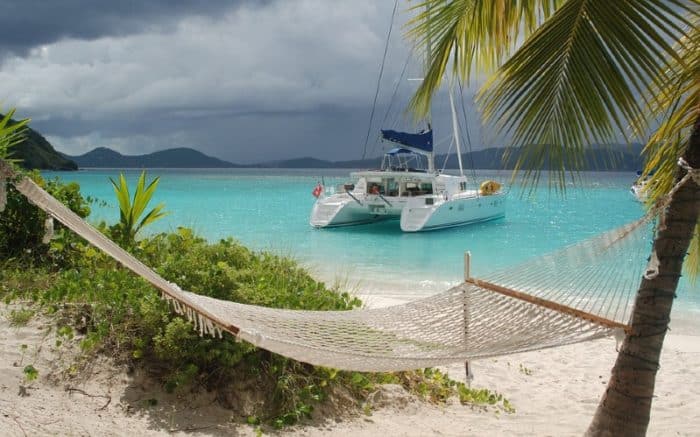
There are three main hull types that you’ll find in sailboats.
- Monohull: This is what most people think of when they think of a sail boat or any boat at all, really. A monohull sailboat has a single hulled structure that gives a boat that traditional boat shape we all instantly recognize. These are far and away the most common hull type for sailboats because they’re some of the oldest, they’re cheaper to produce, and they are fairly easy to maintain compared to the other options. You can do a lot more with the rigger in monohull sailboats and any sailing vessel with multiple masts is invariably going to be a monohull one. The downside of the monohull compared to the others is that they lack the stability.
- Catamaran: The second hull type you’ll find in sailboats is the catamaran . While technically a multihull vessel, they feature two hulls that are located on either side of the boat connected by a deck. Because it’s just the two, they get called catamarans rather than multihull which generally refers to three. Catamarans had been used by ancient peoples for years but never really caught on with “modern” boating for quite a long time. Now that we have fiberglass hulls and other advances, catamarans are much more commonplace than they were a hundred years ago. Catamarans offer great speed and stability but don’t have as much cabin space as a monohull.
- Trimaran/Multihull : This hull style features three hulls in a similar style to the catamaran with the addition of that third center hull. From the side you wouldn’t be able to tell a catamarans from trimaran sailboats. These boats are even faster and more stable than a catamaran and, by extension, a monohull. They have a very low center of gravity and a large beam. Space is still a drawback but the third hull increases room overall. There are also vessels with even more hulls, but they are exceedingly rare and also pretty expensive.
Sailboat Keel Types
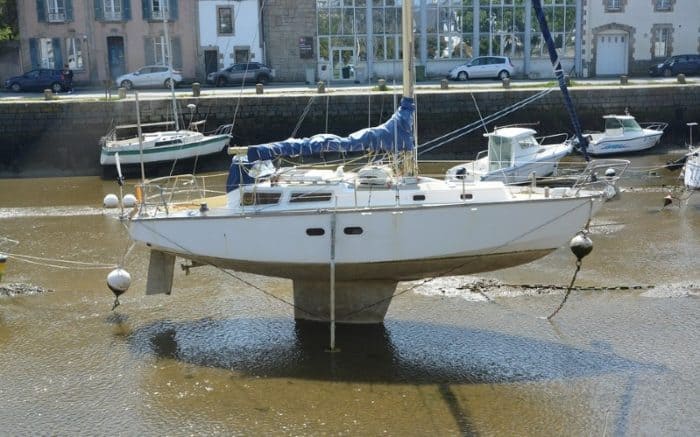
Heading below the hull now and we’ll find the keel, which is what gives your sailboat added stability in the water. While multihull boats find stability in the additional hulls, a monohull boat will get stability from its keel. Though it’s nearly impossible to flip or capsize a trimaran, if it does happen it’s staying flipped or capsized. However, the keel on a monohull boat makes it even harder to flip because of the physics of resistance in the water. That isn’t to say a monohulled boat with a keel is unsinkable, quite the opposite, but you’re just not going to flip one upside down without a real fight. There are six main keel types you’ll find in sailboats.
- Bilge Keel: These are dual keels that can be like fin keels or even full keels extending the length of the vessel. They extend from the sides and can prevent the boat from rolling. They need to be symmetrical on both sides of the boat to work.
- Bulb Kee l: These are a kind of fin keel but they carry ballast in them. That allows them to have a little more stability. They operate like a hydrofoil
- Centerboard Keel: This type of keel actually pivots and can be changed depending on the depth of the water.
- Daggerboard Keel : Another kind of centerboard keel but the daggerboard can actually be pulled up into the hull. This allows you to alter its position for an increase or decrease in speed or stability as needed.
- Fin Kee l: If you’re into racing you’ll probably have a fin keel. They are thin but extend deep below the sailboat. This makes them great for speed but not really ideal for a comfortable ride. You wouldn’t want to be day sailing for fun and relaxation with a fin keel.
- Full Keel: This is the most common type of keel and it spans the entire length of the vessel. There will likely be a rudder built into the keel as well.
- Wing Keel : This is a variant on the fin keel. Wing keels have a small wing at the tip to allow better directional stability by reducing cross flow.
Sailboat Mast Configuration
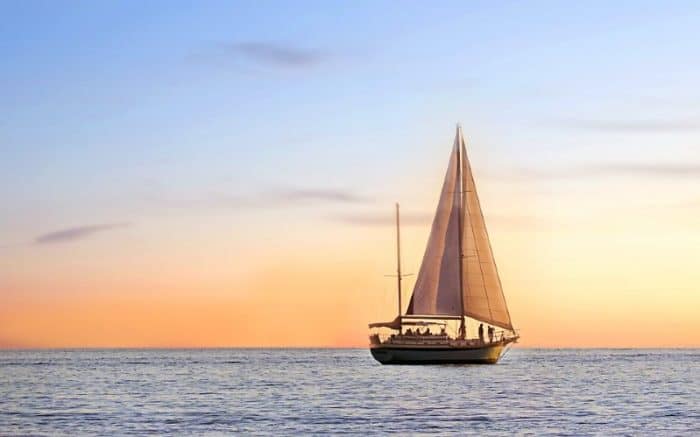
The mast of the sailboat is obviously that large pole onto which sails are rigged. Depending on your boat type you may have one mast, two masts, or more masts. How these masts are configured is where you can start distinguishing sailboat types you may recognize by name. These include:
Sloop: This is arguably the most popular type of sailboat mast type. A sloop has a single mast and two sails – the headsail and the mainsail. Being a single masted sailboat makes them easy to identify. These are probably the easiest to learn how to rig and how to sail. It’s versatile enough for cruising and for racing. Commonly these a gaff rig or a Bermuda rig. Another kind of sloop rig is the fractional rig sloop in which you can find one of the sails below the top of the mast.
Schooner: These can have multiple masts, not just two. The largest sailing vessels you’re likely to see, either in the present or in images from history, were schooners. Giant ships with six masts each bearing over 10 sails were schooners. An important detail is that the first mast on a schooner will always be shorter than the others. They are usually gaff-rigged
Cutter: This type of sailboat is very similar to the sloop and has a centrally located mast supporting three sails. Two headsails, the second called a staysail, is what distinguishes it most easily from the sloop. The rigging makes a cutter a bit harder to manage than a sloop.
Ketch : A ketch is a lot like a schooner but the two masts are arranged differently. On a ketch, the main mast is taller than the aft mast which is called the mizzen mast. The mizzen sail naturally is on the mizzen mast with the mizzen mast positioned aft.
Catboat : Also called a cat, a catboat has a single mast and a large, single gaff sail. The boats are usually short, stout boats that aren’t built for speed or for open seas. Best to be used in coastal waters
Yawl: This vessel is nearly identical to the ketch with one main difference. In a yawl, the helm is forward of the mizzen mast, while that is not the case in a ketch.
Other Types of Sailboats
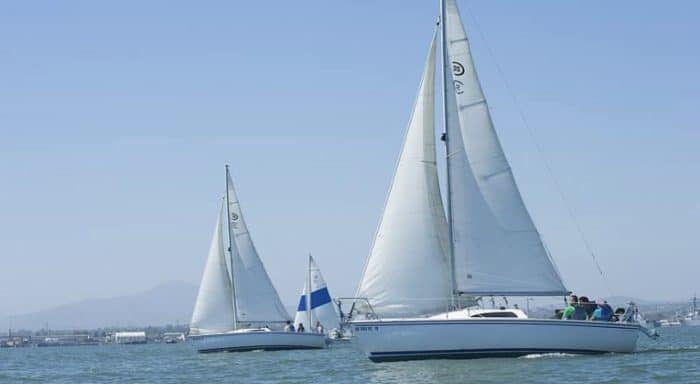
Now that we have the basic configurations out of the way, let’s look at some of the more specific types of sailboats you may find at sea. In some cases you’ll see that these terms are not entirely specific and one term may actually apply to multiple kinds of sail boats in much the same way that something like SUV can describe multiple different vehicles that are similar but not all the same.
Sailing Dinghies
Like any dinghy, a sailing dinghy is going to be a small vessel. Typically made to accommodate just one or two people, they are under 15 feet and the smallest of which are often used by children. Optimist dinghies are raced professionally and must meet certain requirements to be officially registered as true Optimist boats. If you’re totally new to sailing, a sailing dinghy might be a good place to learn the ropes.
Daysailer generally refers to any sailboat that is not intended to either race other boats or keep you out on the water for an overnight stay. As such, it can cover a lot of ground. Typically, a daysailer will probably be between 14 feet and 20 feet. Usually you won’t get more than 4 people on board and there will be room for storing gear but not a sleeping berth. These are great beginner sailboats.
Pocket Cruisers
Like a daysailer, a pocket cruiser is more of a general label for boats rather than a specific kind. In this case, any sailboat under 30 feet could technically be considered a pocket cruiser. Basically it should be trailerable and used for either cruising or racing. They may contain a small cabin or berth. They could be outfitted for long offshore trips.
Trailer Sailer
Very similar to a pocket cruiser, a trailer sailer is a smaller vessel but still larger than a sailing dinghy. There is clear overlap between trailer sailers, daysailers, and pocket cruisers and the same name could technically be used for many different boats. The defining characteristic of a trailer sailer is that it can easily be transported by trailer behind your tow vehicle. Unlike a sailing dinghy, a trailer sailer would likely have a retractable keep like a centerboard or daggerboard.
Racing Sailboats
These boats can be very large, anywhere from 20 feet to over 70 feet, and they are designed to be light and fast on the water. Larger racing sailboats required a skilled crew to operate. These have keels intended to increase speed and even laminate sales to improve performance. Smaller racing boats can be manned by just one or two people. They don’t offer a lot of creature comforts and aren’t meant for relaxing trips at sea.
Beach Catamarans
Beach cats get their name from the fact they’re designed to be beached and can be launched again from the beach if you so desire. They are usually under 25 feet and not meant for extending sailing offshore, rather they are designed for daysailing. They are very agile and fast and take a good foundation of knowledge to control properly.
Cruising Catamarans
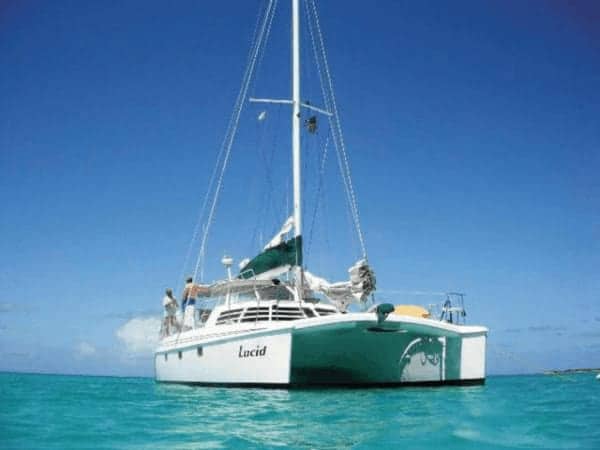
This is the larger style of catamaran designed for more serious boating. Like any catamaran they have a shallow draft but these can be between 25 feet and up to more than 50 feet. They’re designed for extended cruising offshore.
Cruising Sailboats
Boats like schooners quality as a cruising boat and they are typically at least 16 feet in length but may get well over 50 feet as well. Cruising sailboats include cabins for extended stays offshore and, if the boat is large enough, will likely have a fairly large living space below deck which includes a galley and a head in addition to sleeping berths. These are often called liveaboard sailboats .
Cruisers are often monohull but can just as easily be multihull. When properly outfitted they can be used for long, extended stays at sea that last weeks or more. Depending on rigging a cruising sailboat could easily be a sloop, a schooner, a cutter, a ketch or even a superyacht.
Racing Cruisers
This is essentially a hybrid of the cruising sailboat and the racing sailboat. It’s built for more speed than a cruiser but it will have better accommodations than a racing sailboat to allow for stays at sea. The end result is a lighter cruiser ideal for a few days at sea that can get some good speed.
Bluewater Cruising Boats
These are basically the next step up from a cruising sailboat. A bluewater cruiser is meant to sail across oceans, which is where the bluewater part of the name comes from. These are large sailboats and are best only sailed by skilled sailors. They can be outfitted for very long stays at sea and are able to handle rough weather better than smaller vessels.
Motorsailers
You don’t hear this term much anymore but it refers to a sailboat that also has an inboard motor so that they can travel under engine power or wind power. Typically these are larger vessels with accommodations below deck and designed for extended stays off shore. That said, because they mix both styles of boat, they fall somewhere short of either in terms of performance. The engine takes up space and adds weight, limiting your sailing abilities. Obviously traditional sailboats won’t include a motor.
The Bottom Line
There are a number of different kinds of sailboats and the easiest way to distinguish them is by comparing hull types, sail and mast configuration, and keels. Many terms you hear to describe sailboats can describe more than one kind, while others are very specific and the boat must meet certain requirements to merit the name. The only thing that truly unites every type of sailboat is the fact it must be powered by the wind, and even then there are hybrid versions that use motor power sometimes.
Learning the rigging of the different types of sailboats, including things like gaff rigs, standard rigging, and other rig types can be hard work and time consuming as some of these sailing boat rig types are far more complex than others.
My grandfather first took me fishing when I was too young to actually hold up a rod on my own. As an avid camper, hiker, and nature enthusiast I'm always looking for a new adventure.
Categories : Boats
Leave a Reply Cancel reply
Your email address will not be published. Required fields are marked *
Save my name, email, and website in this browser for the next time I comment.
More in Boats

What Is A Gunwale?

131 of the Best Hawaiian Boat Names

167 Patriotic Boat Names

The 138 Best Boat Names for Dog Lovers

The People’s Poncho Review and Ratings

Oru Lake Kayak Review

About Boatsafe
Established in 1998, BoatSafe is your independent guide into the world of boating, fishing, and watersports. We provide expert insights and detailed guides to help you find products tailored to your needs and budget.
Contact Boatsafe
- Address: 4021 West Walnut Street. Rogers, AR 72756
- Phone: (479)339-4795
- Email: [email protected]
Site Navigation
- How We Test
- Corrections Policy
- Privacy Policy
- Terms & Conditions
- Editorial Policy
- Affiliate Disclosure
Our Reviews

All content is © Copyright 2024. All rights reserved.

Types of Sailboats – A Comprehensive Classification
Traditionally, sailboats were made of marine wood and other materials however; modern ones use premium marine lumber products. Sailboats are divided into subclasses, and one such is the catamaran which is made of fiberglass, which makes it more durable and low maintenance.
Sailboats are propelled by wind captured through their sails, masts and rigging lines. Some are equipped with generators, wind makers and other technologies to generate more power, hence providing more speed. They are considered a separate class of vessels independent of motor-powered crafts since their hydrodynamic characteristics differ.
They can vary in occupancy from single-seater crafts for competitions or adventure sailing to recreational vessels spanning hundreds of metres that can host up to thirty individuals. The luxury yachts are ideal to experience sailing in comfort and style. These vessels are known for their remarkable craftsmanship and innovative design.
The most common type of sailboat is the racing sailboat, used in sailing competitions around the world. Several international events intended to raise awareness about sailing allow a wide range of craft types to participate, including catamarans and racer-cruiser.
For most sailing vessels, sail plans are often drawn up before the vessel leaves port. These plans indicate sail positions for various weather conditions.
In this article, we will go through the different types of sailboats and their key features.
Hull-Based Classification Of Sailboats
Sailboats can be classified into three distinct types based on their primary hull type.
These include
- catamarans, and
- multi-hull crafts.
Traditionally, monohulls are the most common design for sailboats since they provide storage in addition to a certain level of stability.
However, with the advent of sailing competitions and an increased focus on performance and stability features, there has been a general shift towards catamarans and trimarans.
Monohulls are single-hulled structures, much like conventional vessels , that have a large hull beam (breadth) which provides stability while sailing. The advantage of having a single large hull is that the longer beam allows for improved onboard systems and amenities. It has a cabin, a cockpit, a galley, a v-berth and a saloon as well.
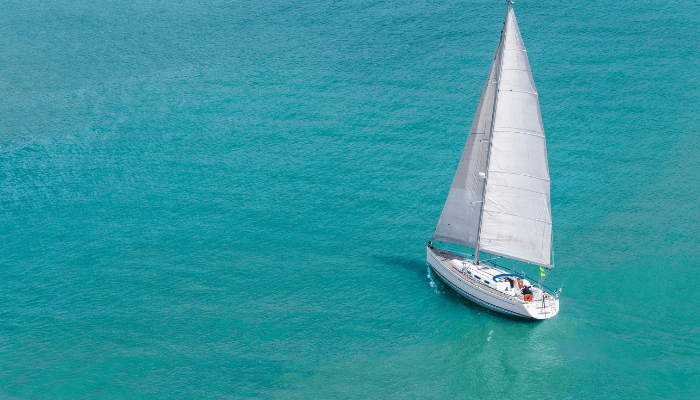
Catamarans refer to twin-hulled structures that are attached by specialized members to provide strength. The term originates from the South Indian phrase for “tied pieces of wood”, as this was the manner in which traditional sailboats were built in the subcontinent.
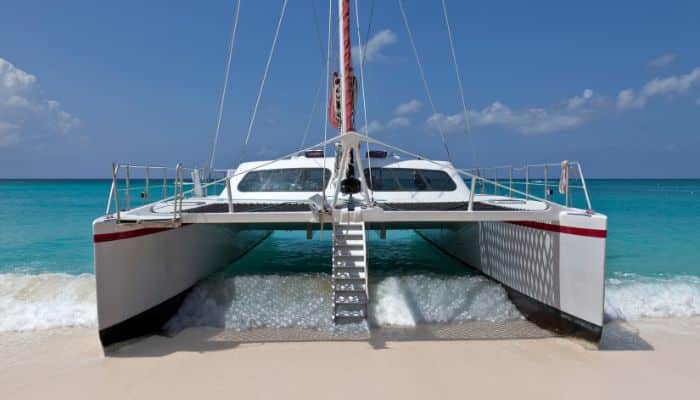
Twin hulls offer an increased level of stability. In addition, if designed properly the vessel will have a much higher speed than conventional crafts owing to lower wetted-surface resistance forces.
On the other hand, extensive care must be taken in designing the vessel, or else the resistive forces can exceed the values found in monohulls.
Multi-hull crafts, or simply multihulls, include vessels with anywhere between three to five hulls, although the three-hull variation is the most common. Such crafts are known as trimarans and are considered to be extremely stable owing to their large beam and lower centre of gravity.
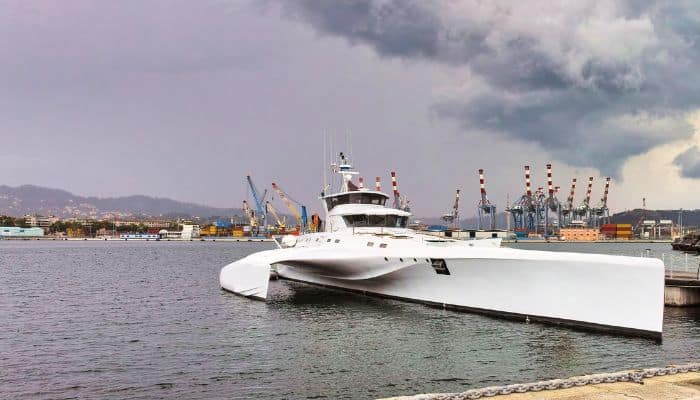
Four and five-hulled vessels are more difficult to manufacture and hence are rarely used commercially. An advanced form of the catamaran design is the SWATH version.
SWATH is an acronym for Small Waterplane Area Twin Hull, and it achieves unprecedented levels of speed owing to a considerably small waterplane area. To reduce this area, the hull has a reduced beam above the surface of the water, while underwater buoyant structures ensure that the vessel has the necessary weight balance.
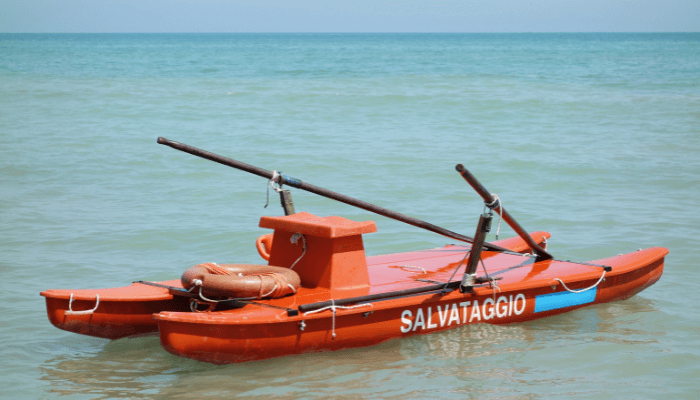
Common Monohull Designs
Monohulls are relatively easier to manufacture compared to multi-hull structures. Thus, there has been a wider range of innovations for this type of hull over the last thousand years.
The common classes of monohull crafts are – sailing dinghies, cutters, sloops, catboats, ketch and schooners.
A dinghy is a relatively common sailboat owing to its short overall length and ease of manoeuvring. They are used in competitions and in the port industry.
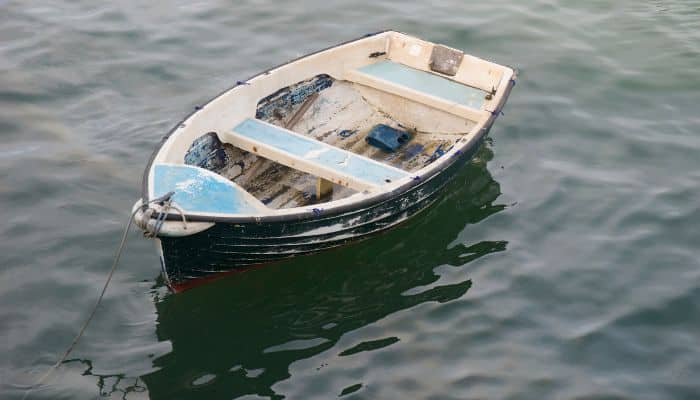
Generally, dinghies are used to transport people or small cargo to and from a larger vessel such as a cruise ship that is anchored away from the shore.
Such vessels may not be able to enter a port due to size and tonnage regulations. Hence, dinghies serve as the best mode of transporting essential goods between the port and the vessel.
Dinghies can have sails, such as the three-sailed variant consisting of the mainsail, jib and spinnaker. However, motor-powered dinghies are also commonly used especially as lifeboats onboard ships.
Cutters are another class of sailboats that are medium-sized and generally have three sails. The mainmast on which the sails are mounted is located near the stern of the ship to allow for larger sails to be used.
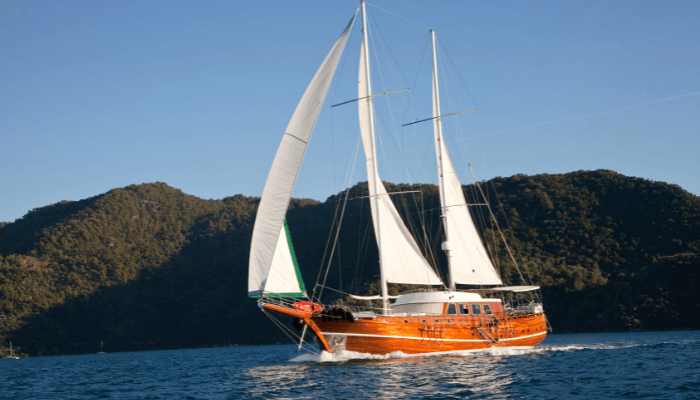
Cutters were commonly used in competitions as their design favours speed and agility. A different combination of the sails also allows cutters to be used for cruises and other recreational sailboats.
Sloops are similar to cutters and are the most commonly found sailboats. They are the standard in sail designs, with a two-sail configuration used for added manoeuvrability. They have a mainsail and a headsail called jib or genoa.
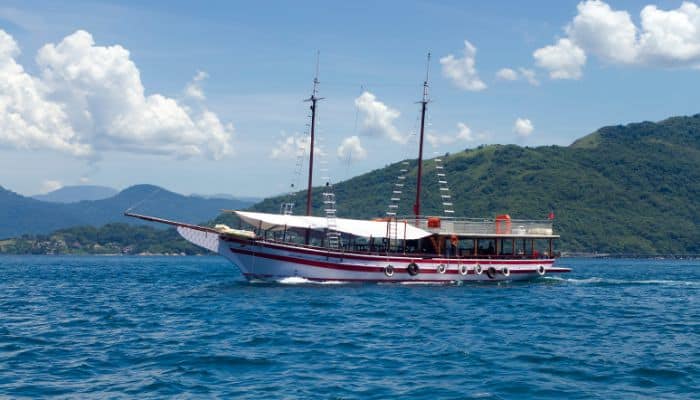
In addition to the generic sloop sail configuration, there is also a fractionally-rigged sloop in which one of the sails lies below the top of the mast.
This design allows the crews of smaller sloops to handle the craft while improving performance. Catboats are sailboats equipped with only a single sail. They are aimed at capacity rather than speed and have the mainsail mounted on a single mast.
For increased speeds, sails can be added to the rigging such that wind force is better optimized by the vessel.
The ketch is a sailboat that has two main masts- the main mast located around the midship, and the mizzen mast at the aft. The mizzen mast is generally smaller than the main mast and serves to add speed to the craft. The word ketch is derived from the word catch, denoting the manner in which the sails “catch” the wind as they move.
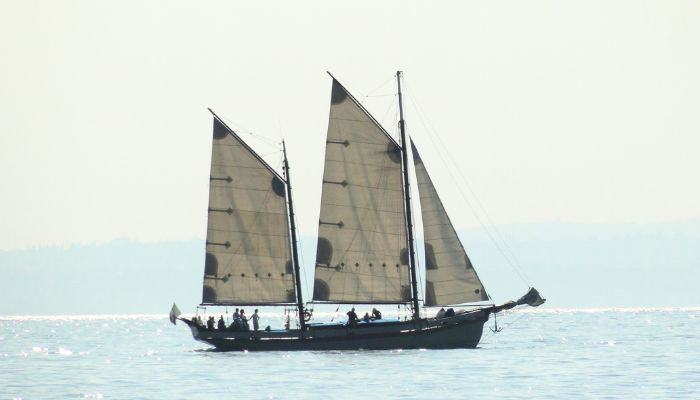
Schooners are a class of sailboats that can have more than two sails supported on masts known as the main mast and foremast. The foremast is located near the fore of the vessel and is slightly shorter than the main mast. In variations where additional masts are added to support more sails, they are positioned such that they remain shorter than the main mast depending on their sizes.
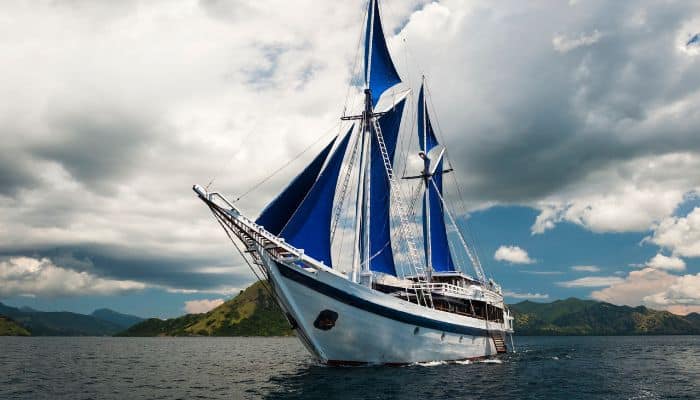
Keel Based Classification
The keel is the base of a vessel that provides a central backbone for the design of the entire structure. The boat keel is structurally relevant since it often has to carry the weight of the vessel.
In the case of sailboats, the keel is often what the entire craft rests on during transport by road or rail. Thus, keels need to have integral strength and be able to withstand a variety of forces.
Similarly, while sailing, the keel is the lowermost point of the vessel at which resistive forces act. As a result, many modifications are often made to the keel so that hydrodynamic features can be incorporated to reduce drag. Sailboats often sit high in the water owing to their design and shape.
However, for competition and performance crafts, it is essential that they try to sit as close to the surface of the water as possible without capsizing. Thus, the keel often plays the role of a central ballast, by integrating heavy iron or steel components so that the vessel draft increases.
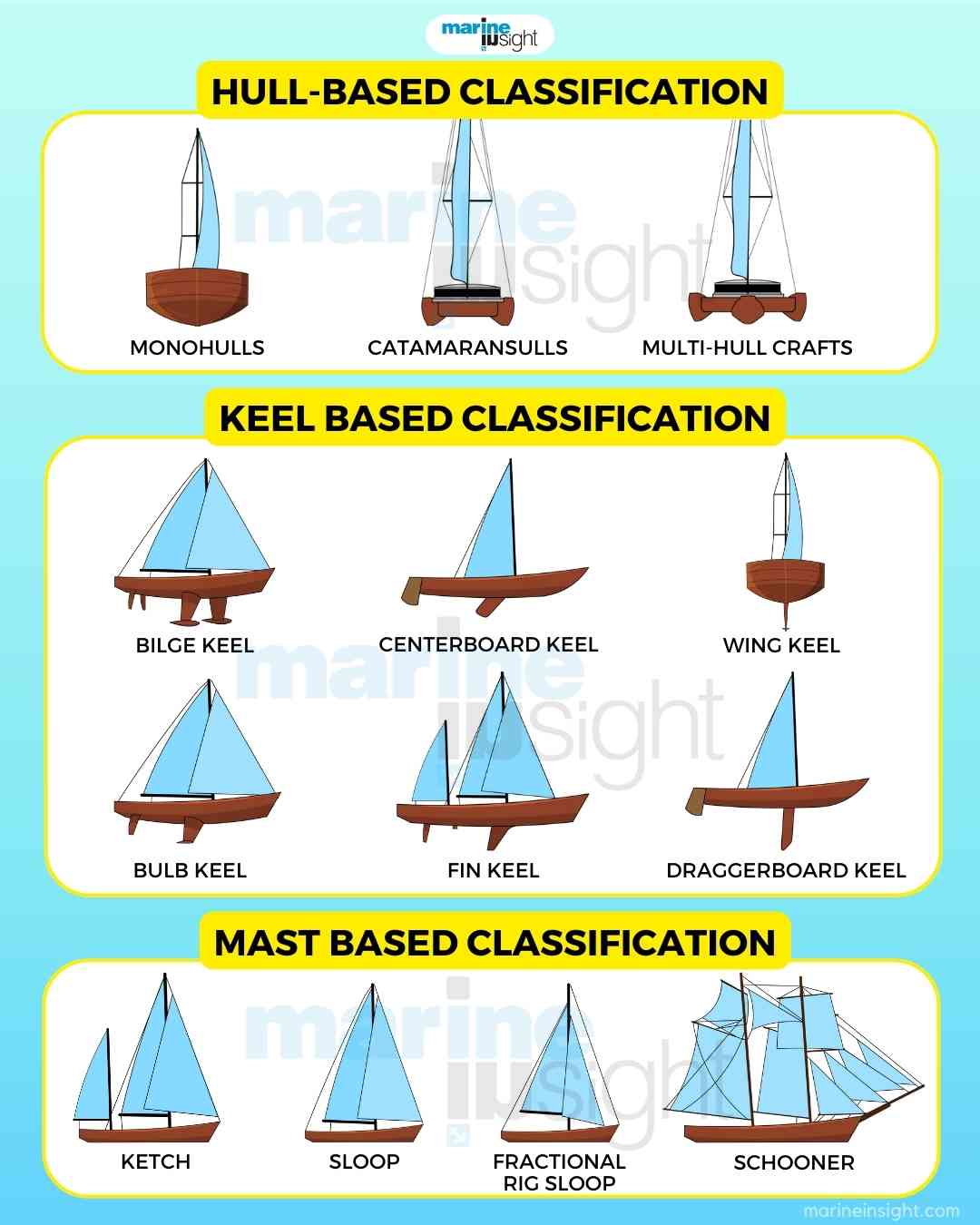
Based on keel type, there are several sailing boat variants found in the market. These generally have modified keels for improving performance and speed by integrating hydrodynamic features such as hydrofoils .
The types of keels commonly associated with sailboats are as follows: full-length keel, fin keel, centreboard keel, bilge keel, bulb keel and wing keel.
As the name suggests, full-length keels have keels that extend in the form of a long fin below the main structure of the ship. The fin runs along the length of the ship and often has an integrated rudder system attached at the stern.
The advantage of this type of keel is that it is easy to manufacture, with little cost in terms of development. Also, the ballast effect is provided by the extra weight of the full-length keel.
Since it can be difficult to enter certain ports or quays owing to the large draft that comes with this type of keel, manufacturers attempt to reduce fin depth and instead increase its length.
Fin keels , on the other hand, run only along certain regions of the sailboat. Located on the underside of the craft, it sticks out similar to the fin of a fish giving rise to this nomenclature. Since this type of keel must perform the same functions as the full-length keel without having a large length, the fin is deeper.
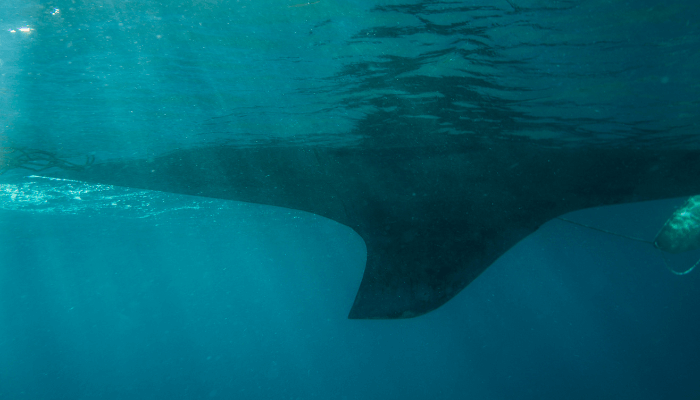
Owing to this large draft, it may be difficult to dock at certain ports due to depth restrictions. A key feature of this type of keel is that the rudder and manoeuvring systems remain independent of the fin keel, and are located at the extreme aft of the vessel. Centreboard keels are a common feature of high-performance crafts that take part in competitions. They are not restricted to monohull structures and are often found in catamarans and trimarans.
The centreboard keel employs a type of fin that is pivoted about a point on the keel of the vessel. By having a pivot, the natural flow of the vessel and surrounding water varies the depth at which the keel sits below the vessel. Similar to the fin keel, it only runs along a certain length of the vessel.
However, it is distinguished by being able to vary the angle of tilt with respect to the baseline of the craft. In some variations, the crew are able to manually change the angle of tilt, to change performance features during certain events and competitions.
Another variation of the centreboard keel is the daggerboard keel , which allows the fin to completely integrate into the underside of the vessel.
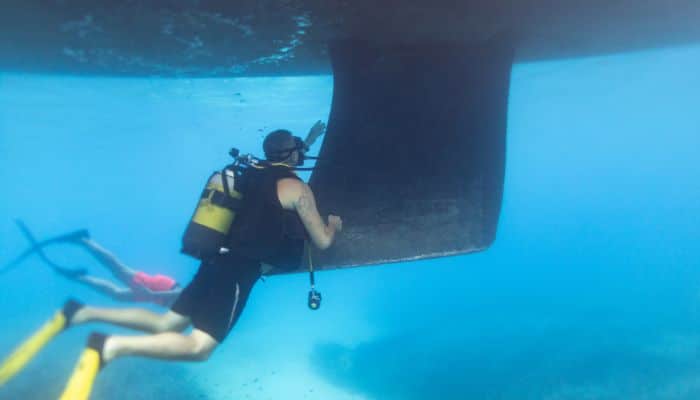
By providing a bay at the underside, the fin can be raised or lowered from the slot. In this type of keel, the raised configuration allows for higher speeds and reduced resistive forces. However, when lowered into the water, the vessel gains added stability and makes up for the loss in speed by improving hydrodynamic features.
Bilge keels refer to protrusions on the sides of the hull of the vessel, commonly called the bilges. These protrusions run along the length of the vessel while tapering into the hull panels at both ends.
The primary purpose of bilge keels is to improve the rolling stability of the craft. The fins stick out perpendicular to the hull and can vary in length depending on the purpose. For instance, sailboats require larger anti-roll stability and hence have long tapering bilge keels.
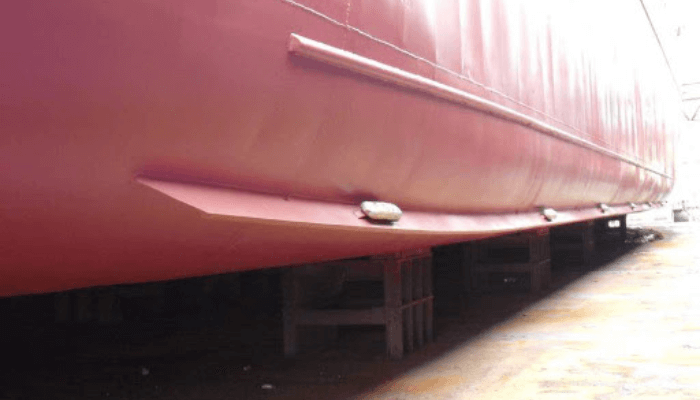
The bilge keels must be symmetrically placed on both the port and starboard sides, so as to ensure even hydrodynamic characters.
A bulb keel is a protrusion sticking vertically below the craft and terminating in an oblong-shaped hydrodynamic device called the bulb. The bulb acts as a 3D hydrofoil that improves the stability and handling of the vessel. Due to the increased wetted surface area, there is a slight drop in the speed, but it can be made up through superior handling capabilities.
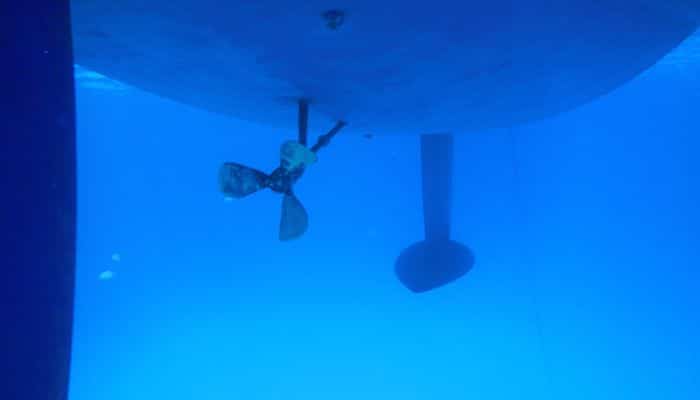
For smaller crafts, longer bulb keels are required, and as this length increases, the chance of accidental grounding of the vessel increases.
The last commonly found type of keel is the wing keel . The wing keel is similar to the bulb keel, except that instead of a bulb terminating a vertical protrusion, there are horizontal hydrofoils extending from the central shaft.
The primary purpose of the wings underneath the ship is to improve handling and stability. In addition, they slightly lift the craft above the surface of the water. As a result, the total wetted surface area remains constant and may even decrease. Thus, speed remains constant and may improve as the craft picks up velocity.
Mast Based Classifications
The mast of the vessel refers to a vertical shaft extending out of the deck which supports the sails and rigging. Older models of sailboats and ancient ships had masts constructed out of wood, while modern speed-oriented versions use galvanized steel or aluminium.
Aluminium has the benefit of being extremely light while still retaining its strength, which is important during harsh weather conditions.
The various mast-based classification includes – sloop, fractional-rig sloop, cutter, ketch, schooner and catboat.
The sloop is the most common mast type, where a single mast supports two sails called the headsail (or foresail) and the mainsail.
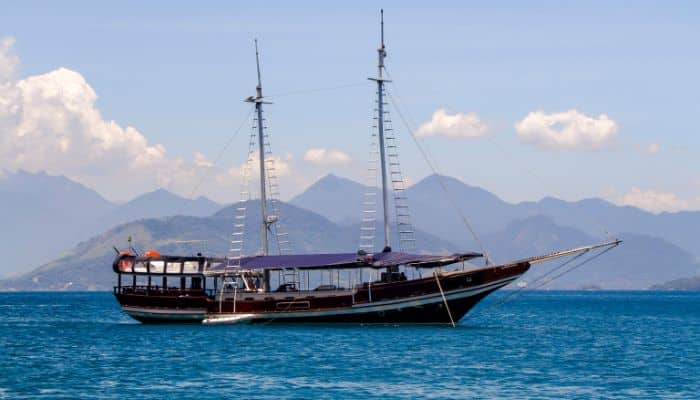
The headsail also goes by different names depending on the purpose and configuration of the sails.
In a fractional rig sloop , the forestay cable that is used to hoist the headsail is actually placed below the top of the mast. This configuration is particularly useful when it comes to performance, as the tip of the mast can be hauled towards the aft using stiff cables, and the sails can be collapsed.
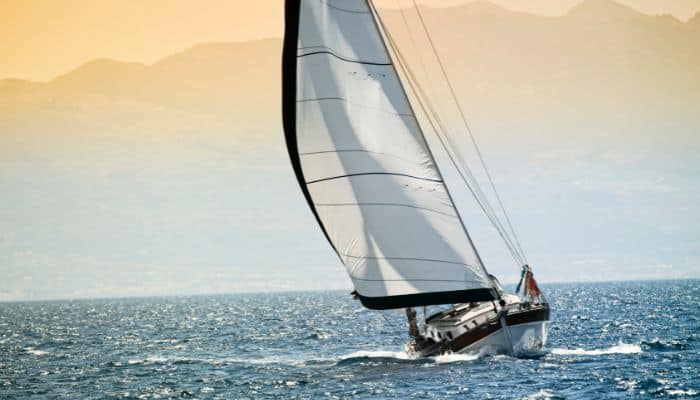
This is useful on days when wind power can be used to propel the sailboat, without the sails having to be fully extended.
Another useful feature of being able to trim or flatten the sails is that during particularly strong squalls of wind, the sails will not be punctured or ruptured due to the high wind pressure. The next type of mast configuration is the cutter. This involves a single mast supporting three sails- one mainsail, and two headsails known as the staysail hauled by the inner stay cable, and the jib hauled by the headstay cable.
The mast is located more towards the aft compared to the sloop, to allow for an easily manoeuvrable configuration. In addition, a wide range of sail arrangements makes it favourable for cruise operators and for competition purposes.
The ketc h has a two-mast configuration, with the aft mast known as the mizzen mast. The mizzen mast is located fore of the rudder post, and aft of the main mast.
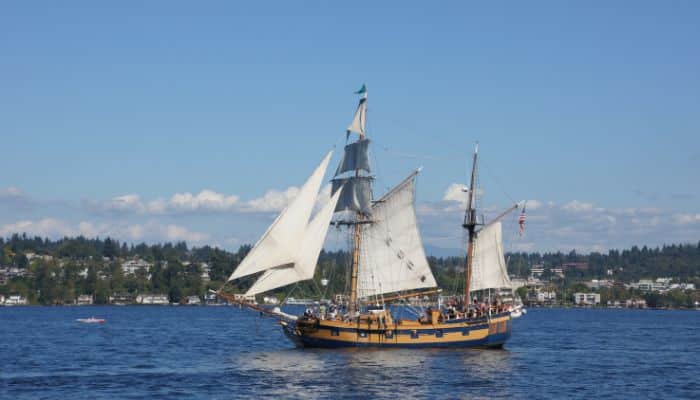
The mizzen sail rests on the mizzen mast. In general, the mizzen mast is slightly shorter than the main mast.
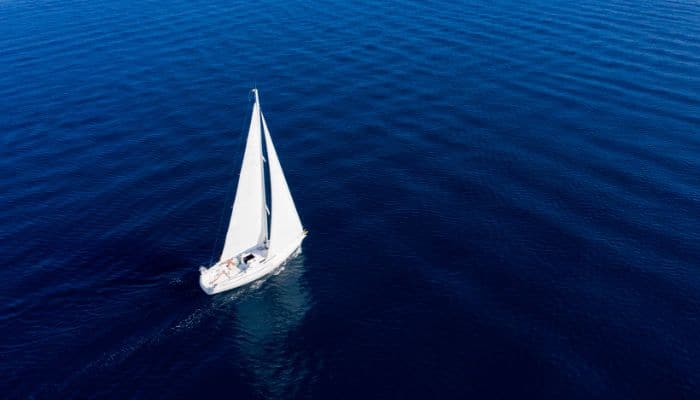
The main mast supports two sails known as the mainsail and the headsail.
The schooner is another configuration similar to the ketch, but where the aft mast is taller than the foremast.

Schooners can have multiple masts and are not restricted to commercial small and medium sailboats. The images of ancient ships that were used for trade and military purposes were often schooners having between four to six masts with an average of over ten sails each.
In addition, the sails of the schooner tend to lie along the length of the vessel, rather than along the beam. This is to prevent sail rupture during violent storms or during heavy winds. The catboat is one of the simplest configurations where only a single sail and mast arrangement are used.
The mast can be located either aft or fore of midships, with varying advantages to each configuration. The ease of design and construction makes it a favourable sailboat for beginners and trainees. However, the disadvantage behind the catboat is that the sail cannot be used to move against the direction of the wind, unlike other sail variations.
Apart from recreation purposes, sailboats are one of the most common types of vessels used in recreational purposes and competitions. They can vary in the hull, keel and sail configurations based on the primary purpose that they are intended to be used for.
For over five thousand years, sailboats have been in use, whether it has been for transportation in Ancient Egypt, or for sailing events in modern times. Technological advancements have turned the sailboat into a sleek, agile and fast vessel capable of reaching extremely high speeds by harnessing the power of the wind.
Whether it be for cruises or for racing events, sailboats and other such crafts continue to be a favourite choice for sailors.
Frequently Asked Questions About Sailboats
1. how many different kinds of sailboats are there.
There are many types based on their hull type- monohulls, catamarans and trimarans; keel type- fin keel, wing keel, daggerboard, centreboard; mast configuration and sails- sloop, fractional rig sloop, schooner, ketch, yawl, cutters and catch.
2. What is the most common type of sailboat?
The sloop is the most common sailboat. It has a mast, two sails, commonly a Bermuda rigged main and a headsail. They include a gaff rig, a mix of gaff and square rig or a Bermuda rig.
3. What is a four-masted sailboat called?
It is called a schooner. Traditional schooners have a gaff-rig, which means that they have a square topsail on the front of the mast. They were mainly constructed for carrying cargo, passengers and for fishing.
4. How many masts does a ketch have?
Ketch has two masts whose main mast is taller than the mizzen mast. It is similar to a yawl and has a triangular mizzen sail and a triangular or square headsail. Due to their smaller sails, they are easily manageable and preferred by sailors.
5. What is the most beautiful sailboat?
Some of the most beautiful sailboats in the world include Pelagic Australis, Thomas W Lawson, Royal Clipper, Barque Sedov and Amerigo Vespucci.
6. What are some popular sailboat brands?
Beneteau, Sparkman and Stephens, Oyster Yachts, Amel Yachts and Nautor’s Swan are some popular sailboat brands that sell the most number of sailboats yearly.
You Might also like to read
- Real Life Accident: Officer Of The Watch Ignores Lookout’s Warning, Ship Collides with Sailboat
- Introduction To Different Types Of Yachts
- 12 Sailing Books For Beginners
- The Ultimate Guide to Different Types of Boats – Top 20
- Main Types of Catamarans Used in the Shipping World
- What are Tug Boats – Types And Uses
Disclaimer : The information contained in this website is for general information purposes only. While we endeavour to keep the information up to date and correct, we make no representations or warranties of any kind, express or implied, about the completeness, accuracy, reliability, suitability or availability with respect to the website or the information, products, services, or related graphics contained on the website for any purpose. Any reliance you place on such information is therefore strictly at your own risk.
In no event will we be liable for any loss or damage including without limitation, indirect or consequential loss or damage, or any loss or damage whatsoever arising from loss of data or profits arising out of, or in connection with, the use of this website.

About Author
Ajay Menon is a graduate of the Indian Institute of Technology, Kharagpur, with an integrated major in Ocean Engineering and Naval Architecture. Besides writing, he balances chess and works out tunes on his keyboard during his free time.
Read More Articles By This Author >
Do you have info to share with us ? Suggest a correction
Related Articles
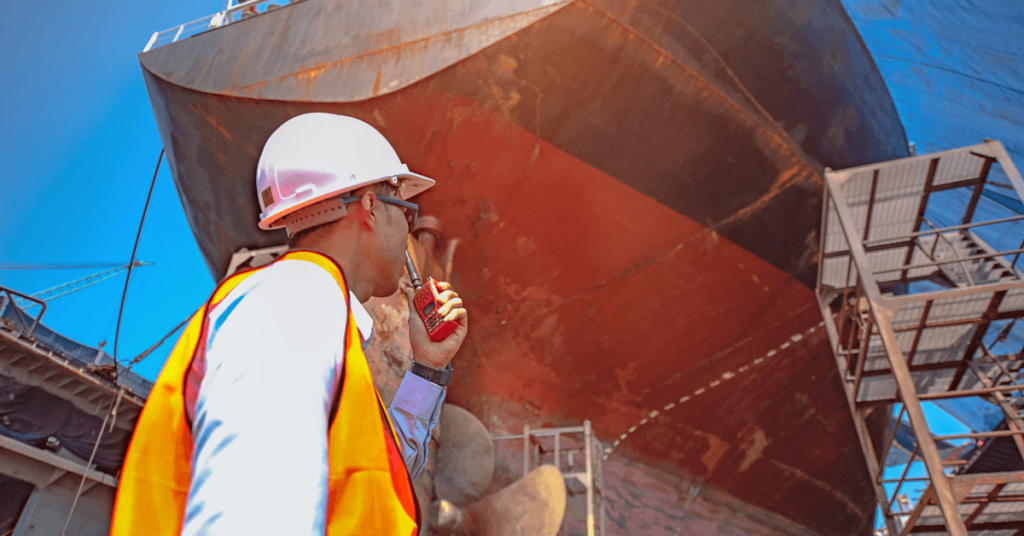
9 New Aspects of IACS Harmonised Common Structural Rules (CSR) For Ships
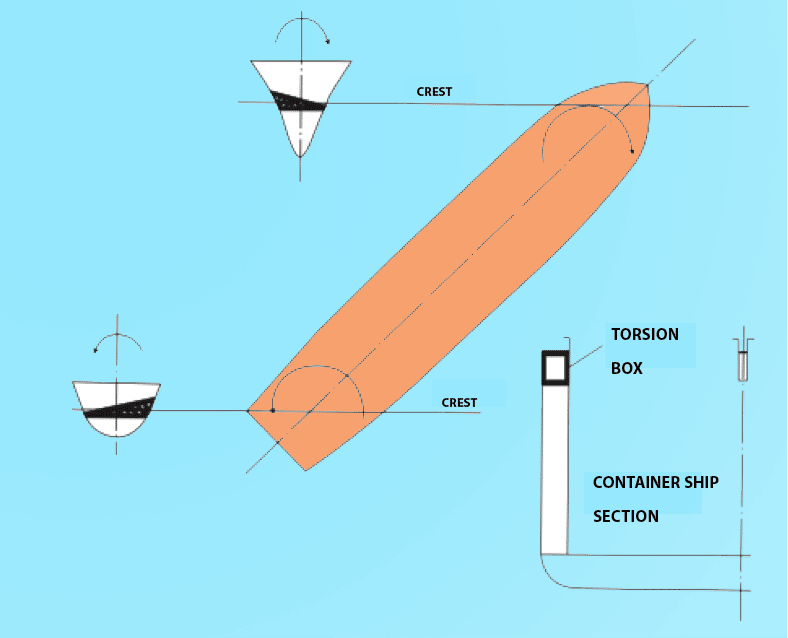
What Is The Purpose Of “Torsion Box” In Ships?
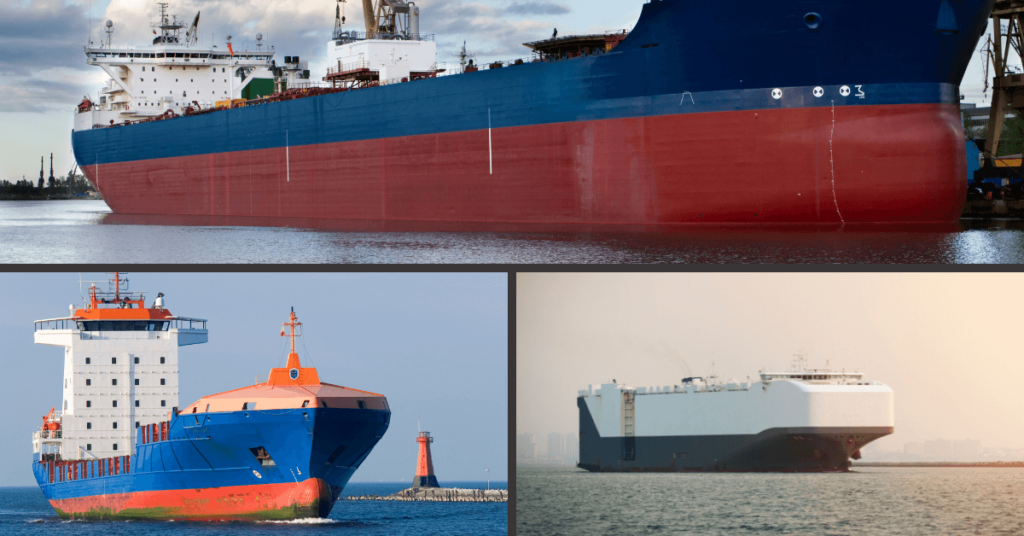
Types of Bow Designs Used For Ships
Daily maritime news, straight to your inbox.
Sign Up To Get Daily Newsletters
Join over 60k+ people who read our daily newsletters
By subscribing, you agree to our Privacy Policy and may receive occasional deal communications; you can unsubscribe anytime.
BE THE FIRST TO COMMENT
Leave a reply.
Your email address will not be published. Required fields are marked *
Subscribe to Marine Insight Daily Newsletter
" * " indicates required fields
Marine Engineering
Marine Engine Air Compressor Marine Boiler Oily Water Separator Marine Electrical Ship Generator Ship Stabilizer
Nautical Science
Mooring Bridge Watchkeeping Ship Manoeuvring Nautical Charts Anchoring Nautical Equipment Shipboard Guidelines
Explore
Free Maritime eBooks Premium Maritime eBooks Marine Safety Financial Planning Marine Careers Maritime Law Ship Dry Dock
Shipping News Maritime Reports Videos Maritime Piracy Offshore Safety Of Life At Sea (SOLAS) MARPOL
WAIT! Did You Download 13 FREE Maritime eBooks?
Sign-up and download instantly!
We respect your privacy and take protecting it very seriously. No spam!
WAIT! Did You Download 12 FREE Maritime eBooks?

All You Need to Know: Explaining the Different Types of Sailboats
Sailboats are a type of watercraft that are powered by the wind. They come in a variety of shapes and sizes, each with its unique characteristics and features. Understanding the different types of sailboats and their uses can be helpful for those who are interested in sailing or looking to purchase a sailboat.
Several factors determine the types of sailboats, including the hull type , keel type , mast configuration, and sails and rigging . The hull is the boat’s body and can be either a monohull, catamaran , or trimaran .
The keel is the underwater part of the hull that provides stability and can be either a fin keel, wing keel, bilge keel, daggerboard, or centerboard. The mast configuration and sails determine how the boat is powered, and can be a sloop, fractional rig sloop, ketch, schooner, yawl, cutter, or cat.
Types of Sailboats
Sailboats come in many different shapes and sizes, each designed for a specific purpose. Here are the most common types of sailboats:
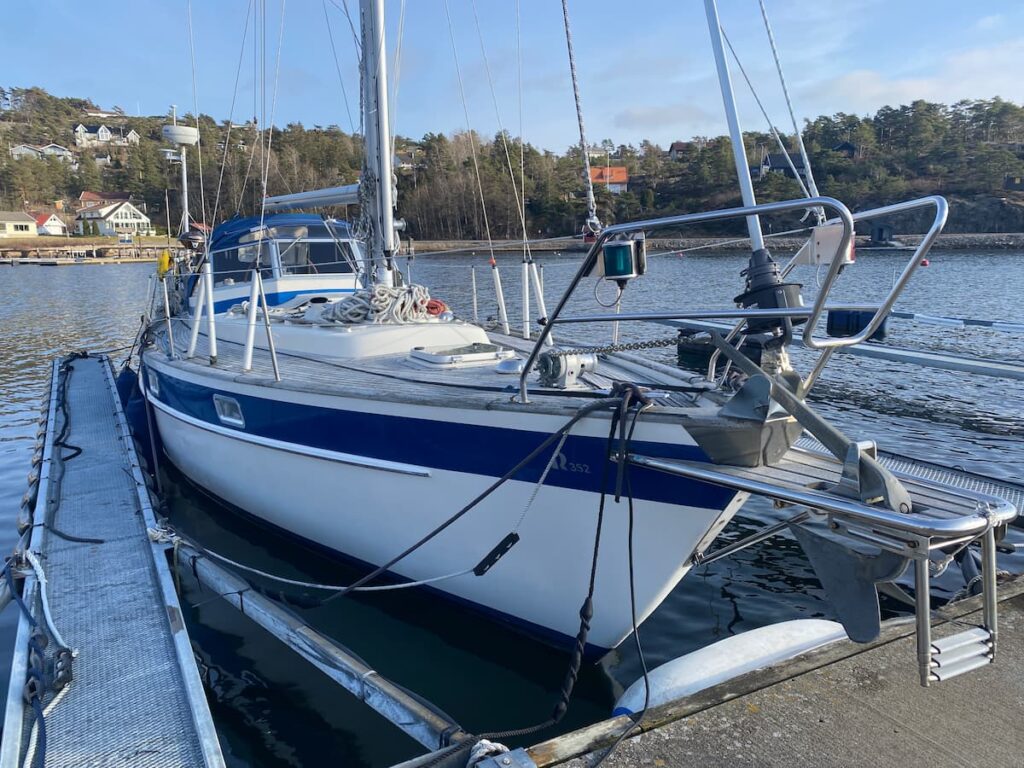
Cruising Sailboats
Cruising sailboats are designed for long-distance sailing and living aboard. They typically have a spacious interior with a galley, head, and sleeping quarters. They also have a large fuel and water capacity to allow for extended time at sea. Cruising sailboats come in many different sizes, from small pocket cruisers to large bluewater yachts.
Racing Sailboats
Racing sailboats are designed for speed and agility. They typically have a lightweight hull and a tall mast with a large sail area. Racing sailboats come in many classes , from dinghies to large offshore racing yachts. They are designed to be sailed by a skilled crew and require a high level of skill and experience to handle.
Daysailers are designed for short trips and day sailing. They typically have a simple interior with minimal accommodations. Daysailers come in many different sizes, from small dinghies to larger keelboats. They are easy to handle and are a great choice for beginners or for those who want to enjoy a day on the water without the hassle of a larger boat.
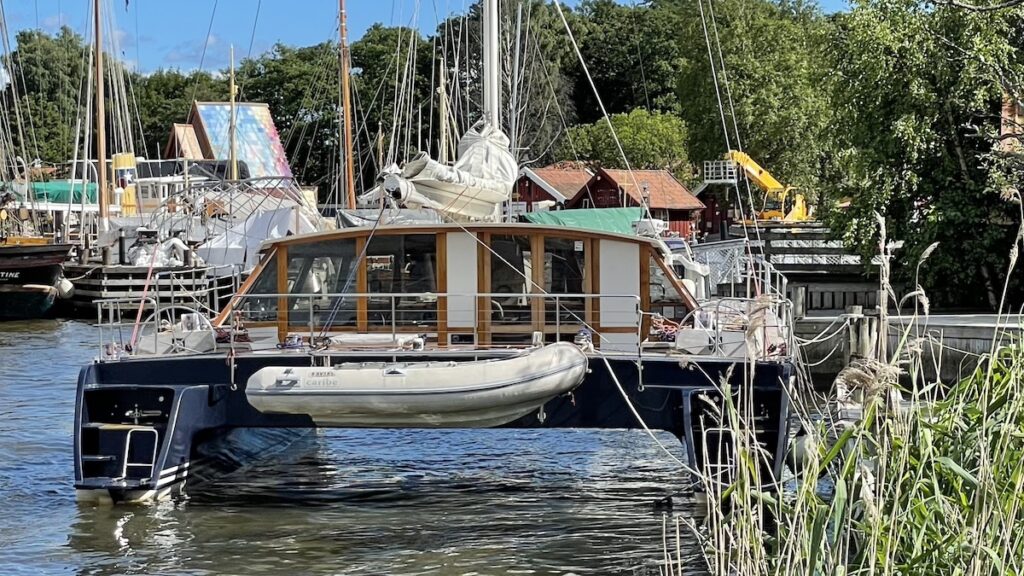
Catamarans are sailboats with two hulls. They are designed for stability and speed and are often used for cruising or racing. Catamarans have a spacious interior and a large deck area, making them a popular choice for those who want to live aboard or entertain guests. They are also popular for chartering and can be found in many popular sailing destinations around the world.
Trimarans are sailboats with three hulls. They are designed for speed and stability and are often used for racing or long-distance cruising. Trimarans have a narrow hull and a large sail area, making them incredibly fast and agile on the water. They are also popular for their spacious interior and large deck area, making them a great choice for those who want to live aboard or entertain guests.
Sailboat Hull Types
When it comes to sailboats, there are two main categories of hull types: monohull and multihull. Each has its unique characteristics and advantages.
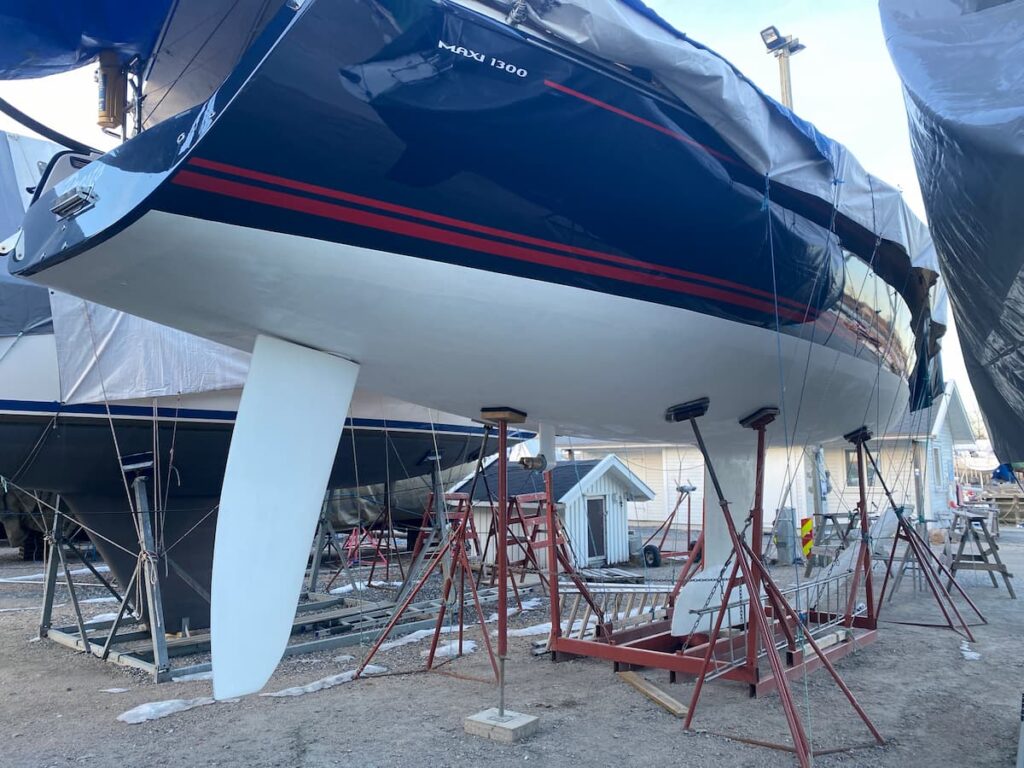
Monohull Sailboats
Monohull sailboats are the most common type of sailboat. They have a single hull, and the hull is typically long and narrow, which makes them more efficient when sailing upwind. Monohulls come in a variety of styles, including:
- Flat-bottom vessels
- Fin-keel racers
- Bulb and bilge keel cruisers
- Heavy semi-displacement sailboats
- Dense full-keel displacement cruisers
Each of these styles has its advantages and disadvantages. For example, flat-bottom vessels are the most stable, but they don’t work well in deep waters. Fin-keel racers are designed for speed and performance but may not be as comfortable for long-term cruising.
Multihull Sailboats
Multihull sailboats have two or more hulls. The most common types of multihulls are catamarans and trimarans. Multihulls have several advantages over monohulls, including:
- More stability
- Better performance in light winds
Catamarans have two hulls, which are connected by a deck. They are known for their stability and spaciousness. Trimarans have three hulls, which make them even more stable and faster than catamarans. However, they are not as spacious as catamarans.
Sailboat Rigging Types
When it comes to sailboat rigging types, there are several options to choose from. Each type of rig has its advantages and disadvantages, and choosing the right one will depend on a variety of factors, including the type of sailing you plan to do and the size of your boat . Some of the most common sailboat rigging types include:
The sloop rig is one of the most popular sailboat rigging types and is commonly used on boats ranging in size from small dinghies to large cruisers. It consists of a single mast with a mainsail and a jib or genoa. The mainsail is typically a triangular shape, while the jib or genoa is a smaller sail that is used to control the boat’s direction.
The cutter rig is similar to the sloop rig but with an additional headsail. This makes it a popular choice for sailors who want more control over their boat’s speed and direction. The mainsail is still triangular, but the headsail is typically smaller than the jib or genoa used in a sloop rig.
The ketch rig is a two-masted sailboat rigging type that is commonly used on larger boats. It consists of a main mast and a smaller mizzen mast located aft of the cockpit. The mainsail is typically triangular, while the mizzen sail is smaller and located behind the cockpit. The ketch rig is known for its versatility and is often used for long-distance cruising.
The yawl rig is similar to the ketch rig but with a smaller mizzen mast located further aft. This makes it a popular choice for sailors who want more control over their boat’s direction, especially in heavy winds. The yawl rig is also known for its ability to sail close to the wind, making it a popular choice for racing sailors.
Sailboat Sails
Several types of sails are commonly used on sailboats . Each sail has a specific purpose and is designed to work in different wind conditions. The main types of sails include mainsails, jibs, genoas, and spinnakers.
The mainsail is the largest sail on a sailboat and is typically located behind the mast. It is attached to the mast and boom and is used to capture the wind and propel the boat forward. The mainsail is the most important sail on the boat and is used in a wide range of wind conditions.
The mainsail can be adjusted in several ways to optimize its performance. The sail can be reefed, or reduced in size, to reduce the amount of sail exposed to the wind in high winds. The sail can also be twisted to adjust the shape of the sail and improve its performance in different wind conditions.
The jib is a smaller sail that is located in front of the mast. It is attached to the mast and forestay and is used to help balance the boat and improve its performance in light wind conditions. The jib is typically used in conjunction with the mainsail and can be adjusted to optimize its performance.
There are several types of jibs, including the working jib, the genoa jib, and the storm jib. The working jib is the most common type of jib and is used in moderate wind conditions. The genoa jib is a larger jib that is used in light wind conditions, while the storm jib is a smaller jib that is used in high wind conditions.
The genoa is a large jib that is used in light wind conditions. It is similar to the jib but is larger and overlaps the mainsail. The Genoa is attached to the mast and forestay and is used to capture as much wind as possible to propel the boat forward.
The Genoa is typically used in conjunction with the mainsail and can be adjusted to optimize its performance. It can be furled, or rolled up when not in use to reduce wind resistance and improve the boat’s performance.
The spinnaker is a large, balloon-shaped sail that is used for downwind sailing. It is typically used in light wind conditions and is attached to a spinnaker pole to keep it away from the boat’s mast and sails.
The spinnaker is used to capture as much wind as possible and propel the boat forward. It is typically used in conjunction with the mainsail and jib and can be adjusted to optimize its performance.

What factors determine the types of sailboats?
The factors that determine the types of sailboats include hull type, keel type, mast configuration, and sails and rigging.
What are the two main categories of sailboat hull types?
The two main categories of sailboat hull types are monohull and multihull.
What are some common sailboat rigging types?
Common sailboat rigging types include sloop rig, cutter rig, ketch rig, and yawl rig.
What are the main types of sails used on sailboats?
The main types of sails used on sailboats include mainsails, jibs, genoas, and spinnakers.
What are the differences between a catamaran and a trimaran?
A catamaran has two hulls connected by a deck, while a trimaran has three hulls. Trimarans are generally more stable and faster than catamarans, but they are not as spacious.
About the author
I worked as an officer in the deck department on various types of vessels, including oil and chemical tankers, LPG carriers, and even reefer and TSHD in the early years. Currently employed as Marine Surveyor carrying cargo, draft, bunker, and warranty survey.
Leave a Reply Cancel reply
Your email address will not be published. Required fields are marked *
Save my name, email, and website in this browser for the next time I comment.
Latest posts
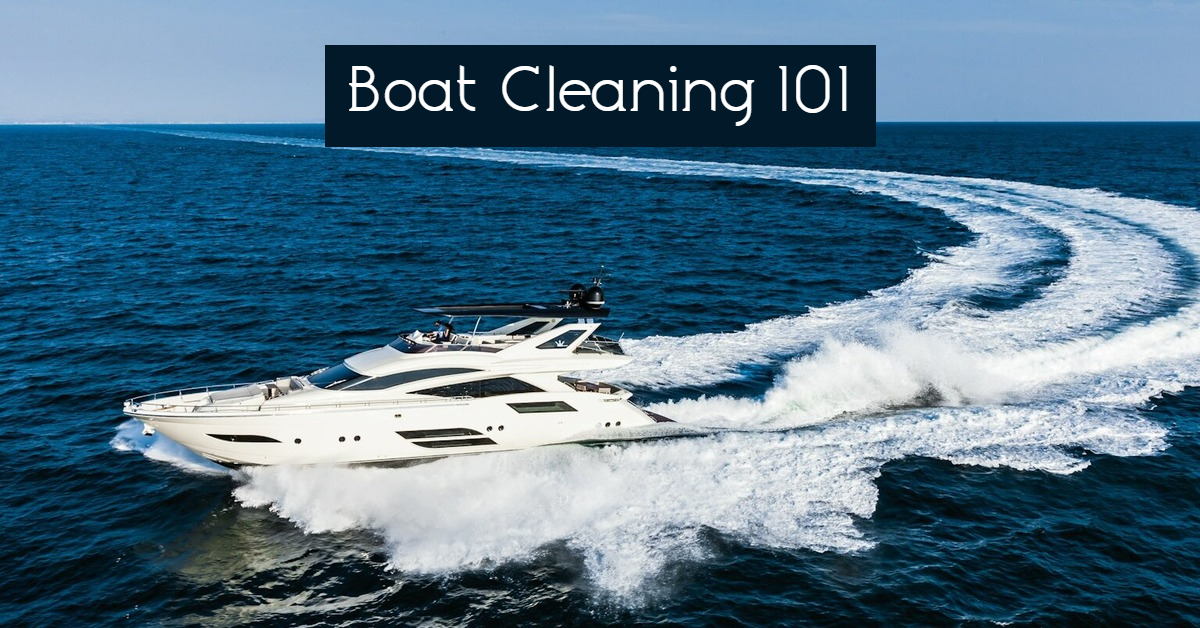
Boat Cleaning 101: How Are Ships Cleaned?
Boat cleaning is an underrated part of maintaining a water vessel. The process and general cleaning practices can change depending on the vessel type.
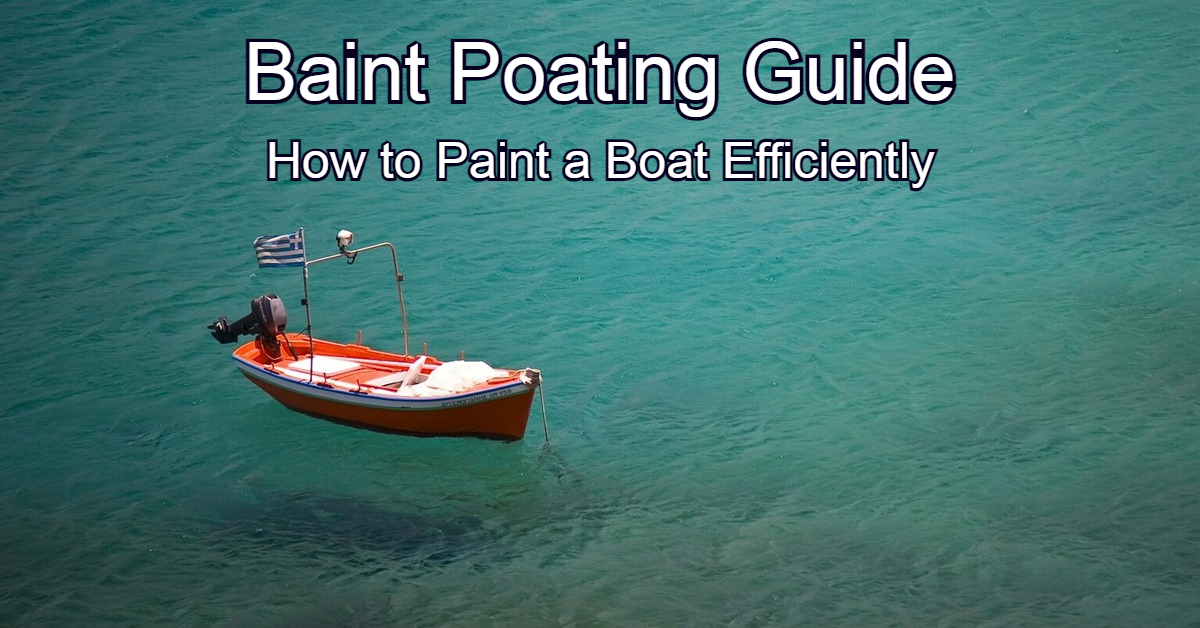
Boat Painting Guide: How to Paint a Boat Efficiently
Interested in learning how to paint a boat? Boat paint has to be tailored for water transportation and extreme weather conditions.

What Is a TEU In Regards to Marine Shipping?
What is a TEU? A twenty-foot equivalent unit (TEU) is a widely accepted standard unit of measurement in marine shipping, representing the capacity of a standard 20-foot-long container.
Types of Sailboats: Essential Guide for Every Sailor
Sailboats have been an essential part of human history, contributing to exploration, trade, and leisure. With a myriad of designs and sizes, these versatile vessels cater to various purposes and preferences. The defining characteristics of sailboats come from their rigging, sails, and hull design.
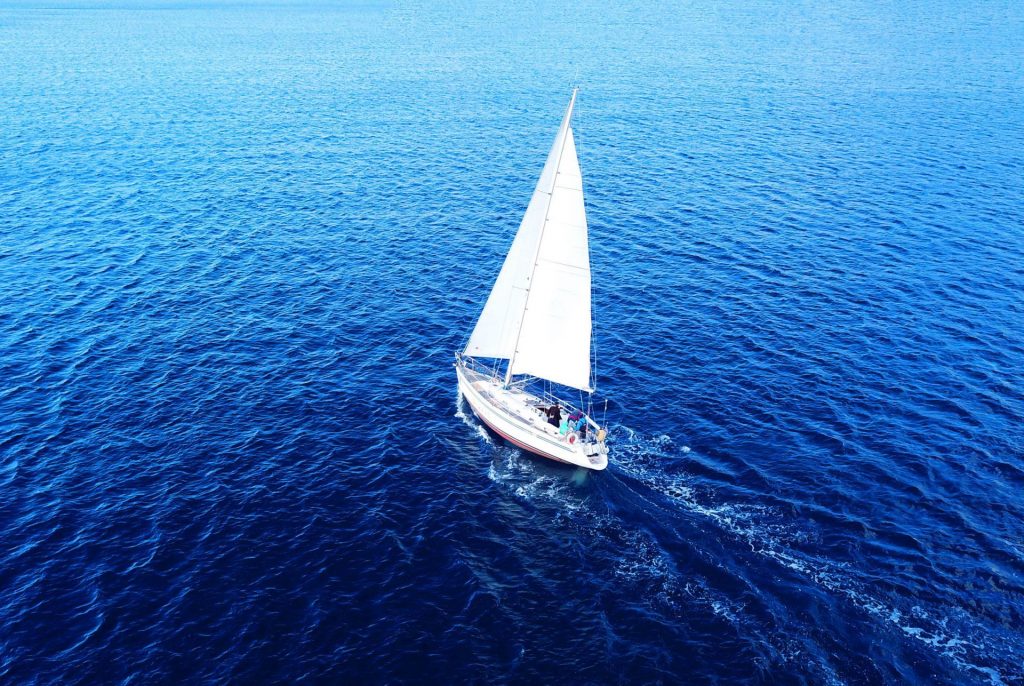
The basics of sailboat design play a significant role in the classification and function of these vessels. Hull shapes, keel types, and construction materials contribute to the speed, stability, and maneuverability of sailboats. Additionally, rigging and sails come in various shapes and sizes, which influence sailing performance and handling.
Key Takeaways
- Sailboats are classified by hull design, rigging, and sails that serve specific purposes.
- Designs and materials have a direct impact on the performance and handling of sailboats.
- A wide range of sailboat types exists, which cater to different needs and preferences.
Basics of Sailboat Design
Sailboats come in various shapes and sizes, designed for different purposes and sailing conditions. One can classify sailboats based on hull types, keel types, and mast configurations. This section will briefly discuss these basic components of sailboat design.
There are mainly two types of hulls: monohull and multihull.
- Monohull : This is the traditional and most common type of sailboat hull. It consists of a single hull, providing stability through the use of a keel or centerboard. Monohulls come in various shapes and sizes, suitable for various sailing conditions.
- Catamaran : Catamarans have two parallel hulls of equal size, offering increased stability and speed compared to monohulls. They are commonly used for cruising and racing.
- Trimaran : Trimarans have three hulls, with a larger central hull and two smaller outrigger hulls. This design offers even more stability and speed than catamarans.
The keel is an essential component in sailboat design, helping with stability and performance. There are various keel types, including:
- Full keel : This traditional design features a long and wide keel that extends along the boat's bottom. It offers good tracking and stability but sacrifices speed and maneuverability.
- Fin keel : Fin keels are shorter and deeper than full keels, providing a better combination of stability and maneuverability. These are common in modern monohull sailboats.
- Bulb keel : A bulb keel features a fin keel with a heavy bulb at the bottom, which concentrates the boat's weight, increasing stability and performance in rough conditions.
- Swing keel or centerboard : Swing keels and centerboards can be raised or lowered, allowing the boat to adapt to different water depths and sailing conditions. They are common in smaller boats and racing sailboats.
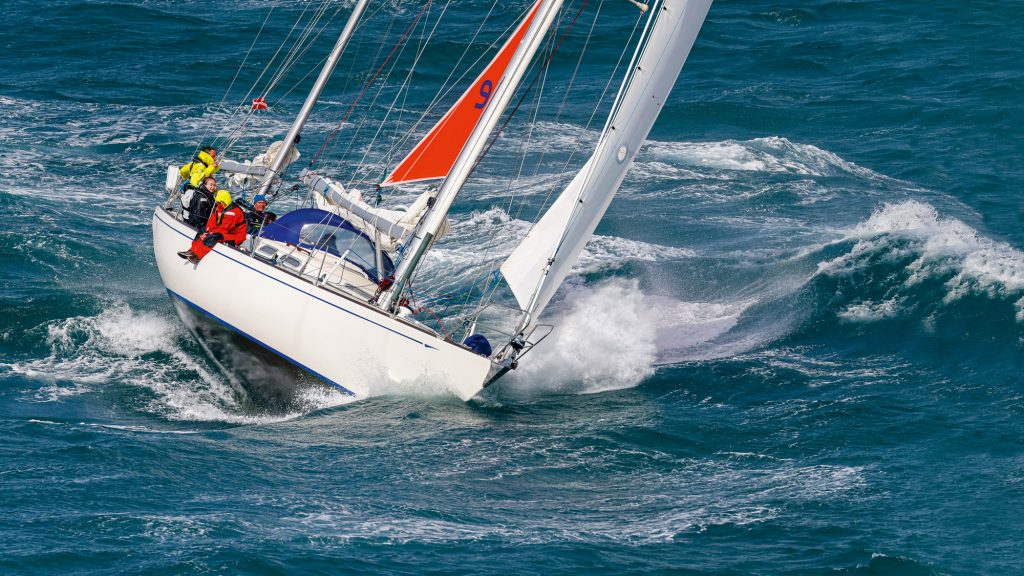
Mast Configuration
The mast configuration affects the sail plan and overall performance of a sailboat. Some common mast configurations include:
- Sloop : This is the most popular mast configuration and features a single mast with a mainsail and a headsail. The simple design makes it easy to handle and suitable for various sailing conditions.
- Cutter : Similar to the sloop, the cutter also has a single mast but carries two headsails, providing more sail area and better performance in heavy weather.
- Ketch : A ketch configuration has two masts: a taller main mast and a shorter mizzen mast. This design offers more flexibility in sail combinations and better balance in different sailing conditions.
- Yawl : Similar to a ketch, a yawl also features two masts but the mizzen is located further aft and is smaller. This design provides better balance and control, particularly in downwind sailing scenarios.
In conclusion, the basics of sailboat design involve selecting the appropriate hull type, keel type, and mast configuration for the desired sailing performance and conditions. Understanding these concepts can help sailors make informed decisions when choosing a sailboat or planning their sailing adventures.
Rigging and Sails
When it comes to sailboats, the rigging and sails play a crucial role in the boat's overall performance and capabilities. This section will briefly cover popular rig types and sail types seen on different sailboats.
There are several types of rigs commonly found on sailboats:
- Sloop : Sloops are the most common type of rig found on modern sailboats. They have a single mast with a mainsail and a single headsail, typically a genoa or jib.
- Ketch : Ketches have two masts, with the main mast taller than the mizzen mast situated aft. They carry a mainsail on the main mast and a mizzen sail on the mizzen mast. Ketches benefit from easier handling and reduced sail area under strong winds.
- Yawl : Similar to ketches, yawls have two masts, but the mizzen mast is smaller and sits further aft, behind the rudder post. Yawls are often chosen for their graceful appearance and improved balance.
- Schooner : Schooners have two or more masts, with the aft mast(s) typically taller than the forward mast(s). Schooners can handle more sails, offering increased sail area for better performance, especially downwind.
- Catboat : Catboats are single-masted sailboats with a single, large mainsail and no headsails. They have a wide beam, which provides stability and ample space for passengers.
- Cutter : Cutters are similar to sloops but carry two headsails, usually a jib and staysail. Cutters may have multiple headsails for increased versatility in various wind conditions.
In addition to the types of rigs, there are also several types of sails used on sailboats, including:
- Mainsail : The primary sail attached to the back of the main mast. It is typically raised on a track or luff groove and managed by a combination of halyard, sheet, and boom vang.
- Genoa : A large triangular sail that overlaps the mainsail, typically used in light winds to provide additional surface area for better performance.
- Jib : A smaller, non-overlapping triangular sail attached to the forestay. Jibs are easier to manage than genoas and are used in a variety of wind conditions.
- Spinnaker : A large, lightweight sail used primarily for downwind sailing . Spinnakers are often brightly colored and shaped like a parachute to catch wind efficiently.
- Staysail : A smaller sail typically used in cutter rigs, positioned between the main mast and the forestay. Staysails provide additional sail area and versatility in varied wind conditions.
Understanding the relationship between sail and rigging can help sailors optimize the performance of their sailboats. With various options for rig types and sail types, each sailboat can be configured to meet the unique needs of its skipper and crew.
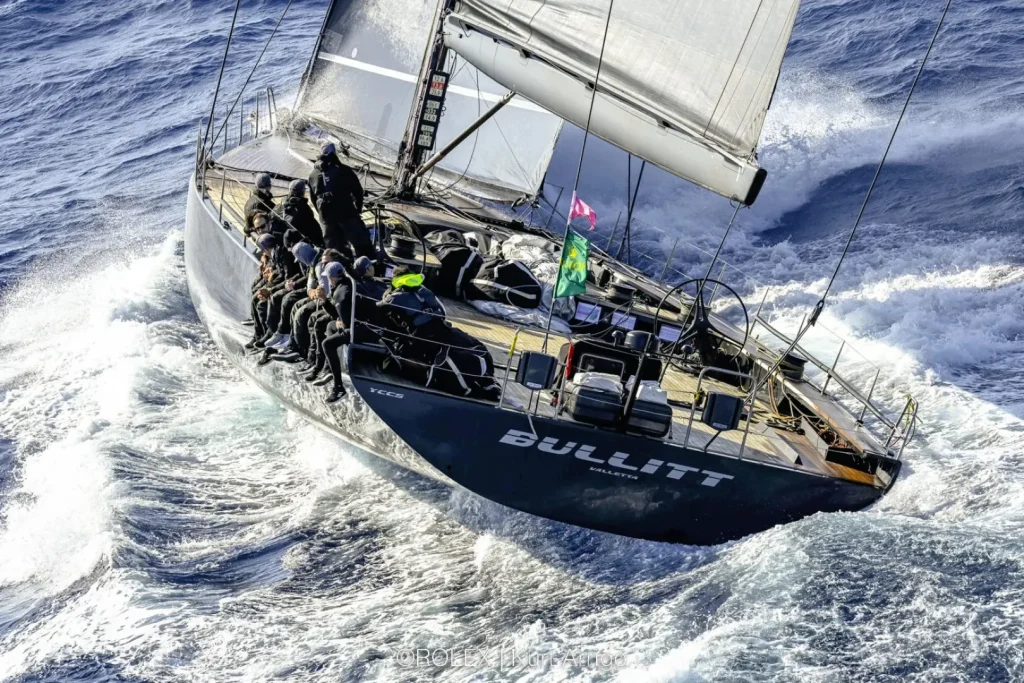
Classes and Types of Sailboats
Monohulls are the most common type of sailboats, consisting of a single hull that provides stability and balance. They come in various sizes and designs, depending on their intended use. Some popular monohull sailboats include the Optimist , Finn, and Sunfish, which are frequently used for racing and recreational sailing. Monohulls tend to have a deeper draft, requiring more water depth than their multi-hull counterparts.
Multihulls, also known as multi-hull sailboats, are a more modern innovation in sailing. They feature two or more hulls connected by a frame or bridgedeck. This design offers increased stability and speed over monohulls. Some common types of multihulls are catamarans (with two hulls) and trimarans (with three hulls). Due to their wider beam and shallower draft, multihulls are particularly suitable for cruising in shallow waters and provide more living space on board.
One-Design Sailboats
One-Design sailboats are a specific class of racing sailboats in which all boats are built to the same design specifications, ensuring that the competition focuses on the skill of the sailor rather than the design of the boat. These boats must adhere to strict rules and standards, with minimal variations allowed in terms of hull shape, sail area, and rigging. Some popular one-design sailboats include the Enterprise and the aforementioned Optimist and Finn sailboats.
Dinghies and Skiffs
Dinghies and skiffs are small, lightweight sailboats that are often used for sailing classes, short-distance racing, or as tenders to larger boats. Dinghies usually have a single mast with a mainsail and sometimes a small jib. Some popular types of sailing dinghies include the Optimist, which is specifically designed for children, and the versatile Sunfish sailboat. Skiffs, on the other hand, are high-performance sailboats primarily used for racing. They have a larger sail area relative to their size and typically include features such as trapezes and planing hulls, which allow for faster speeds and greater maneuverability.
In conclusion, there are various classes and types of sailboats, each with its own unique features and characteristics. From the simplicity of monohulls to the stability and speed of multihulls, and from the fair competition of one-design sailboats to the excitement of dinghies and skiffs, there is a sailboat to satisfy every sailor's preferences.
Sailboat Size and Use
When exploring the world of sailboats, it's important to understand their different sizes and purposes. Sailboats can be categorized into three main types, each with unique characteristics and uses: Day Sailers , Racing Sailboats, and Cruising Sailboats .
Day Sailers
Day Sailers are small sailboats typically ranging from 10 to 24 feet in length. These boats are perfect for short sailing trips and are easy to maneuver for beginners. They have limited accommodations on board, providing just enough seats for a small group of people. Some popular day sailer models include the Laser, Sunfish, and Flying Scot. Lightweight and agile, Day Sailers are often used for:
- Recreation: casual sailing or exploring nearby waters with family and friends
- Training: beginner sailing lessons or practicing sailing techniques
- Competition: local club races or interclub regattas
Racing Sailboats
Racing Sailboats are designed to provide maximum speed, maneuverability, and efficiency on the water. Sizes may vary greatly, from small dinghies to large yachts. Key features of racing sailboats include a sleek hull shape, high-performance sails, and minimalistic interiors to reduce weight.
Career racers and sailing enthusiasts alike participate in various types of racing events , such as:
- One-design racing: all boats have identical specifications, emphasizing crew skill
- Handicap racing: boats of different sizes and designs compete with time adjustments
- Offshore racing: long-distance racing from one point to another, often around islands or across oceans
Cruising Sailboats
Cruising Sailboats are designed for longer journeys and extended stays on the water. They typically range from 25 to 70 feet in length and provide comfortable accommodations such as sleeping cabins, a galley, and storage spaces for supplies and equipment. Sailing cruisers prioritize stability, comfort, and durability for their voyage.
Here are some common types of cruising sailboats:
- Cruiser-racers: These boats combine the speed of a racing sailboat with the comfort and amenities of a cruising sailboat. They are ideal for families or sailors who enjoy participating in racing events while still having the option for leisurely cruises.
- Bluewater cruisers: Designed for handling the world's most demanding ocean conditions, bluewater cruisers are built with a focus on sturdy, self-reliant sailboats that can withstand long-distance voyages and challenging weather conditions.
- Multihulls: Catamarans and trimarans are gaining popularity in the cruising world for their typically more spacious interiors and level sailing characteristics. With two or three hulls, multihulls offer high levels of stability and speed for a comfortable cruising experience.
Understanding the differences between various sailboat types will help potential sailors select the perfect vessel for their sailing goals, skills, and preferences. Day Sailers, Racing Sailboats, and Cruising Sailboats each have their unique features, catering to distinct uses and sailing experiences.
Advanced Sailboat Features
Sailboats have evolved over time, and many advanced features have been developed to enhance performance and safety. In this section, we will discuss some of the key advanced features in modern sailboats, focusing on performance enhancements and safety/navigation.
Performance Enhancements
One critical component that impacts a sailboat's performance is the type of keel it has, which affects stability, resistance, and maneuverability . There are several kinds of keels such as fin keel , wing keel , and bulb keel . Fin keels offer low drag and high efficiency, making them suitable for racing sailboats. On the other hand, wing keels provide better stability at low speeds, while bulb keels provide a lower center of gravity to enhance overall stability and comfort during long voyages.
Another feature that contributes to a sailboat's performance is its sails and rigging. The jib is a triangular sail at the front of the boat, which helps improve its upwind performance. More advanced sailboats use a combination of shrouds , which are the supporting cables running along the sides of the boat, and stays , the cables that help hold the mast in place, to create a stable and efficient rigging system.
A sailboat's performance can also be influenced by the presence of a centerboard or daggerboard , which can be adjusted to optimize stability, maneuverability, and speed. When racing or navigating in shallow waters, retractable centerboards and daggerboards are particularly useful as they provide better performance and versatility.
Safety and Navigation
Safety and navigation onboard a sailboat relies on a combination of advanced gear and equipment. A modern sailboat is usually equipped with:
- GPS and chartplotters to assist with navigation and planning routes
- VHF radios for communication with other vessels and authorities
- Radar to detect obstacles, weather systems, and other vessels
- AIS (Automatic Identification System) which helps monitor nearby vessel traffic
The design of a sailboat's hull, rigging, sails, and hardware also contribute to its safety. The boom , the horizontal pole that extends the sail, should be properly secured and designed to avoid accidents while sailing. The keel , whether it's a fin, wing, or bulb keel, plays a vital role in the overall stability and safety of the sailboat. The choice of keel should be based on the intended use of the sailboat and the prevailing sailing conditions.
In summary, advanced sailboat features significantly improve the performance, safety, and navigation capabilities of modern sailboats. Innovations in keel design, rigging systems, and onboard navigational equipment have undoubtedly contributed to the overall enjoyment and safety of sailing.
Sailboat Ownership
Buying Considerations
When considering buying a sailboat , it is important to understand the different types of sailboats available and the purpose each serves. Sailboats can be broadly categorized into three types:
- Racing sailboats: Designed for speed and performance, with minimalistic interiors and advanced sail systems.
- Cruising sailboats: Built for comfort and longer trips, featuring more spacious interiors and amenities.
- Daysailers: Smaller, easy-to-handle boats that are often used for short trips and recreational sailing.
Prospective boat owners should consider factors such as boat size, type, budget, and intended use (solo vs. family sailing, charter operations, etc.). It's also essential to evaluate the availability of necessary gear and the level of experience required to handle the chosen sailboat.
Maintenance and Upkeep
Sailboat ownership involves maintenance and upkeep to ensure the boat remains functional, safe, and holds its value. Some common maintenance tasks include:
- Hull cleaning and inspection: Regularly inspect the hull for damages and clean off any growth to maintain performance and fuel efficiency.
- Antifouling paint: Apply antifouling paint to prevent marine organisms from attaching to the hull, which can negatively impact the boat's performance.
- Engine maintenance: Check and replace engine oil, inspect cooling and fuel systems, and clean or replace air filters.
In addition to regular maintenance, sailboat owners should also be prepared to replace or repair critical systems and components, such as:
- Sails: Monitor the condition of your sails and replace them as needed to maintain performance and safety.
- Rigging: Regularly inspect and maintain the standing and running rigging, and replace worn or compromised parts.
- Electronics and instruments: Ensure navigation systems, radios, and other electronic equipment are functioning properly.
Taking proper care of a sailboat can be time-consuming, and some owners may choose to charter their boats when not in use as a way to offset ownership costs. Others may opt for hiring professionals to manage routine maintenance, particularly when sailing solo or with limited sailing experience.
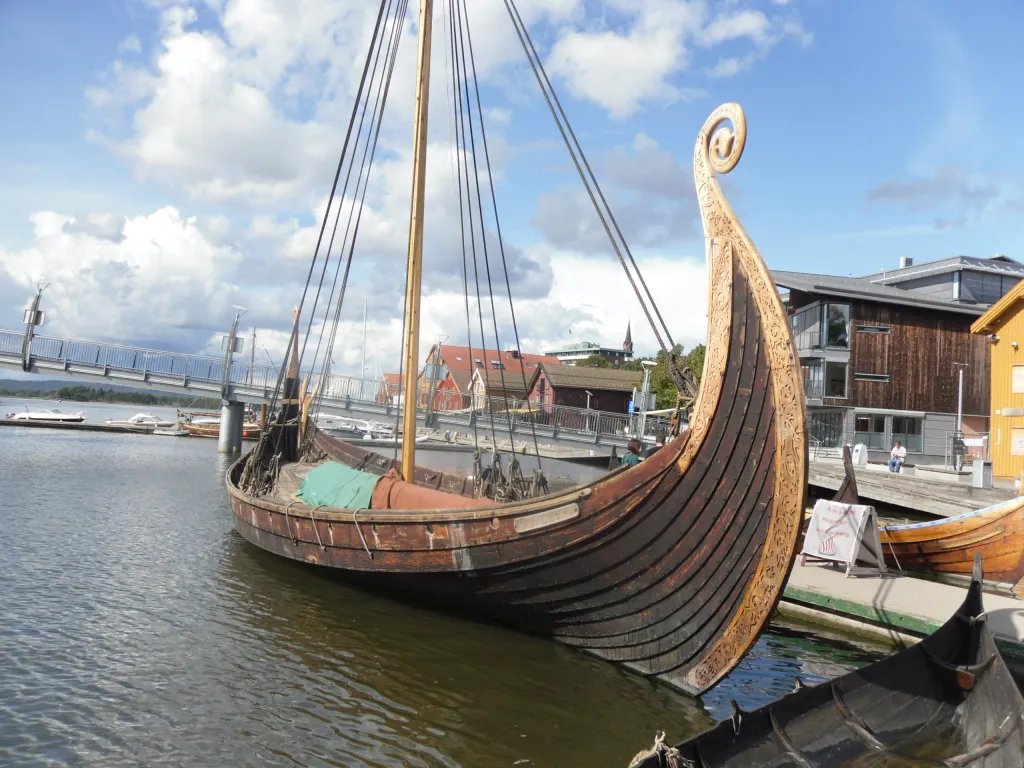
Historical and Special Sailboats
Tall ships and gaffers.
Tall Ships are large, traditionally rigged sailing vessels with multiple masts, typically square-rigged on at least one of their masts. Some examples of these ships include the clipper, brig, and square-rigged vessels. The clipper is a fast sailing ship known for its sleek hull and large sail area, while the brig features two square-rigged masts. Square-rigged ships were known for their impressive sail area and could cover large distances quickly.
Gaffers are a subset of historical sailing vessels with a gaff mainsail as their primary sail type. This gaff-rig is characterized by a spar (pole) that extends the top edge of the mainsail, giving it a quadrilateral shape to optimize wind coverage. Gaff mainsails were commonly used in England and influenced the development of other sailing vessels.
Classic and Antique Sailboats
Classic and antique sailboats refer to older, traditionally designed sailing vessels that have been preserved or restored. They often feature wooden construction and showcase a variety of rigging types, including gaff rigs and square rigs. These historical sailboats have unique designs, materials, and techniques that have since evolved or become rare.
Here are some examples of antique and classic sailboats:
- Sloop : A single-masted sailboat with a Bermuda rig and foresail
- Cutter : A single-masted vessel with a similar rig to the sloop, but with additional headsails for increased maneuverability
- Ketch : A two-masted sailboat with a smaller mizzen mast aft of the main mast
In summary, historical and special sailboats encompass a wide range of vessel types, from large, multi-masted tall ships to smaller, single-masted gaffers and classic sailboats. These vessels reflect the rich maritime history and the evolution of sailing techniques and designs over time.
Sailboat Culture and Lifestyle
Sailboat culture and lifestyle encompass a variety of aspects including racing events, leisurely cruising, and exploring new destinations. The main types of sailboats include racing yachts, cruising sailboats, and motorsailers, each offering a unique experience for sailors.
Regattas and Racing Circuits
A popular aspect of sailboat culture involves participating in regattas and racing circuits . These events create a competitive atmosphere and develop camaraderie among sailors. Racing sailboats are specifically designed for speed and agility , and sailors often team up to compete in prestigious races such as the Rolex Sydney Hobart Yacht Race or the America's Cup. Yacht clubs play an essential role in cultivating this competitive sailing environment.
Sailboat Charter and Tourism
Another facet of sailing culture is the sailboat charter and tourism industry, which allows people to experience the cruising lifestyle without owning a sailboat. Charters are offered for various types of sailboats, from family-sized cruising vessels to luxurious superyachts . Yacht sailing provides tourists with a unique travel experience, as they can explore diverse destinations, immerse themselves in local cultures, or simply relax on the open water.
Cruising sailboats are designed to provide comfortable living spaces and amenities, making them perfect for longer journeys or exploring remote destinations. Motorsailers, on the other hand, are equipped with both sails and engines, offering versatility and convenience for sailors.
Some popular sailing destinations include the Caribbean, Mediterranean Sea, and the South Pacific. These regions offer beautiful scenery, rich cultural experiences, and ideal sailing conditions.
The sailboat culture and lifestyle attract individuals who enjoy adventure, exploration, and camaraderie. From competitive racing events to leisurely cruising vacations, sailing offers diverse experiences that cater to a wide range of interests.
Frequently Asked Questions
What are the distinguishing features of different sailboat classes?
There are various sailboat classes, each with its own distinguishing features. Monohulls, for example, are the most common type of sailboat and have a single hull. Multihulls, such as catamarans and trimarans, have two or three hulls, respectively. These differences in hull design often affect the boat's stability, speed, and maneuverability.
Which sailboat types are best for novice sailors?
Novice sailors often benefit from starting with smaller, more manageable boats. Sailing dinghies and daysailers are popular choices due to their simple rigging and ease of handling. These boats typically have a single mast and a limited number of sails, making them ideal for beginners to learn sailing basics.
What are common types of small sailboats ideal for day sailing?
For day sailing, small sailboats such as sailing dinghies, day sailers, and pocket cruisers are ideal options. These boats usually range between 12 and 25 feet in length and offer simplicity, ease of handling, and portability. Examples of common day sailing boats include the Sunfish, Laser, and O'Day Mariner.
How do the purposes of various sailboat types vary?
Sailboats serve different purposes based on their design, size, and features. Daysailers and dinghies are ideal for short trips, sailing lessons, and casual outings. Racing sailboats, with their lighter weight and streamlined design, are built for speed and competition. Cruising sailboats, on the other hand, are designed for longer voyages and often include living quarters and additional amenities for comfortable onboard living.
What is considered the most popular class of sailboat for recreational use?
The most popular class of sailboat for recreational use often varies depending on individual preferences and local conditions. However, monohulls are commonly preferred due to their widespread availability, versatility, and affordability. Within the monohull class, boats like the Sunfish, Laser, and Catalina 22 are popular choices for their ease of use and adaptability to various sailing conditions.
Could you describe a sailing dinghy designed for two people?
A two-person sailing dinghy typically has a simple rig with a single mast and one or more sails, making it easy to handle for both experienced and novice sailors. The RS Venture , for example, is a popular choice for two-person sailing. It features a spacious cockpit, durable construction, and simplicity in its rigging and control systems. These characteristics make it an excellent option for recreational sailing, training, and even racing.
Related Articles
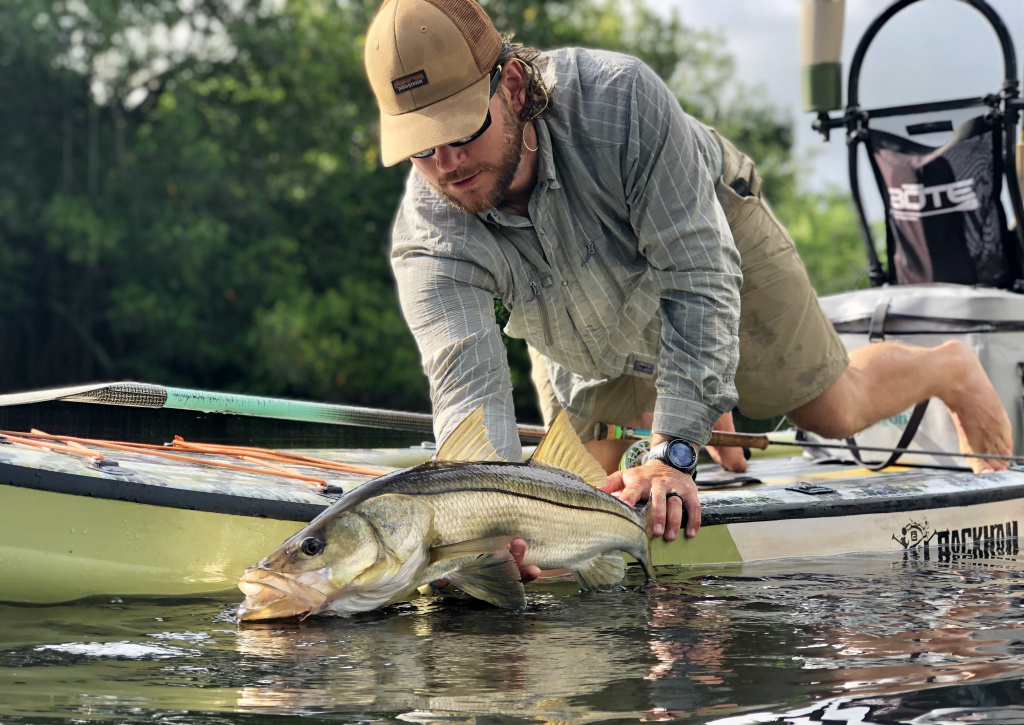
Paddle Board Fishing: Ultimate Guide for Anglers

MM-SEAS: Navigating the Future of Maritime Licensing with the Spirit of Adventure
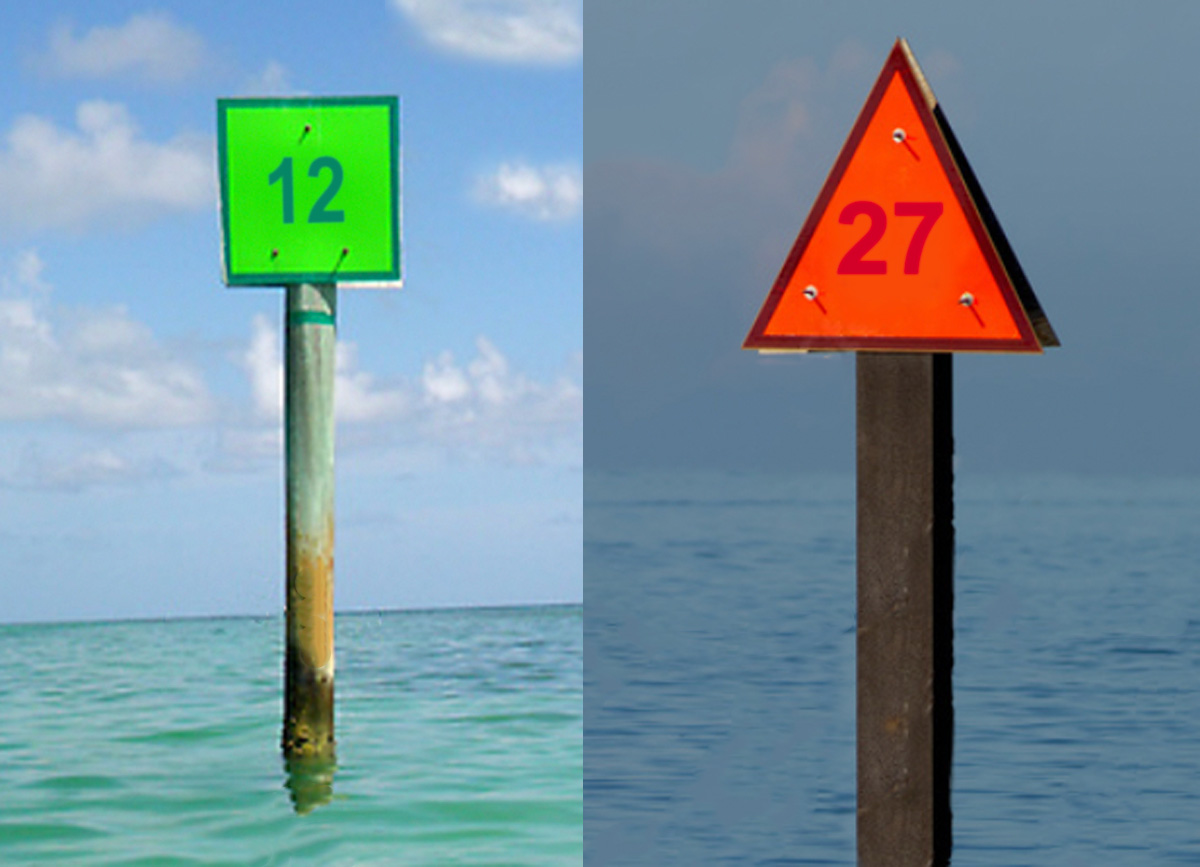
When Returning from Open Sea: Red Buoy Response Guide
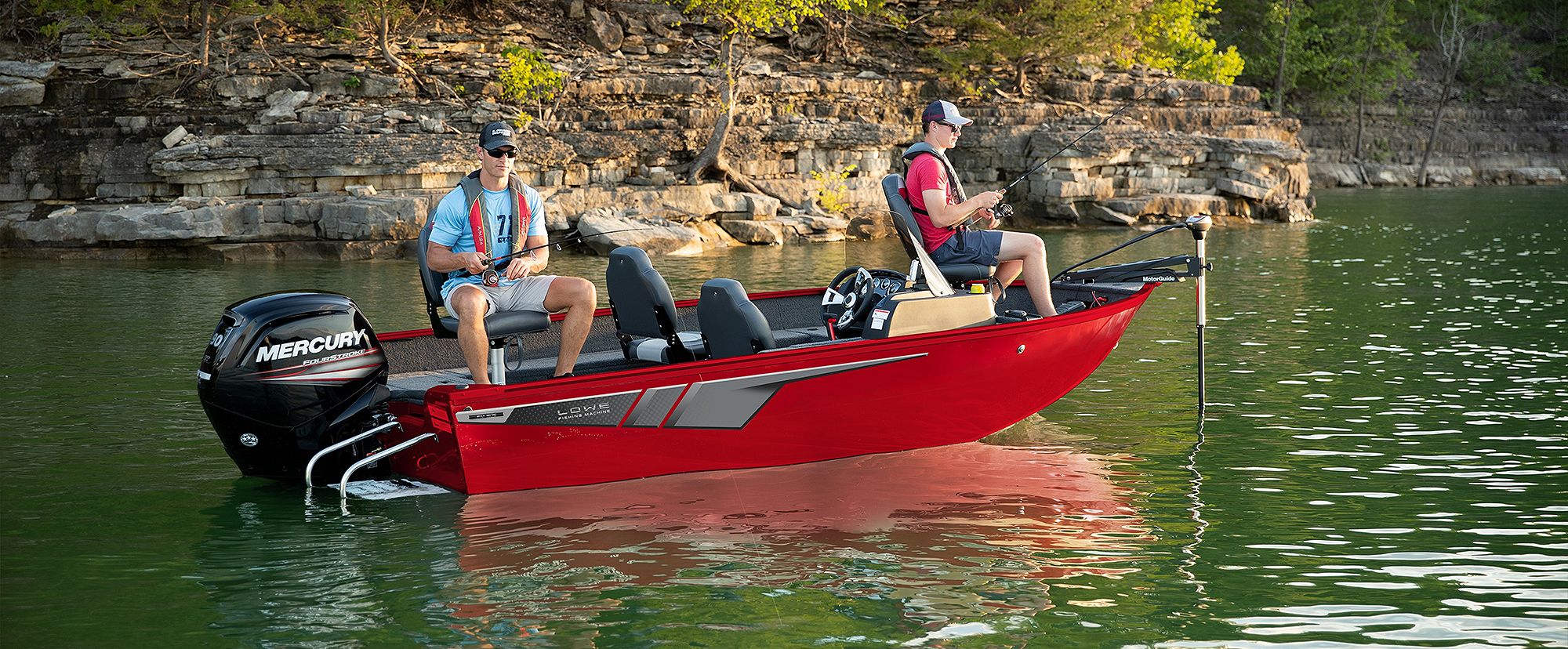
Lowe Boats: A Comprehensive Guide for Enthusiasts and Buyers

Pavati Boats Models, Spec, Prices, Competition: An Expert Overview

Marina 27 Lake Lotawana Complete Guide: Essential Tips and Information
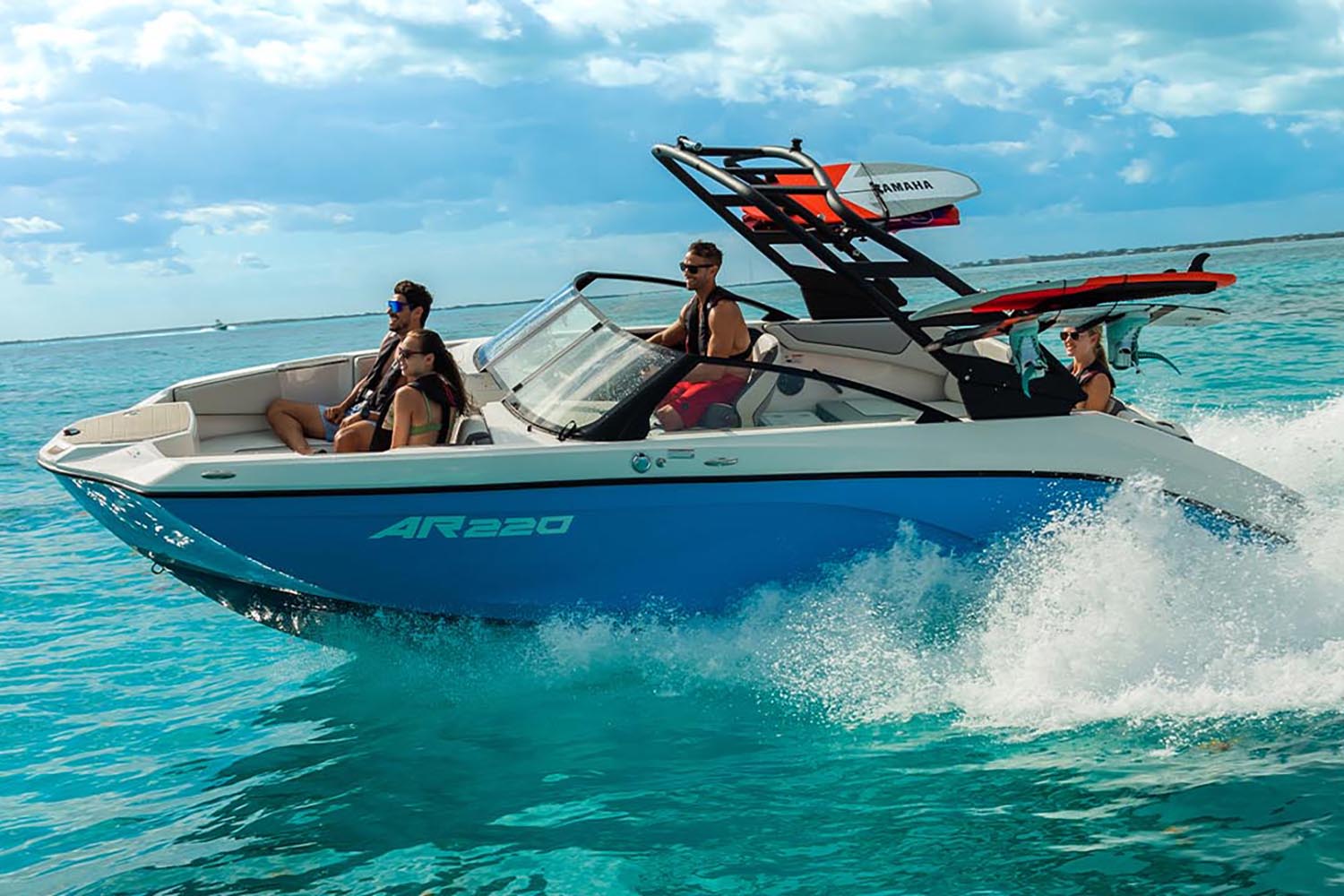
Jet Boat Essentials: A Comprehensive Guide for Enthusiasts
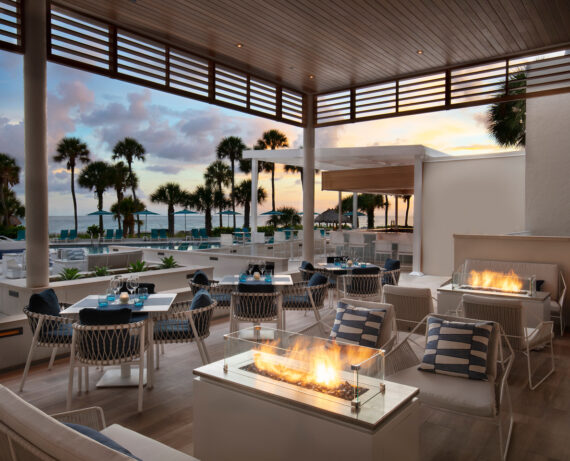
Resort at Longboat Key: Your Ultimate Destination Guide
- Types of Sailboats
- Parts of a Sailboat
- Cruising Boats
- Small Sailboats
- Design Basics
- Sailboats under 30'
- Sailboats 30'-35
- Sailboats 35'-40'
- Sailboats 40'-45'
- Sailboats 45'-50'
- Sailboats 50'-55'
- Sailboats over 55'
- Masts & Spars
- Knots, Bends & Hitches
- The 12v Energy Equation
- Electronics & Instrumentation
- Build Your Own Boat
- Buying a Used Boat
- Choosing Accessories
- Living on a Boat
- Cruising Offshore
- Sailing in the Caribbean
- Anchoring Skills
- Sailing Authors & Their Writings
- Mary's Journal
- Nautical Terms
- Cruising Sailboats for Sale
- List your Boat for Sale Here!
- Used Sailing Equipment for Sale
- Sell Your Unwanted Gear
- Sailing eBooks: Download them here!
- Your Sailboats
- Your Sailing Stories
- Your Fishing Stories
- Advertising
- What's New?
- Chartering a Sailboat
The Different Types of Sailboats
If you’re a sailboat fanatic like me, all types of sailboats will attract your attention. Some more so than others admittedly, but all will have something about them that catches your eye.
If you’re not a fanatic (not yet, that is) but just an interested observer, then the first thing you’ll notice about a sailboat will be how many masts it has and the configuration of its sails - in other words, its 'rig'.
This observation alone will enable you to identify the five main types of sailboats — sloops, cutters, ketches, yawls and schooners - all of which are described here.
But apart from the various rig types, you can describe types of sailboats from a different viewpoint - sailing dinghies, dayboats, motorsailors, monohulls, catamarans and trimarans.
Let's make a start with the various rig types...
A single-masted sailboat with just two sails — a foresail (aka headsail or jib) and a mainsail — is a sloop, the purest type of sailboat.
The sloop rig can also be described as a Bermuda rig, Bermudian rig or Marconi rig.
Read more about sloops...
Examples of Sloops
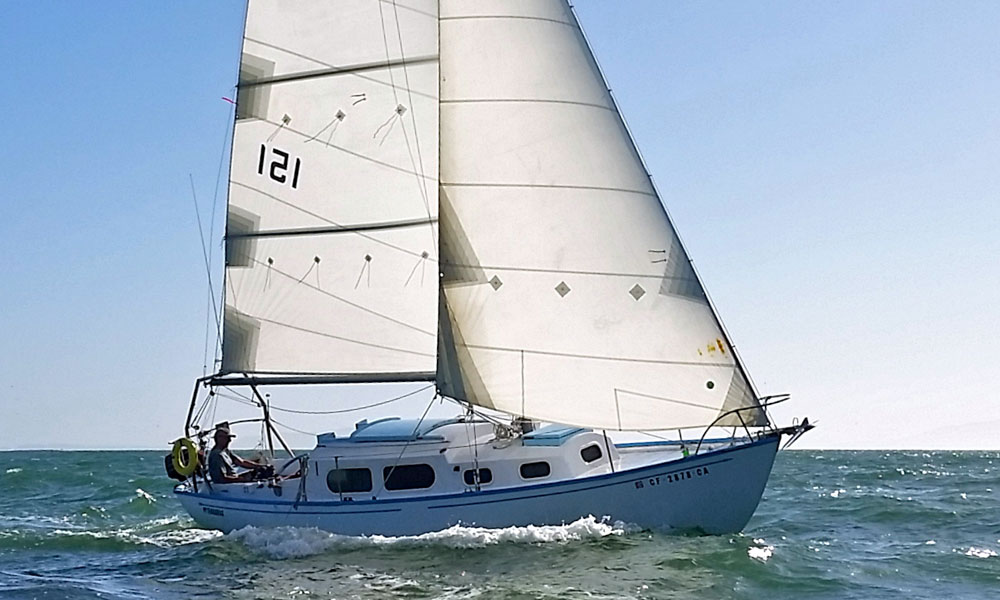
If a sloop has an additional sail between the headsail and the mainsail, then it's no longer a sloop - it's a cutter.
Some cutters - like the one shown here - have the foresail set forward on a bowsprit, with the inner forestay permanently rigged to the stemhead where the foresail otherwise would be, or to a central chainplate further aft on the foredeck.
Read more about cutters...

Examples of Cutters
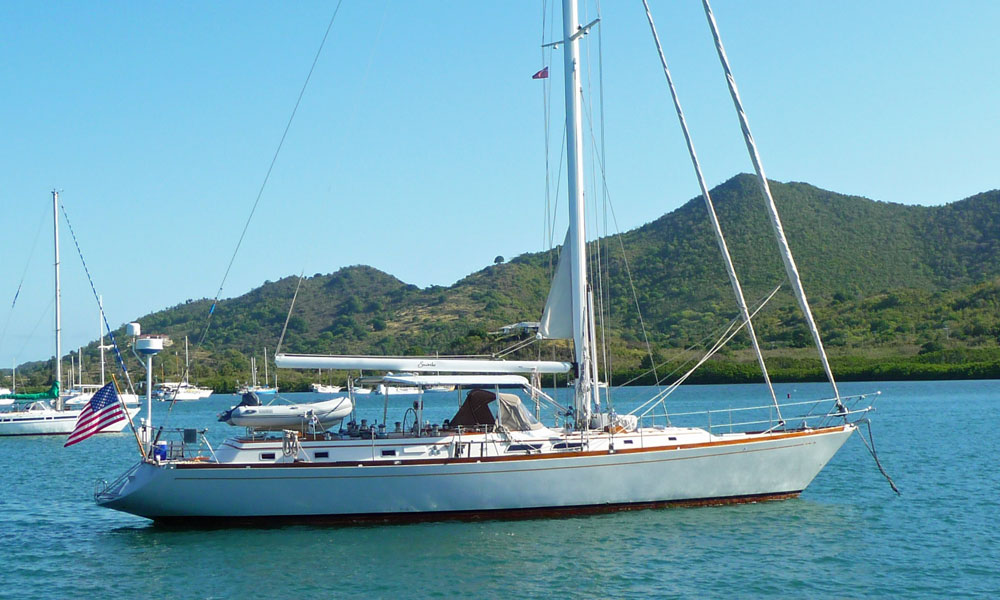
The following boats may look like cutters with their double headsails, but they're not cutters at all...
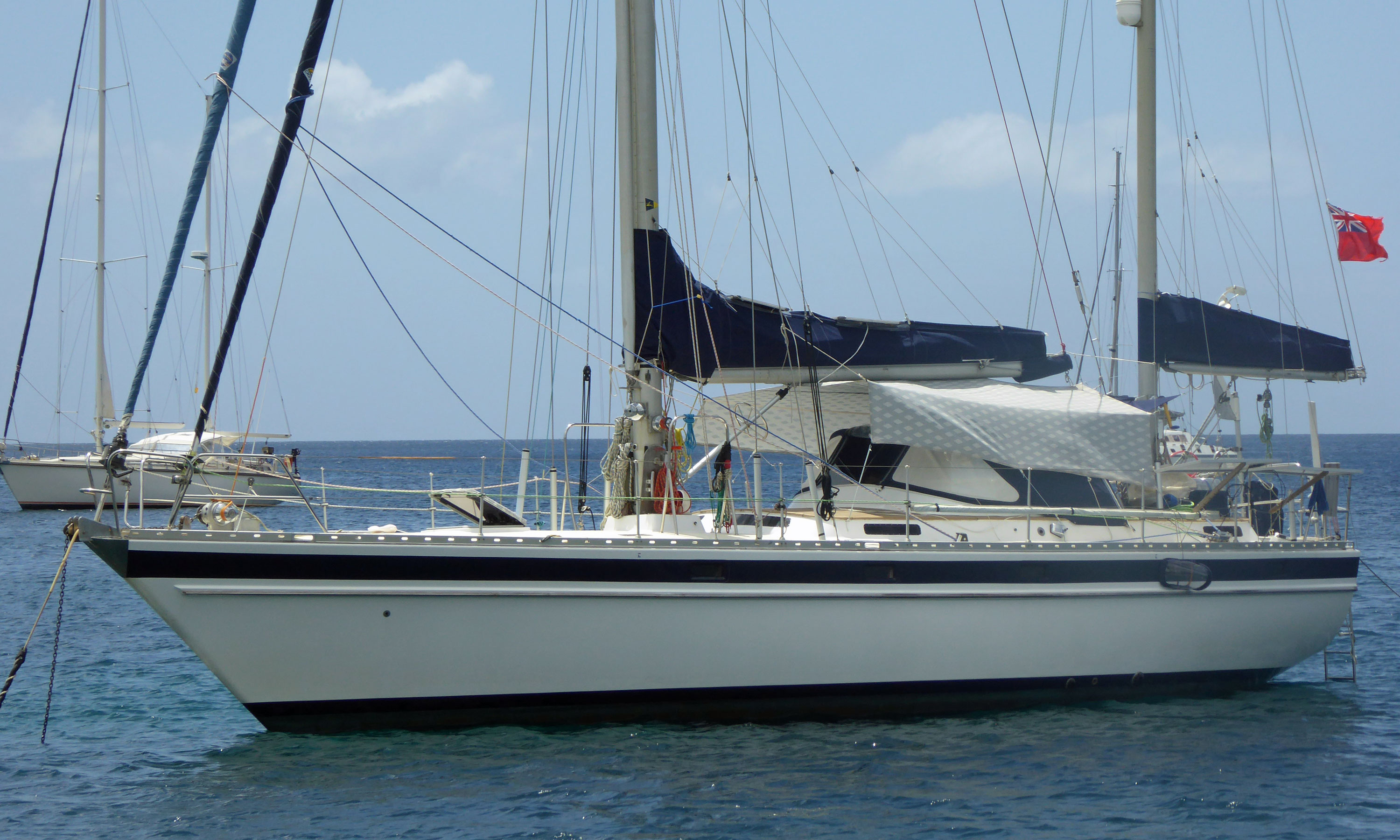
To find out why, click here...
A ketch is a two-masted sailboat, a main mast forward and a shorter mizzen mast aft.
But not all two-masted sailboats are ketches — they might be yawls (see below).
A ketch may also sport a staysail, with or without a bowsprit, in which case it would be known as a cutter-rigged or staysail ketch.
Read more about ketches...
Examples of Ketches
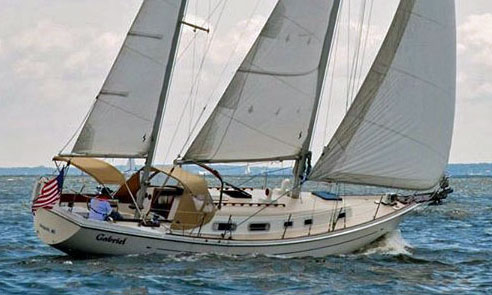
Note that the Ocean 71 and the Irwin 52 are cutter-rigged, and are traditionally referred to as Staysail Ketches .
Cat Ketches
Cat-ketches are recognised by the lack of any standing rigging to support their pair of unstayed masts.
And yes, if the after mast is taller than the foremast then it's called a cat- schooner sailboat.
Read more about cat-ketches...
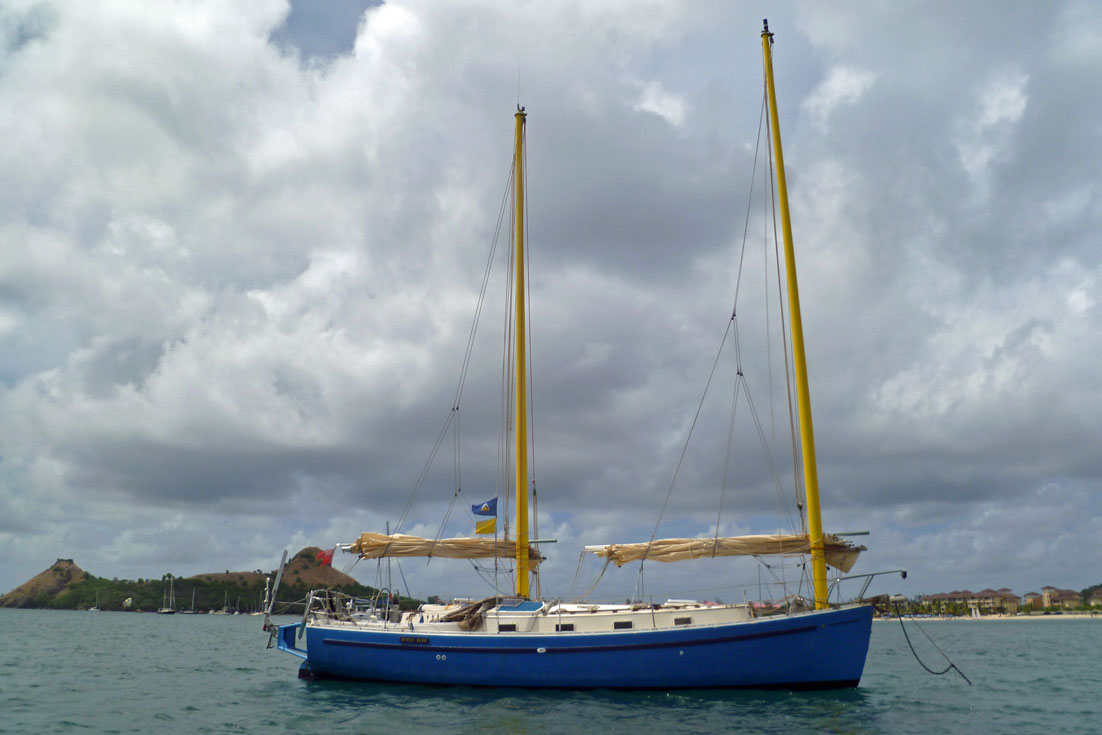
Yawls have their origins as old-time sail fishing boats, where the small mizzen sail was trimmed to keep the vessel steady when hauling the nets.
Much like a ketch, the difference being that the yawl has the mizzen mast positioned aft of the rudder post whereas the ketch has its mizzen mast ahead of the rudder post.
You’ll not be surprised to learn that a yawl with a staysail is known as cutter-rigged yawl.
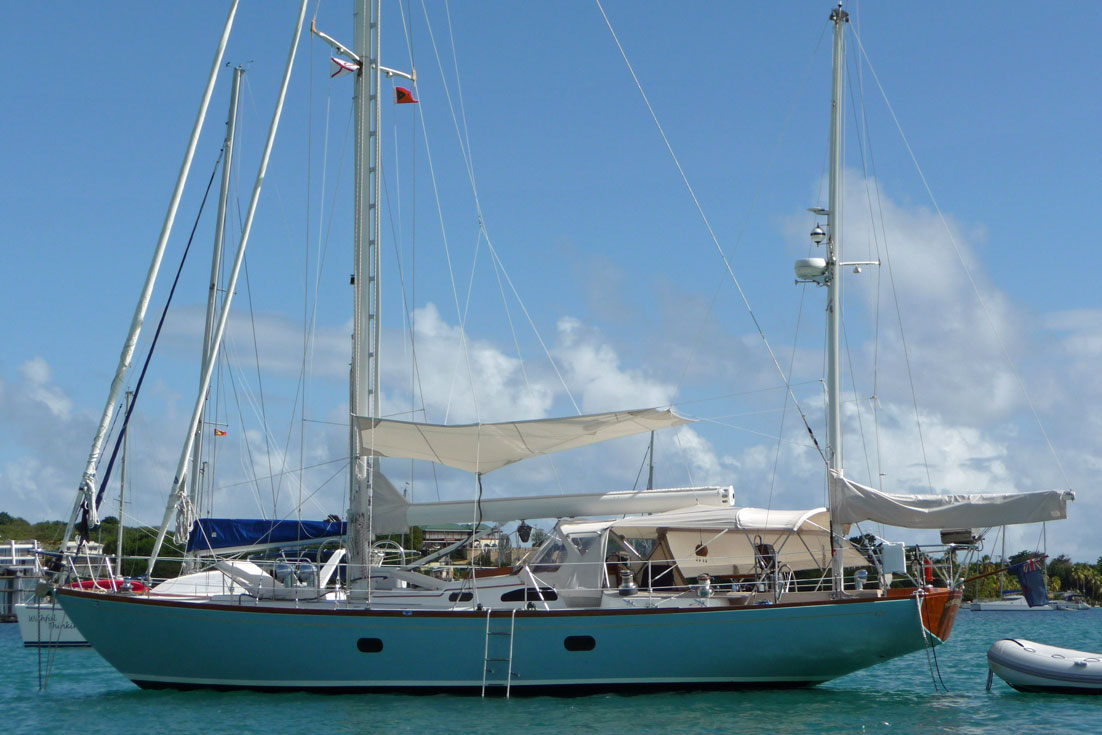
A schooner is a two-or-more masted sailboat, in which the aft-most mast - the mainmast - is the same height or taller than the foremast.
The one shown here is gaff cutter rigged, with a topsail set on the mainmast.
Many sailors agree that of all the different types of sailboats, a schooner under full sail is one of the most beautiful sights afloat.
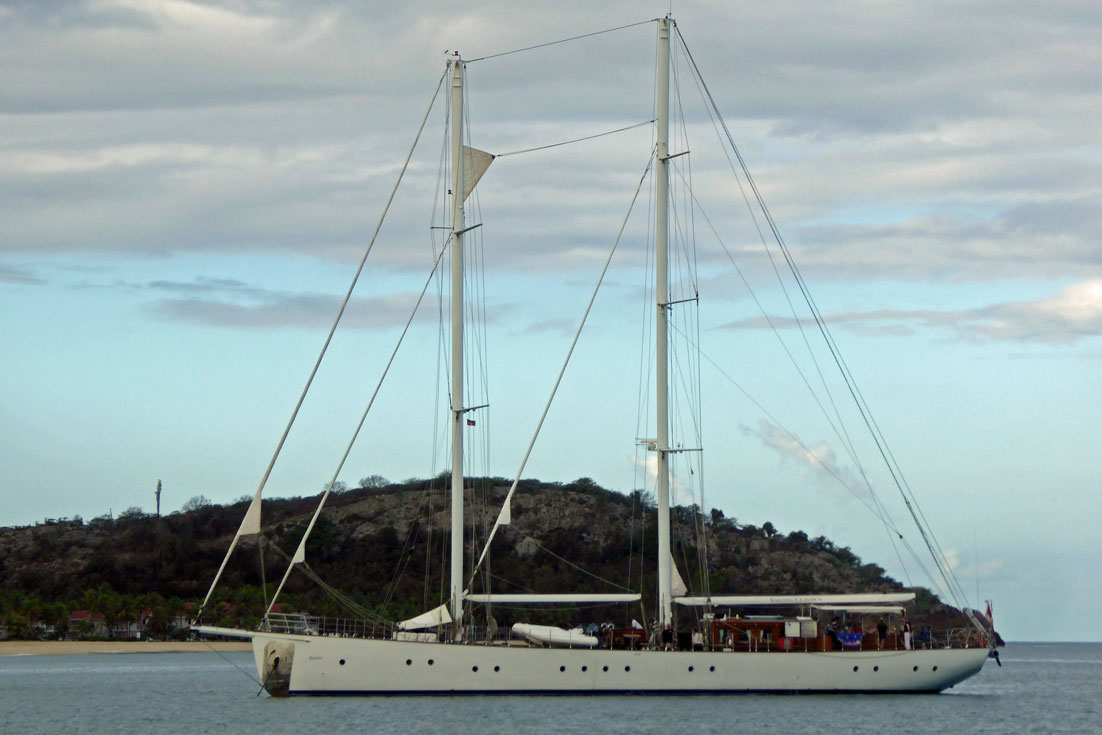
Gaffed-rigged sailboats, or 'gaffers', have their mainsail supported by a spar - the 'gaff' - which is hauled up mast by a separate halyard.
Often these types of sailboats are rigged with a topsail, as shown here and in the gaff schooner above, which really adds some grunt in light airs.
All this comes at a price of course, both in terms of material cost and weight aloft, which is why very few modern yachts are fitted with gaff rigs these days.
All artwork on this page is by Andrew Simpson
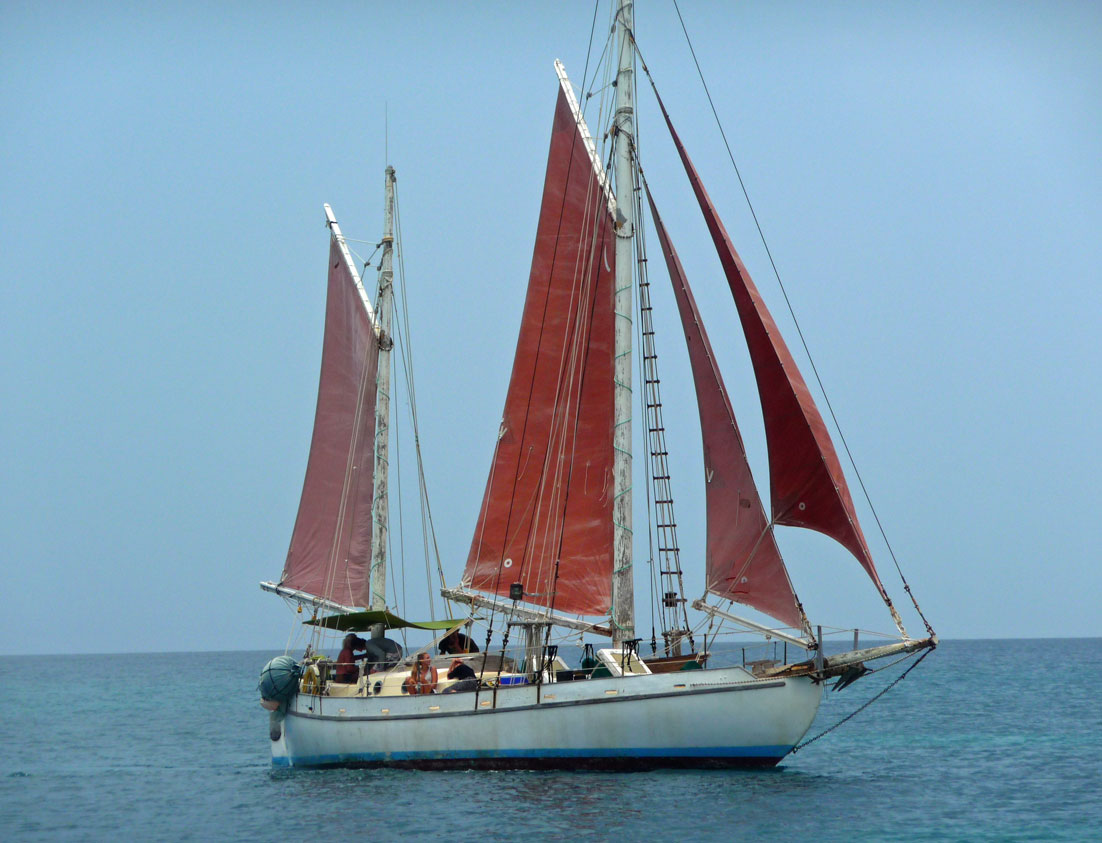
Examples of the Various Types of Sailboats...
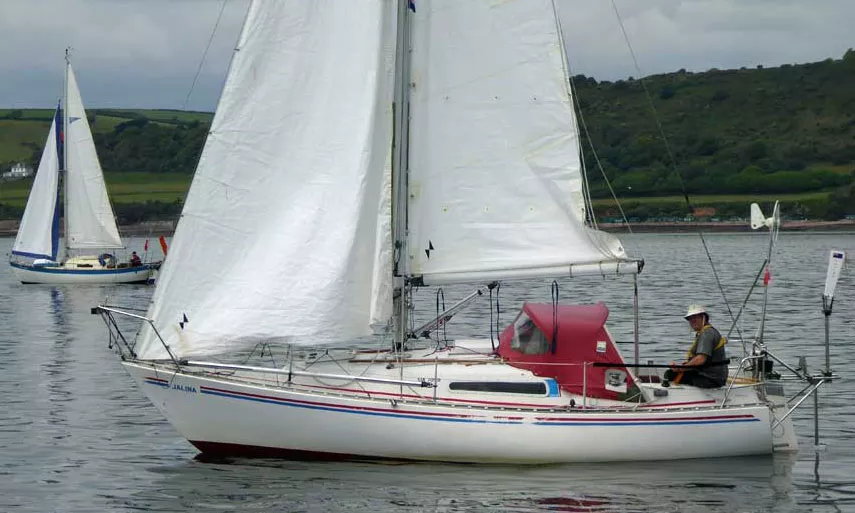
Other Types of Sailboats
The seven sailboat rig variations shown here are the most popular types of modern cruising boat rigs, but there are other rig versions which were once found on commercial, fishing, and naval sailing vessels.
They include:
- Full square-rigged sailing vessels
- Barkentines
- Brigantines
And you can see examples of them here ...
In this article I've said that ketches, yawls and schooners with two headsails can be called cutter rigged. This is a commonly used description but strictly speaking, there's only one rig that can accurately be called a cutter - and that's a single-masted sailboat with two headsails. My thanks to 'Old Salt' for drawing my attention to this!
Recent Articles
Hallberg Rassy 42e for Sale
May 23, 24 03:01 AM
Westerly Oceanranger Specs & Data
May 20, 24 03:34 AM
Westerly Oceanranger 38 for sale
May 19, 24 04:09 AM
Here's where to:
- Find Used Sailboats for Sale...
- Find Used Sailing Gear for Sale...
- List your Sailboat for Sale...
- List your Used Sailing Gear...
Our eBooks...

A few of our Most Popular Pages...

Copyright © 2024 Dick McClary Sailboat-Cruising.com
Types of Sailboats: A Comprehensive Guide
by Emma Sullivan | Jul 27, 2023 | Sailboat Lifestyle

Short answer: Type of sailboats:
Sailboats are vessels propelled by the wind using sails. The various types include dinghies, keelboats, catamarans, and trimarans. Dinghies are small, open boats often used for racing or recreational sailing. Keelboats have a fixed keel to provide stability and are suitable for cruising or racing. Catamarans feature two parallel hulls, offering stability and speed. Trimarans have three hulls, providing even more stability and space. These sailboat types cater to different needs and preferences in sailing activities.
Exploring the Different Types of Sailboats: A Comprehensive Guide
Ah, the allure of sailing – the wind in your hair, the saltwater on your skin, and the sense of freedom that comes with navigating the open sea. But before you set sail on your nautical adventure, it’s essential to understand the different types of sailboats available to you. This comprehensive guide will enlighten even seasoned sailors about the various vessels that grace our waters.
1. Monohull Sailboats: Let’s start with a classic – monohull sailboats. These are perhaps what most people imagine when they think of a sailboat; a single hull design with a keel at the bottom for stability and maneuverability. Monohulls come in various sizes, from small day-sailers to majestic yachts capable of circumnavigating the globe.
The beauty of monohulls lies in their simplicity and elegance. With only one hull slicing through the water, they provide an engaging sailing experience where every move you make affects your vessel’s performance. From sleek racer-cruisers designed for speed enthusiasts to spacious cruising boats perfect for leisurely escapades, monohulls offer something for everyone.
2. Catamarans: If stability is high on your list of priorities or if you’re planning to embark on extended voyages with plenty of space onboard, catamarans might be your ideal choice. Unlike monohulls, catamarans feature two parallel hulls connected by a wide deck or trampoline-like structure.
Catamarans excel at providing ample room for lounging and entertaining guests due to their wide beam (width). They also offer enhanced stability since two separate pontoons bear their weight instead of relying solely on ballast like monohulls do. Catamarans harness superior speed potential while minimizing heeling (tilting) motion due to this wider base.
3. Trimarans: Now here’s an intriguing sailboat type that stands out from the crowd – the trimaran. A trimaran boasts three hulls, with one central hull flanked by two smaller outriggers or “ama.” The ama keeps the craft balanced and provides extra buoyancy.
What makes trimarans truly remarkable is their exceptional speed capabilities. The combination of their sleek design, reduced weight, and multiple hulls allows them to cut through the water like a knife, reaching remarkable speeds that will leave monohulls and even some catamarans in their wake.
4. Daysailers: For those who seek shorter sailing excursions, daysailers are a perfect choice. These small sailboats focus on simplicity and ease of use for day trips or afternoon escapades on lakes or calm coastal waters.
Daysailers typically have minimal onboard accommodations but make up for it with exhilarating speed potential and nimble handling. They offer solo sailors or small groups an opportunity to reconnect with nature and enjoy the thrill of sailing without needing extensive experience or breaking the bank.
5. Dinghies: Dinghies are like the pocket rockets of the sailing world! These small, lightweight boats are perfect for beginners learning to sail or adventurous individuals looking for fast-paced fun on the water.
They come in various forms, such as prams, sabots, Optimists, or Lasers – each catering to different skill levels and purposes. Dinghies teach aspiring sailors essential techniques like balancing wind forces while providing an adrenaline-fueled experience unmatched by larger vessels.
In conclusion: Now armed with this comprehensive guide to sailboat types, you’re ready to embark on your seafaring journey with confidence! Whether you choose the elegance of a monohull, the stability of a catamaran, or daredevil rides aboard a trimaran, daysailer, or dinghy – each vessel offers its unique charm and benefits. So weigh anchor, set your sails aloft, and let the wind carry you across tranquil waters or thrilling adventures. Happy sailing!
How to Choose the Right Type of Sailboat for Your Sailing Adventures
When it comes to embarking on thrilling sailing adventures, one of the most crucial decisions you’ll face is choosing the right type of sailboat. With an array of options available, each boasting unique features and functionalities, this task may seem daunting at first. However, armed with some expert advice and a clear understanding of your requirements, you can breeze through this selection process with ease.
1. Determine Your Sailing Goals: Begin by defining your sailing goals and aspirations. Do you envision leisurely cruises along coastal waters or dream of conquering the open ocean? Will you be participating in races or prefer a more relaxed pace? By understanding what drives your passion for sailing, you can narrow down your choices and focus on boats specifically designed to meet those objectives.
2. Consider Your Experience Level: Your level of sailing experience plays a pivotal role in selecting the ideal sailboat. Novice sailors may want to opt for forgiving boat designs that are stable and easy to handle, while seasoned sailors might seek high-performance models that offer enhanced maneuverability and speed. Assessing your skills honestly will ensure that you find a sailboat tailored to match your abilities.
3. Evaluate Size and Accommodation Needs: The size of the sailboat directly impacts its handling characteristics as well as onboard comfort during longer journeys. Smaller boats are agile and require less crew but can lack space for amenities like kitchens, bathrooms, and sleeping quarters. On the other hand, larger vessels provide ample room for accommodations but demand more personnel to operate effectively. Consider how many people will be joining you on these adventures and choose accordingly.
4. Research Sailboat Types: One cannot overlook the vast range of sailboat types available in today’s market; each has its own distinctive traits designed for specific purposes.
a) Cruisers: Ideal for long-distance voyages or liveaboard lifestyles due to their spacious interiors equipped with amenities such as galleys, bathrooms, and sleeping quarters.
b) Daysailers: Perfect for shorter trips, these boats focus on ease of use with simple setups and minimal accommodations. They offer a quick and thrilling experience on the water.
c) Racer-Cruisers: These versatile sailboats blend high-performance features with comfortable interiors, making them suitable for both racing events and leisurely cruises. Such boats allow you to test your skills while enjoying the comforts of a cruising vessel.
d) Catamarans: Known for their stability and luxurious living spaces, catamarans offer wide decks, multiple cabins, and increased privacy. These multihulls are popular among those seeking an exceptional sailing experience with added comfort.
5. Assess Maintenance Requirements: Owning a sailboat involves regular maintenance to ensure its longevity and peak performance. Some designs have complex systems that demand more attention and investment than others. If you prefer spending more time sailing than carrying out maintenance tasks or lack technical expertise, consider opting for simpler designs that require less upkeep.
6. Budget Considerations: Sailboats come in varying price ranges that encompass initial purchase costs as well as ongoing expenses such as insurance, mooring fees, repairs, and upgrades. Set a realistic budget after thorough consideration of these factors to avoid any unpleasant surprises down the line.
7. Seek Professional Advice: Don’t hesitate to consult experienced sailors or boat dealers who specialize in sailboats before making your final decision. Their knowledge can prove invaluable when it comes to understanding specific boat models’ advantages and potential drawbacks.
The process of selecting the right type of sailboat should be enjoyable—just like the adventures that await you on the open water! By carefully considering your goals, abilities, preferences, budgets, and advice from experts in the field; you can confidently navigate through this exhilarating journey towards finding the sailboat that perfectly matches your sailing dreams.
Step-by-Step Breakdown: Understanding the Types of Sailboats and Their Features
Sailing enthusiasts and beginners alike often find themselves captivated by the beauty and tranquility of gliding across the water on a sailboat. Whether it’s the thrill of harnessing the wind or the sense of adventure that comes with exploring new horizons, sailing offers a unique experience like no other. However, to truly appreciate this nautical pastime, it is essential to understand the different types of sailboats and their distinctive features.
In this comprehensive guide, we will provide you with a step-by-step breakdown of various sailboat types, highlighting their functions and characteristics. So buckle up your life jacket as we embark on an exciting journey through the world of sailboats!
1. Dinghies: Let’s start small! Dinghies are typically single-handed boats designed for recreational purposes or racing events in sheltered waters. These lightweight vessels are perfect for beginners who want to learn how to handle basic sailing techniques. With compact dimensions and a simple rigging system, dinghies offer agility and maneuverability unmatched by larger counterparts.
2. Day Sailers: If you prefer spending leisurely afternoons on the water with family or friends, day sailers might be your best bet. Slightly bigger than dinghies, these boats are designed for relaxed cruising along coastal areas or inland lakes. Day sailers strike a balance between comfort and simplicity while providing ample space for socializing.
3. Cruising Sailboats: As their name suggests, cruising sailboats cater to those seeking extended voyages or liveaboard experiences. Ranging from 30 to 60 feet in length, these vessels boast spacious cabins equipped with all necessities for comfortable living at sea. They feature advanced navigational systems and amenities like kitchenettes and bathrooms (heads), allowing sailors to embark on long journeys without sacrificing convenience.
4. Racing Sailboats: For the competitive spirits, racing sailboats offer thrilling sailing experiences that test skills and tactics. These high-performance boats are designed to maximize speed and maneuverability, with sleek hulls and multiple sails. Racing crews often consist of experienced sailors who know how to push the limits for capturing that coveted first-place finish.
5. Catamarans: If stability is your priority, look no further than catamarans. These multi-hull sailboats feature two hulls connected by a spacious deck, offering exceptional stability even in rough waters. Catamarans excel in terms of space and comfort, making them popular choices for charter vacations or adventurous families looking for a luxurious sailing experience.
6. Trimarans: The odd one out in the sailboat family, trimarans have three hulls instead of the traditional two or monohull designs. This unique structure provides excellent stability and increased speed due to reduced drag. With their impressive size and ample deck area, trimarans are a favorite among experienced sailors seeking unmatched performance levels.
Now that we’ve covered the main types of sailboats let’s delve deeper into their features:
– Sails: The heart and soul of a sailboat lies within its sails. From main sails to jibs and spinnakers, each type serves a specific purpose depending on wind conditions and desired speed.
– Keel: Located beneath the waterline, a keel stabilizes the boat by providing ballast. Different types of keels (fin, wing, bulb) offer varying degrees of stability depending on sailing goals.
– Rudder: Situated at the stern (rear) of the boat, rudders steer the vessel through water currents and wind direction changes.
– Mast: Sailboat masts serve as vertical support structures holding various sails while also providing a means to adjust their positions for optimal performance.
– Hull Shape: Sailboats come in numerous hull shapes (round-bilge, vee-bottom, flat bottom, etc.). Each design influences the boat’s speed, stability, and suitability for specific sailing conditions.
In conclusion, understanding the diverse types of sailboats and their unique features is crucial for any passionate sailor or beginner who wants to embark on this exhilarating journey. With our step-by-step breakdown of everything from dinghies to trimarans, you’ll be navigating the waters like a true captain in no time. So hoist your sails and let the winds guide you towards a world of endless possibilities!
Frequently Asked Questions About Different Types of Sailboats Answered
For those who have always been intrigued by the allure of sailing, it’s not uncommon to be overwhelmed when diving into the world of sailboats. With so many different types and variations, it’s easy to feel lost. But fear not! In this comprehensive blog post, we’ll tackle some frequently asked questions about different types of sailboats and provide you with all the answers you need to set sail confidently.
1. What are the main types of sailboats? Sailboats can be broadly categorized into four main types based on their hull design: sloops, cutters, ketches, and schooners. Sloops are the most common type and feature a single mast and a fore-and-aft rigging system. Cutters have two headsails in addition to the mainsail, providing excellent versatility. Ketches have two masts, with the smaller one located forward of the mainmast. Finally, schooners are characterized by having at least two masts and multiple sails that enable efficient maneuverability.
2. How do catamarans differ from monohulls? Catamarans and monohulls are two distinct designs with their own advantages. Monohulls refer to traditional sailboats with a single hull while catamarans feature twin hulls connected by a platform or deck. Catamarans offer increased stability, spaciousness, shallow draft capabilities for exploring shallow waters, and faster cruising speeds due to reduced drag compared to monohulls.
3. What is a racing sailboat? Racing sailboats are specially designed vessels intended for competitive sailing events like regattas or races. These boats prioritize speed and agility over comfort or accommodation space on board. They often incorporate high-tech materials like carbon fiber for their hulls or sails to reduce weight and increase performance.
4. Can I live aboard a sailboat? Absolutely! Many people choose to live aboard their sailboats as a way of embracing a minimalist and adventurous lifestyle. Depending on the size and amenities of the sailboat, living aboard can offer a unique sense of freedom and being in tune with nature. It’s important to choose a sailboat with comfortable living arrangements, sufficient storage space, and necessary facilities for your daily needs.
5. What are some popular sailing destinations? The world is filled with incredible sailing destinations to explore. From the exotic turquoise waters of the Caribbean to the rugged coasts of Greece to the remote islands of Polynesia, there are plenty of options for every taste. Closer to home, coastal areas like Maine in the United States or Croatia in Europe also offer fantastic sailing experiences.
6. How do I select the right sailboat for me? Selecting the right sailboat depends on several factors such as your experience level, budget, intended use (cruising or racing), and personal preferences. It’s crucial to consider aspects like size, stability, ease of handling, comfort features, durability, and maintenance requirements before making a decision. Consulting with experienced sailors or seeking professional advice can be immensely helpful during this process.
Now armed with these answers to frequently asked questions about different types of sailboats, you’re ready to embark on your sailing journey! Whether it’s for leisurely coastal cruising or joining exhilarating races across open waters, navigating the world of sailboats will be an exciting adventure filled with new horizons and endless possibilities. So hoist those sails high and let the winds guide you towards unforgettable memories on your chosen vessel!
Choosing the Best Type of Sailboat: Factors to Consider and Mistakes to Avoid
If you are an avid sailor or even just a budding enthusiast, finding the perfect sailboat can be a thrilling yet overwhelming experience. After all, with so many types and models available in the market, how can you be sure that you are making the right choice? Fear not! In this blog post, we will delve deep into the factors that need to be considered when choosing a sailboat and also highlight some common mistakes that should be avoided.
Factors to Consider: 1. Purpose of Use: Before embarking on your search for the dream sailboat, it is important to determine your primary purpose. Are you planning on leisurely cruising on calm waters? Or do you have dreams of adventurous offshore voyages? Identifying your purpose will help narrow down your options.
2. Size and Capacity: Sailboats come in various sizes ranging from small day sailors to larger vessels suitable for extended trips. Consider how many people will accompany you on most journeys and ensure that the boat’s capacity meets your requirements without being overcrowded.
3. Sailing Conditions: The geographical location where you intend to sail plays a significant role in selecting the ideal sailboat type. Different boats perform better under certain conditions such as coastal cruising versus open-ocean navigation, so make sure to choose one designed for your sailing environment.
4. Rigging and Handling System: Understanding different types of rigs like sloop rig (single mast), ketch rig (two masts), or cat rig (single mast with no jib) is crucial while determining which type of boat suits your skills and preferences best. Additionally, consider if you prefer manual/hand-operated systems or more modern technology-driven setups like electric winches.
5. Budget: One of the most critical factors influencing every buying decision is budget consideration – identifying what range of pricing works for you can help filter out boats that exceed your affordability. Keep in mind, however, that cost should not be the sole deciding factor; functionality and suitability are equally important.
Mistakes to Avoid: 1. Impulsive Buying: Do not let your excitement overrule rational decision-making. Take your time, do extensive research, attend boat shows, seek advice from seasoned sailors or even consider renting different sailboat types before making a final purchase.
2. Neglecting Maintenance Costs: Owning a sailboat requires regular upkeep and maintenance – factors often overlooked by first-time buyers. Ensure you factor in expenses related to cleaning, repairs, insurance, mooring fees, and other ongoing costs before diving into ownership.
3. Ignoring Resale Value: While buying a sailboat is undoubtedly an investment in one’s passion for sailing, it is essential to keep potential resale value in mind as well. Opting for reputable brands/models with good market reputation can help maintain or even increase the value of your boat when the time comes to sell it.
4. Overestimating Your Skills: It is easy to get carried away by a powerful boat or advanced features but committing to more boat than you can handle can lead to dangerous situations on the water. Be honest about your experience level and choose a sailboat suited to your skills while also allowing some room for growth.
In conclusion, choosing the best type of sailboat requires careful consideration of various factors like purpose of use, size/capacity requirements, sailing conditions, rigging preferences, and budget constraints. Avoid common mistakes such as impulsive buying decisions or neglecting maintenance costs while keeping an eye on potential resale value and realistic assessment of your skills as a sailor. With thoughtful analysis and patience in finding the perfect match within these parameters, you are sure to set sail on many unforgettable adventures ahead!
A Beginner’s Guide to Navigating through the Vast Array of Sailboat Options
Title: A Beginner’s Guide to Navigating through the Vast Array of Sailboat Options: Sailing into Uncharted Waters
Introduction: Embarking on a sailboat adventure is a thrilling prospect for any budding maritime enthusiast. Picture yourself gliding through serene waters, powered solely by the wind, leaving behind the chaos of everyday life. However, before setting sail, there’s an overwhelming sea of options to navigate when it comes to choosing the right sailboat.
In this comprehensive guide, we will help you steer clear of stormy seas as we unravel the complexities and mysteries surrounding the vast array of sailboat options available. Get ready to embark on a voyage of discovery as we discuss everything from hull types and rig configurations to boat sizes and new breakthrough technologies.
1. Defining Your Purpose: Just like plotting your course on a nautical chart, clarifying your sailing goals is crucial before delving into the world of sailboats. Are you aspiring to dock at waterfront restaurants or set out for long-distance voyages? Determining your purpose will lay the foundation for selecting the right type of vessel that caters to your needs and aspirations.
2. Types of Sailboats: Navigating through various sailboat designs can be initially perplexing; however, understanding some fundamental categories will help make sense of it all:
a) Cruisers vs. Racers: Are you in pursuit of leisurely coastal cruises or adrenaline-fueled regattas? Cruisers offer comfort and cabin space suitable for extended stays, while racers prioritize speed and maneuverability.
b) Monohulls vs. Multihulls: Monohulls are traditional single-hulled boats that showcase stability and ability to slice through waves effortlessly. On the other hand, multihulls (such as catamarans) offer increased deck space and stability but sacrifice some performance attributes.
c) Keel types: The shape and size play a significant role in a boat’s stability and performance, with options ranging from fin keels to full-length keels. Each comes with its own advantages and considerations, making them worth exploring.
3. Rig Configurations: Unraveling the mysteries of how sails are set requires some understanding of rig configurations:
a) Sloop Rig: The most common configuration, consisting of a single mast, mainsail, and headsail (jib or genoa). Versatile and easy to handle, this rig offers a great starting point for beginners.
b) Cutter Rig: Suitable for long-distance offshore cruising, the cutter rig features two headsails—a smaller jib astern of a larger genoa—enabling better control in varying wind conditions.
c) Ketch or Yawl Rig: With two masts and multiple sail combinations, these rigs provide greater sail area versatility while maintaining manageable individual sail sizes. Ideal for accommodating different wind conditions during extended journeys.
4. Size Matters: Determining the ideal sailboat size depends on various factors such as crew size, intended use, budgetary constraints, and storage facilities. Smaller boats are easier to handle solo or with minimal assistance but may lack certain amenities compared to roomier vessels suitable for extended stays at sea.
5. Technology Ohoy! As advancements surge through every industry—including sailing—technology has made waves in the world of sailboats too! Features like electric propulsion systems and renewable energy platforms offer eco-friendly alternatives that complement traditional means of navigation.
Conclusion: Navigating through the vast array of sailboat options need not be an overwhelming experience. By distilling your purpose, understanding boat types, rig configurations, sizes, and keeping an eye on emerging technologies—all while considering your unique preferences—you’ll soon find yourself confidently steering towards your sailing dreams!
Embark on this exciting journey armed with knowledge previously reserved for seasoned sailors. Be prepared to hoist those sails high and let the clamor of waves carry you towards the horizon, where infinite possibilities await your adventurous spirit.
Recent Posts

- Sailboat Gear and Equipment
- Sailboat Lifestyle
- Sailboat Maintenance
- Sailboat Racing
- Sailboat Tips and Tricks
- Sailboat Types
- Sailing Adventures
- Sailing Destinations
- Sailing Safety
- Sailing Techniques
The simplest entrance to the world of sailing
Types of Sailboats – The Ultimate Guide
There exist many different sailing boats types and they can be classified by various criteria. This blog post discusses the most common types of sailboats (both modern and traditional). Sailboats are classified by:
- the number of hulls
- construction material .
Types of Sailboats by Size
Sailboat division by size could be as follows:
- Sailing dinghies (small)
- Cruising sailboats (mid size)
- Tall ships (large).
Dinghies are small sailing boats, typically up to 6 meters long (approximately 20 feet). They are open (i.e. they don’t have a cabin) and most often don’t have an engine. Operated by a crew of one or two persons, they are used for shorter (day) sailings in coastal regions. There are many different types of sailing dinghies and they could be divided to traditional dinghies (typically made out of wood) or modern dinghies (typically made out of fiberglass ). Most modern dinghies are allowed to capsize (i.e. overturn) and recover as an integral part of their use.
Here are some of the most popular types of modern dinghies:
- Optimist – small single-handed dinghy for young people under the age of 15
- Laser – single-handed dinghy, an Olympic class since 1996
- 420 – 4.2 meters long double-handed dinghy used for racing and teaching
- 470 – 4.7 meters long double-handed dinghy, an Olympic class since 1976.
Remark: The term dinghy can also refer to any small boat carried by a larger boat in order to facilitate access to/from the shore.
Cruising Sailboats
Cruising sailboats are typically 6 to 20 meters long (approximately 20-60 feet), but can be even longer. They have cabins which allow for onboard sleeping and longer cruises that might last an arbitrary number of days. Also, they normally have either an outboard or an inboard engine which is used for leaving from and returning to the berth, as well as to provide propulsion when there is not enough wind. As opposed to sailing dinghies, cruising sailboats can be safely sailed during the night and are not intended for capsizing. Different cruising sailboat types are listed below by the rig type.
Remark: The term cruising sailboat is used for mid-sized sailboats, since nowadays sailing is practiced mainly for pleasure and sport, be it cruising or racing. However, it should be clear that mid-sized boats were historically used for work, trade or even military purposes.
Tall ships are large sailing boats, typically over 40 meters long (approximately 130 feet). They use traditional sails which are set on multiple masts (2 to 5). When talking about tall ships first thing that comes to mind might be old wooden ships that sailed the oceans from 15th to 19th century and were used for trade and military purposes. However, there also exist modern tall ships that are built from modern materials and are used for tourism (cruising) or training (navy cadets). For more information, check out Wikipedia’s Tall ship article.
Rig is the name for the arrangement of masts and sails on a boat. There are basically two main rig types:
- Fore-and-aft rig.
Square rig is a traditional rig typically used on tall ships. It is characterized by the sails being set perpendicular to the length of the boat (or transversely to the sailing direction). This type of rig is efficient when sailing downwind, but is unable to sail upwind (against the direction of the wind) or it performs poorly when attempting to do so. Today, square rig is used only on tall ships.
Fore-and-aft rig is characterized by the sails being set along the length of the boat (or longitudinally to the sailing direction). This type of rig is capable of sailing both upwind and downwind. All the modern sailboats (other than tall ships) are fore-and-aft rigged.
Some important fore-and-aft rig types are:
- Bermuda rig.

Lateen rig is a traditional rig type originating from the Mediterranean. It consists of a triangular sail hanging down from a spar (pole) which is hoisted on the mast at a certain angle. Lateen rig can still be seen today on smaller, wooden traditional boats. For instance, in certain places along the Croatian Adriatic coast, sailing regattas of traditional lateen-rigged boats are regularly organized.
Gaff rig is characterized by the four-sided mainsail which is hoisted along the mast and stretched between the two spars: upper one called the gaff and lower one called the boom. Gaff-rigged boats also carry a foresail called a jib. They may also carry a topsail which is hoisted above the gaff. Nowadays, gaff rig has been largely superseded by the newer Bermuda rig.
Bermuda Rig
Bermuda rig is by far the most popular type of rig on modern sailboats. It is characterized by the two triangular sails: mainsail and jib. Mainsail is hoisted along the mast and stretched along the boom (see our post: Parts of a Sailboat ). Some racing boats may carry a square top mainsail, but cruising sailboats will in most cases carry a triangular-like mainsail. Advantage of Bermuda rig over other rig types is sail efficiency and ease of sail handling. Bermuda rig is sometimes referred to as the Marconi rig.
Remark: There exist more fore-and-aft rigs, e.g. lug rig, gunter rig and others.
Cruising Sailboats by Rig Type
Cruising sailboats are fore-and-aft rigged boats with one or two masts. Older boats were mostly gaff-rigged and they might still be seen today, while modern and new build boats are almost exclusively Bermuda rigged. The most common single-masted cruising sailboat types are:

The most common two-masted cruising sailboat types are:

Single-masted
Sloop is a boat with a single mast. In this blog and in Your First Sailing Handbook the most widespread modern type of sailing boat is considered and that is a Bermuda rigged sloop.
Cutter is a boat with a single mast that normally sails with two or more foresails (jibs) simultaneously. It is more demanding for sailing than sloop, as there is one additional sail to handle. However, cutters offer some advantages (primarily for offshore sailing) as discussed in this Cutter or sloop rig? article. The term cutter might also refer to:
- a small, light sail- or oar-powered boat carried by a larger vessels
- a fast and agile official vessel used by the authorities to enforce law (e.g. US Coast Guard cutter)
- a fast boat from the 18th century carrying both fore-and-aft and square sails.
Ketch is a boat with two masts, the taller foremast (mainmast) and the shorter after mast (mizzen mast). Ketch is characterized by the rudder post being positioned abaft the mizzen mast.
Yawl is a boat similar to a ketch, the difference being that the rudder post is positioned forward of the mizzen mast. Also, yawl’s mizzen mast is typically shorter than that of a ketch.
Schooner is a boat with two or more masts, where the foremast is no taller than the after masts. In case of a two-masted schooner, taller aftermast is called the mainmast.
Why Sloops are so Popular Nowadays
Cutters, ketches, yawls and schooners were once popular because they could have the same sail area as sloops with the individual sails being smaller and thus easier for handling. However, development of modern equipment made sail handling much easier irrespective of the sail size. This is one of the reasons why sloop has become the most widespread cruising sailboat type today. Another reason is that rigs with two masts are more expensive to build and maintain. Finally, sloops generally perform better when sailing upwind. For more information see the following post discussing two-masted sailboats .
.Modern sloops can be categorized to cruisers, racers and performance cruisers. Cruising sloops sacrifice sailing performance for comfort, meaning that the interior is well equipped but heavy, while sail handling is easy but suboptimal in terms of sailing efficiency. On the other hand, racing sloops usually have bare interior (in order to reduce weight), but large cockpits to give the crew enough space to handle many different sails and work with many lines. Finally, performance cruisers usually offer a good trade-off between cruisers and racers, providing good comfort below the deck and decent sailing performance above the deck.
Types of Sailboats by the Number of Hulls
All the cruising sailboat types mentioned above are monohulls (they have one hull). However, sailboats may have more than one hull and they are called catamarans (in case of two hulls) or trimarans (in case of three hulls). Catamarans and trimarans are jointly called multihulls. Multihulls are typically single-masted and Bermuda-rigged, while being built from modern materials like fiberglass .

Dinghy catamarans are usually very agile and fun for sailing, but they require a skilled crew. Due to their low weight, they heel easily during sailing, resulting in one hull being raised above the water, which in turn reduces water resistance and allows the boat to sail faster.
On the other hand, majority of cruising catamarans are heavy and don’t heel much during sailing in normal conditions. They might not be as fun for sailing as monohulls, but they offer a lot of comfort since their interior is quite spacious. Compared to similarly equipped and sized monohulls, cruising catamarans have poorer performance upwind, but are usually faster downwind.
There also exist performance catamarans and trimarans which are built for speed and they are much faster than monohulls of similar size. Such boats are not widely available for chartering since they require a skilled crew.
Types of Sailboats by Construction Material
Main part of any boat is its hull and it can be constructed from different materials. Trade-off has to be made between strength and weight. Generally speaking, you want the sailboat to be strong and safe, while at the same time you want it to be light and fast. Main boat building materials are:
- Composite materials.
Traditionally, sailboats of all sizes were made out of wood and there is still a fair amount of wooden boats sailing today. Even though wood does not have favorable characteristics like modern composite materials, many owners prefer wooden boats for aesthetic and nostalgic reasons. Also, there are still new wooden sailboats being built either for private owners (often dinghies or smaller cruisers) or as a part of maritime heritage preservation projects. Wooden boats are very nice and appealing, especially if maintained properly, however that requires a lot of time and dedication.
Sailboat’s hull can also be constructed out of metal, most often steel and aluminum. Steel is very strong, but heavy, while aluminum is much lighter, but not as strong as steel. Precautions must be taken to prevent corrosion of both materials. Steel suffers from rusting, while aluminum suffers from galvanic corrosion.
Composite Materials
Vast majority of modern sailboats is made out of fiberglass, a composite material also known as glass-reinforced plastic or glass-fiber reinforced plastic. As the name suggests, this material is made from fine fibers of glass which are interwoven into fabrics and then reinforced with resin. Fiberglass is easily molded to form hulls and decks of different shapes. This allows fiberglass boats to be mass produced simply and cheaply, which is one of the reasons for their popularity. Fiberglass is very durable, so fiberglass boats have long life expectancy with relatively easy and simple maintenance. This is because fiberglass does not rot like wood, nor does it suffer from corrosion like steel and aluminum.
Modern high performance racing boats are typically made from carbon fibers which is a short name for carbon-fiber reinforced plastic. This technology is very similar to fiberglass, with the glass fibers being replaced by the carbon fibers. In comparison, carbon fiber technology offers much better strength-to-weight ratio, but it is also much more expensive than fiberglass. High price is the main reason hindering mass production of carbon cruising sailboats.
Vedran Bobanac
Vedran Bobanac has been sailing since the age of 10, while he has been working as a skipper and as a sailing instructor for almost 20 years now. He also holds PhD degree in electrical engineering and he enjoys using his technical knowledge, as well as pedagogical skills to teach sailing and publish sailing handbooks .

Boats for Sale
Guide to the different types of sailboats.
Sailing is a wonderful hobby that is appropriate for a wide range of ages and ability levels. Sailing is the art of controlling and maneuvering a boat with the power of sails. Sailors need to learn about the power of wind and water, as well as understand the basic function and operation of a sailboat. A sailboat is a small to mid-sized boat that is powered by the use of sails, some more modern designs are also powered with a small motor, but this is not characteristic of most sailboats. The dual forces of hydrodynamic and aerodynamics combine to provide a sailboat with the ability to move through water. A sailboat may have one or more sails attached to the mast and/or a boom. Sails may also be attached to winches, mechanical devices used for winding, or to cleats that are used for tying. Learning how to maneuver the sails and steer the sailboat takes time and attention; for the safety of those onboard and fellow sailors, it is important that each sailor understand the proper way to maneuver and operate a sailboat.
There are many different types of sailboats. Sailboats can be categorized into a few different types, depending upon the number and location of sails, as well as the number of masts. Here is a brief introduction to the different types:
A catboat is a single-sail boat with one mast set up near the front of the boat. The origin of the catboat can be traced back to New York in the 1840s. Its easy operation and large capacity helped the sailboat gain popularity among sailing enthusiasts. The catboat has a broad beam, a centerboard and a single mast and sail. However, any sailboat with a single sail carried forward is referred to as a catboat. Popular catboats include the Beetle Cat, Barnegat Bay and Sanderling.
- Association for Catboat Sailors
- What is a Catboat
A cutter is a sailboat with one mast and more than one headsail. According to Frank Sargeant in The Complete Idiot's Guide to Boating and Sailing , a cutter has a mast stepped amidships with two sails that are set up forward of the mast. Usually, the staysail is directly in front of the mast. The cutter is ideal for small crews or groups of people and most cutters can be easily managed without the need for complicated tackles or winches.
- What is a Cutter
- Peterson Cutters
A dhoni, or doni, is a handcrafted, sailboat with either a motor or lateen sails. Popular in the Maldives, this boat is used for transportation and even, for staying aboard comfortably. Traditionally, this boat was built of coconut palm wood and used by Maldivian fishermen. Today, the dhoni is typically built using fiberglass, are generally motorized with a steering wheel and are furnished as well. According to the FAO, the motorized fishing vessels or masdhoni are fitted with satellite navigation systems, hydraulic line haulers, sonars, fish finders and have room for accommodation as well.
- Association for Wooden Boats
- About the Dhonis of Maldives
A smaller version of the sailboat, the dinghy has three or less sails - the mainsail, jib and spinnaker. These small boats are easy to handle and fun to sail, making them popular with youngsters. Dinghies are further divided into different types such as catamarans, skiffs, classic dinghies, cruising dinghies, high performance dinghies, racing dinghies and sports dinghies.
- Types of Dinghies
- Dinghy Sailing Races
Fractional Rig Sloop
A fractional rig sloop is a sailboat in which the headstay is attached to the mast at some point lower than the masthead. This enhances performance in certain conditions but may make the fractional rig sloop a little difficult to handle, since the bend of the mast has an impact on the mainsail and bending the mast perfectly requires a fair amount of skill. However, the fractional rig requires fewer sail changes and lesser experienced sailors may benefit from setting up a masthead rig or one in which the headsail reaches all the way to the top of the mast.
- Definition of a Fractional Rig
A ketch is a sailboat that has two masts and two sails. The second mast is called a mizzen and the sail is called the mizzen sail. The second mast is shorter than the main mast and is located forward of the rudder. Smaller and narrower in size than other sailboats, ketches were traditionally used for trading purposes and for bombing in the 17th century.
- What is a Ketch
- Ketch Sailing Guide
A schooner is a large sailboat and generally, has two or more masts with the aftermost mast being taller than or equal to the height of the forward mast. The schooner rig is made up of the bowsprit, fore and main mast and their sails. Freight schooners may have three or more masts. Schooners were introduced by the Dutch and later adopted in North America to carry cargo and for fishing. One of the most popular schooners is the Clotilde, the last ship to bring African slaves to the U.S and the USS Hannah, the first armed American naval vessel.
- About the Arctic Schooner
- Sailing the Schooner
A sloop is the most common type of sailboat. It has a single mast and a fore-and-aft rig. The position of the mast is determines whether a sailboat will be termed a sloop or not. The forestay on the sloop runs to the outboard end of the bowsprit, rendering the bowsprit fixed and non-retractable. The Bermuda sloop is the name given the contemporary yacht due to the Bermuda rig, which is ideal for upwind sailing.
- Sloop Glossary
- Sailing on a Sloop
Similar to a ketch, the yawl is a sailboat with two masts and the mizzenmast is shorter than the main mast. However, the mizzenmast on a yawl is not forward of the rudder as in the ketch, but aft of the main mast. Moreover, it is used for creating balance rather than for propelling the vessel. Originally, the yawl was developed for the purpose of commercial fishing however, in the 1950s and 60s; yawls were developed for racing, a tradition that continues in many places even today.
- Yawl Sailing Association
- Concordia History
Misc. Sailing Sites
- International Sailing Federation
- American Sailing Association
- Sailing for the Blind
- Training for Sailing
- Sailing Magazine
- Disabled Sailing Association
- Sailing School
Connecting with Marinesource.com
Copyright 1992-2024 MarineSource Network, Inc. All Rights Reserved.

Types of Sailboats: A Comprehensive Guide
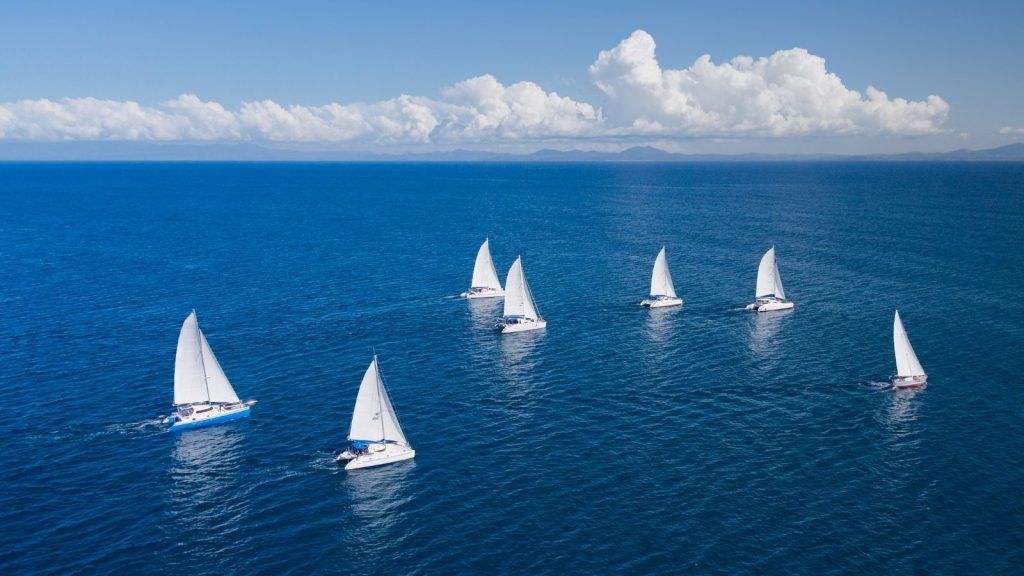
Sailboat types differentiate by design and use. Sailboats come in a vast variety of shapes and sizes, so let’s divide them by hull types, rig types and their primary use.
The sailboat is a water vessel propelled by the wind. It is usually smaller than a sailing ship but has the components that keep it propelled in water. When someone talks about sailboats, many people would not know he/she isn’t talking about one set of sailboats.
Unknown to many people, there are several types of sailboats. Each set of sailboats are different from others according to their classifications. We can classify the types of sailboats according to their hull types, rig types, and primary use. Let’s take a glance at the types of sailboats.
Sailboat Hull Types
This classification of sailboats bases on the number of hulls the sailboat has. The hull is the part of the sailboat that rides on and in the water. The hull does not include the sails, masts, equipment, or machinery. Here are the types of sailboats under this classification.

Monohulls are like every other water vessel with only one hull. They are the most conventional type of sailboat in this category. They may have a swing, full, cutaway, bolted on fin keels.
Monohulls can enter shallow water and move faster downwind. They usually have large beams that provide them with stability while sailing.

The multi-hull vessel is the type of sailboats with two or more hulls. Multihulls come in all shapes and sizes.
Catamarans (often nicknamed “cats”) or twin-hulled sailboats have two hulls instead of one like the ones in monohulls.
Catamarans do not have deep and heavy keels, making them sail faster off the wind.

They have designs for general cruising as they offer more interior deck space with easier motion. There is also an increased level of stability in catamarans.
The number of hulls ranges from 3 to 5, with three hulls as the most common. Some people refer to sailboats with three hulls as trimarans.
They are extremely stable due to their number of hulls. A trimaran is a multihull boat with a main hull and two side hulls (smaller outrigger hulls used for stability) linked to it.

More giant multi-hull crafts with 4 or 5 hulls are challenging to manufacture, hence used for commercial purposes.
These commercial sailboats also get decorated to make them look more attractive. Multi-hull vessels with more than three hulls usually had the opportunity to be decorated by general contractors for commercial use.
Sailboat Rig Types
These sailboat classifications depend on the type of rig the sailboat has. The rig consists of cables and chains, ropes, masts, shrouds, braces, sheets, and other components that support a sailboat. Let’s take a look at the types.
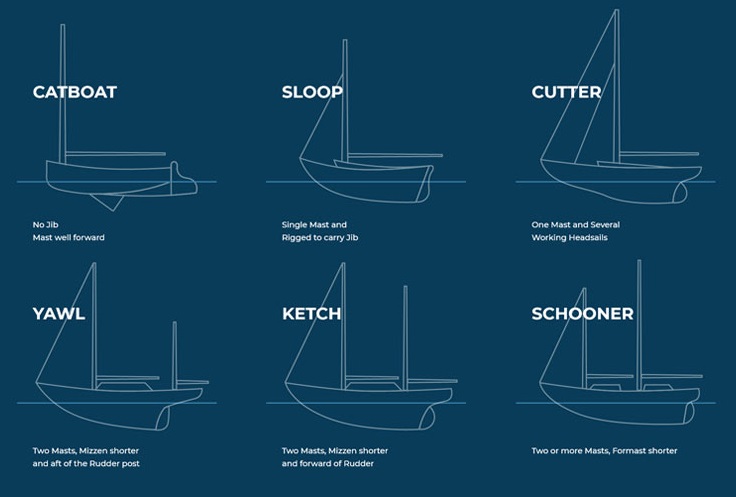
The sloop is a sailboat with one mast, one mainsail, and one headsail. The mast supports the mainsail and headsail during sails. The two-sail configuration allows added maneuverability. There is also a fractionally-rigged sloop with one of its sails lying below the mast’s top.
Cutters are medium-sized sailboat types with three sails. The sail gets mounted on the mainmast located near the ship’s stern to allow the use of more extensive sales. The design of cutters explains their agility and speed. They have two or more headsails, making them flexible for varying wind conditions.
Ketches and yawls
The ketch has two masts; the primary mast is at midship, while the second one is behind it at the aft. The secondary mast is smaller than the primary mast and helps improve the craft’s speed during sails.
The schooner is a sailboat with two or more masts; the mainmast and the foremast. The foremast is slightly shorter than the mainmast, located at the craft’s fore. If there are additional masts, they get a position whereby they become shorter than the mainmast.
Sailboat Types by Primary Use
There is also a classification of sailboats according to their uses. Although all sailboats have general services, they also have their specialization area. Let’s take a glance at the types of sailboats according to their primary use;
Day cruisers: Day cruiser sailboats are usually shorter than 30 feet and have designs for afternoon sailing. They may or may not have a cabin with amenities.
Racer/cruiser: They are usually lightly built cruisers with amenities. Some typically use it for cruising and racing. It can also serve a weekend cruising purpose.
Sailing dinghies: Sailing dinghies are small sailboats that can accommodate only one or two people. They are most useful in teaching new sailors how to sail.
Sailing cruisers: Sailing cruisers can either be multi-hulls or monohulls designed for weekend or longer cruising.
Racing sailboats: Racing sailboats have designs that help accommodate larger boat crews. They often have fin keels for more effortless sailing performance.
There are different types of sailboats, and these types have their classification. Each classification, like hull types, rig types, and primary use, shows the type of sailboat you have. You can decorate your sailboat by hiring a general contractor for the task. Doing this will give you a personalized feeling when sailing.
Check out some tips for buying a sailboat and make the ocean dream tour come true.

Now that your boat is all ready for sailing, you will want to find the perfect marina for the adventure of your life.
Is there any place that you always wanted to visit and enjoy from the depths of the blue sea? Spain, Croatia, Italy, France, Greece, or any other exotic destination?
If the only thing stopping you is the dread of reservations or not being able to make up your mind on a certain location, no need to trouble yourself as we have the solution for you.
Exploring the world has never been easier with the marina reservation platform that connect boaters to marinas for all their reservation needs. What are you waiting for? Sail on!
Leave a Comment Cancel Reply
Your email address will not be published. Required fields are marked *
- BOAT OF THE YEAR
- Newsletters
- Sailboat Reviews
- Boating Safety
- Sailing Totem
- Charter Resources
- Destinations
- Galley Recipes
- Living Aboard
- Sails and Rigging
- Maintenance

40 Best Sailboats
- By Cruising World Editors
- Updated: May 24, 2024
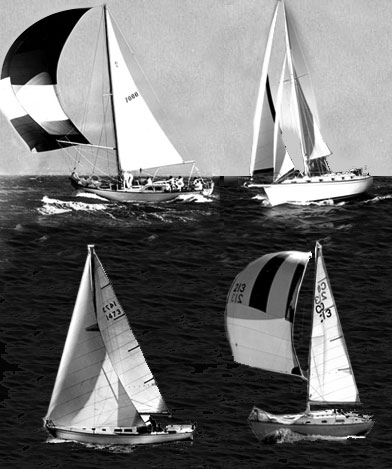
Sailors are certainly passionate about their boats, and if you doubt that bold statement, try posting an article dubbed “ 40 Best Sailboats ” and see what happens.
Barely had the list gone live, when one reader responded, “Where do I begin? So many glaring omissions!” Like scores of others, he listed a number of sailboats and brands that we were too stupid to think of, but unlike some, he did sign off on a somewhat upbeat note: “If it weren’t for the presence of the Bermuda 40 in Cruising World’s list, I wouldn’t even have bothered to vote.”
By vote, he means that he, like hundreds of other readers, took the time to click through to an accompanying page where we asked you to help us reshuffle our alphabetical listing of noteworthy production sailboats so that we could rank them instead by popularity. So we ask you to keep in mind that this list of the best sailboats was created by our readers.
The quest to building this list all began with such a simple question, one that’s probably been posed at one time or another in any bar where sailors meet to raise a glass or two: If you had to pick, what’re the best sailboats ever built?
In no time, a dozen or more from a variety of sailboat manufacturers were on the table and the debate was on. And so, having fun with it, we decided to put the same question to a handful of CW ‘s friends: writers and sailors and designers and builders whose opinions we value. Their favorites poured in and soon an inkling of a list began to take shape. To corral things a bit and avoid going all the way back to Joshua Slocum and his venerable Spray —Hell, to Noah and his infamous Ark —we decided to focus our concentration on production monohull sailboats, which literally opened up the sport to anyone who wanted to get out on the water. And since CW is on the verge or turning 40, we decided that would be a nice round number at which to draw the line and usher in our coming ruby anniversary.
If you enjoy scrolling through this list, which includes all types of sailboats, then perhaps you would also be interested in browsing our list of the Best Cruising Sailboats . Check it out and, of course, feel free to add your favorite boat, too. Here at Cruising World , we like nothing better than talking about boats, and it turns out, so do you.
– LEARN THE NAVIGATION RULES – Know the “Rules of the Road” that govern all boat traffic. Be courteous and never assume other boaters can see you. Safety Tip Provided by the U.S. Coast Guard
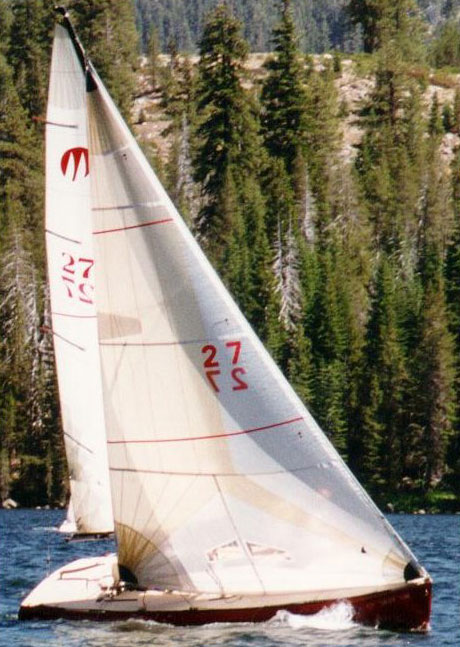
40. Moore 24
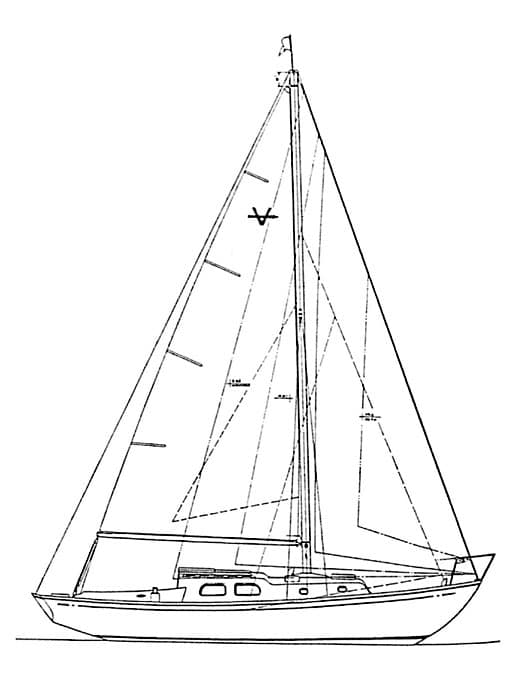
39. Pearson Vanguard
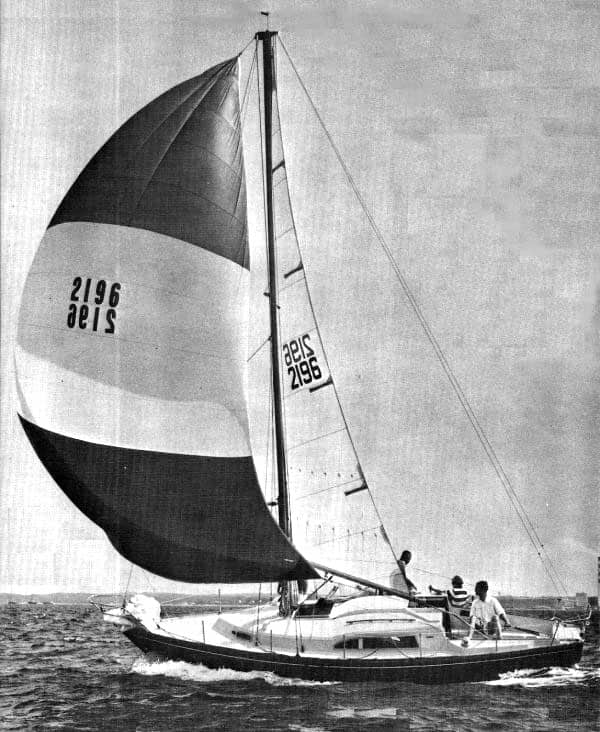
38. Dufour Arpege 30
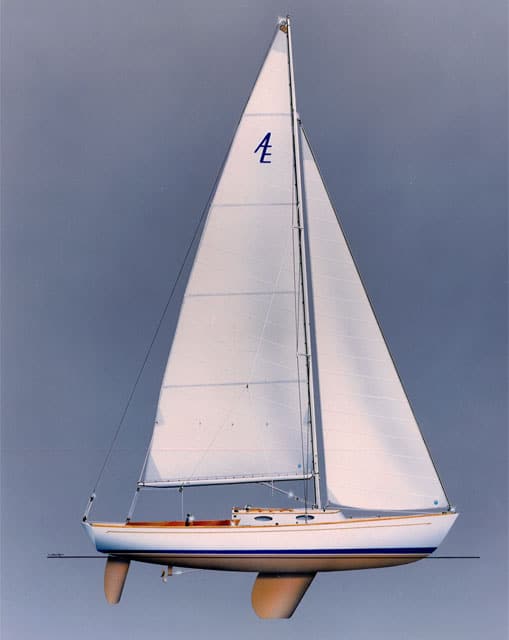
37. Alerion Express 28
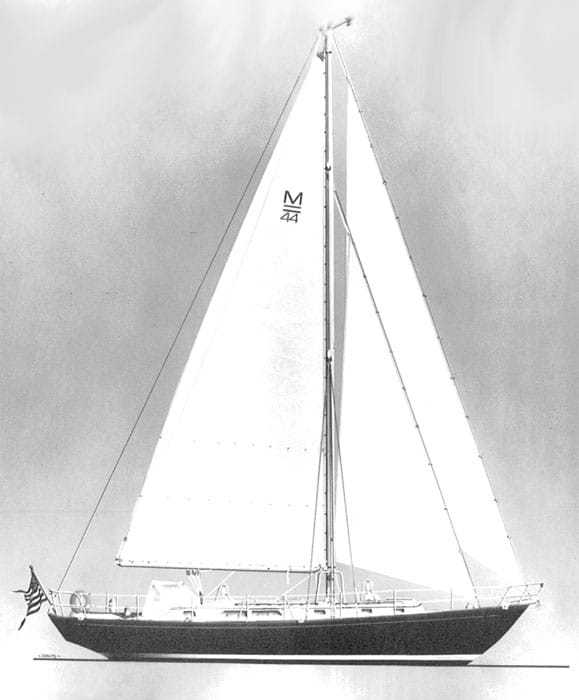
36. Mason 43/44
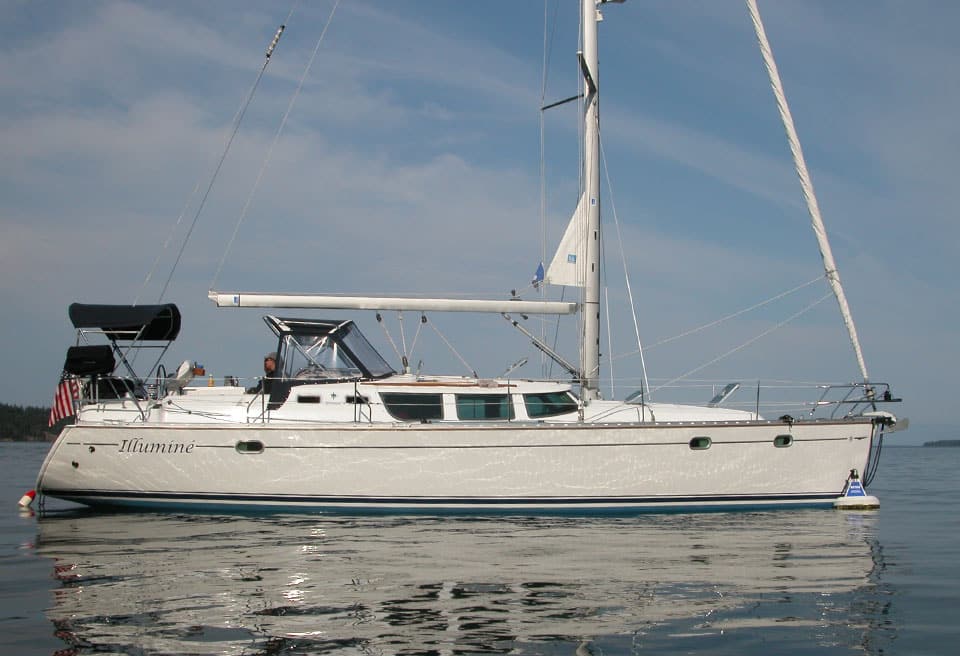
35. Jeanneau Sun Odyssey 43DS
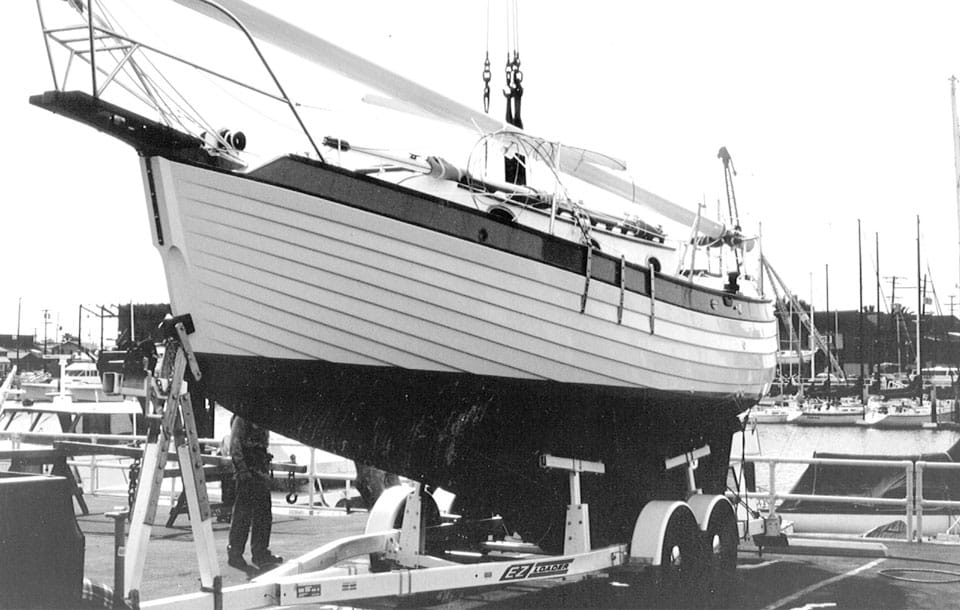
34. Nor’Sea 27
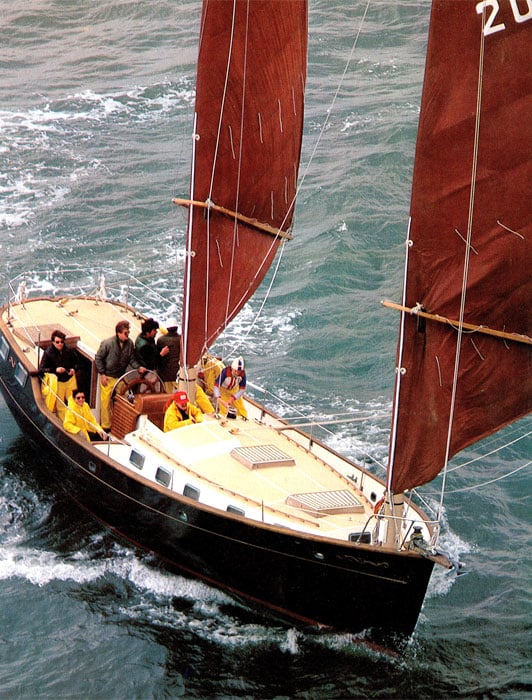
33. Freedom 40
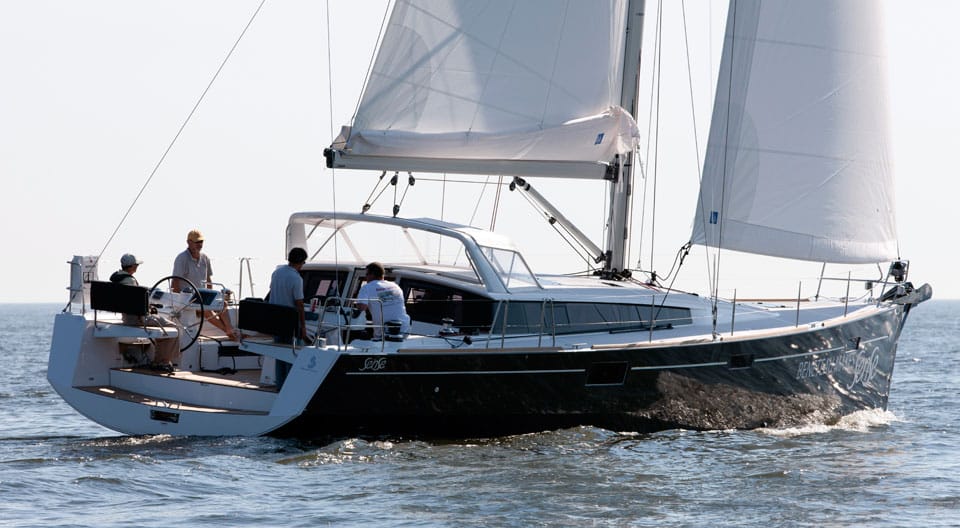
32. Beneteau Sense 50
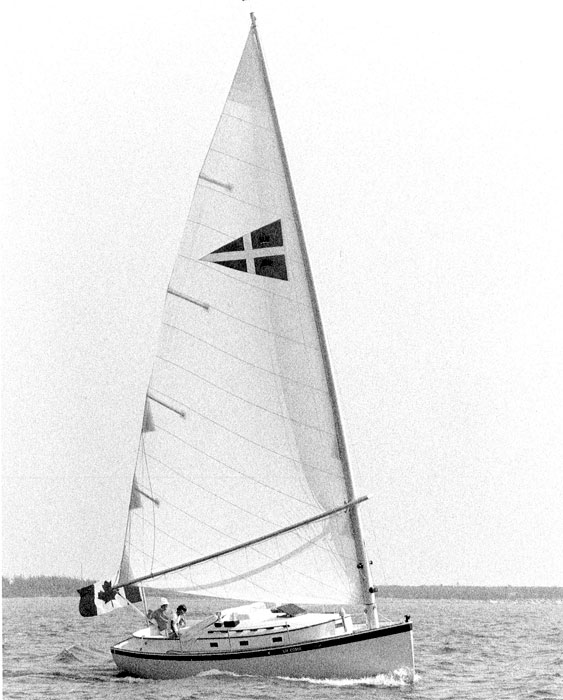
31. Nonsuch 30
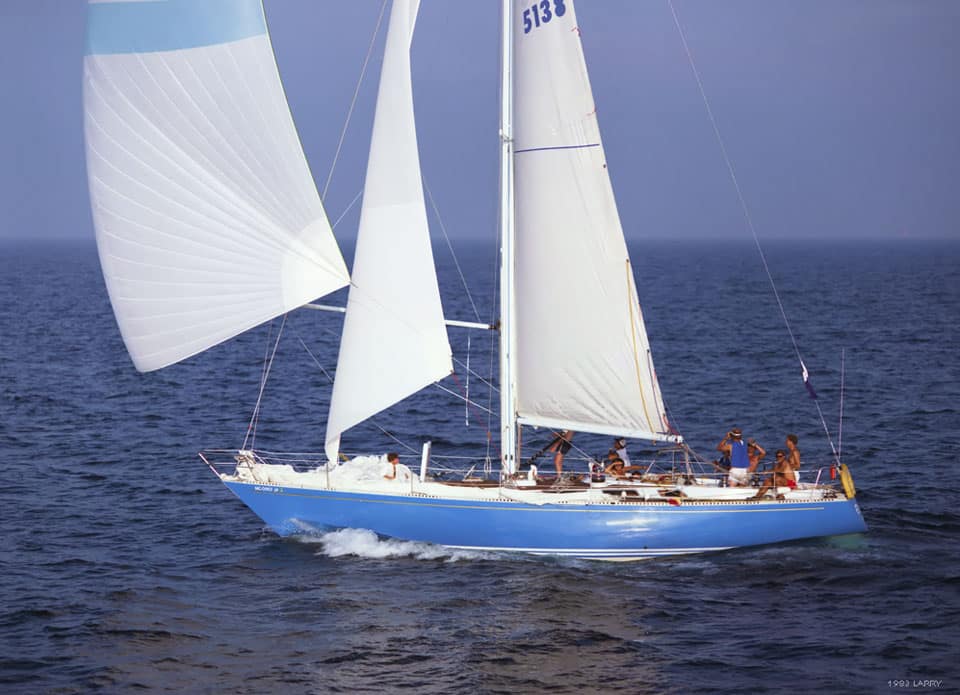
30. Swan 44
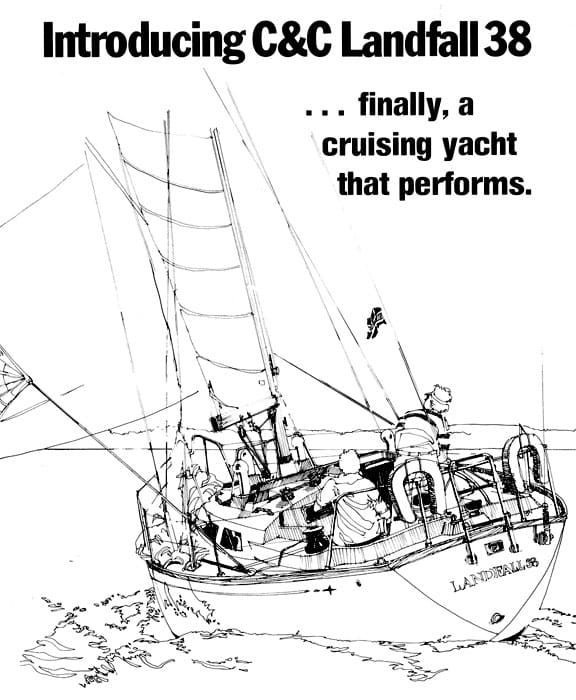
29. C&C Landfall 38
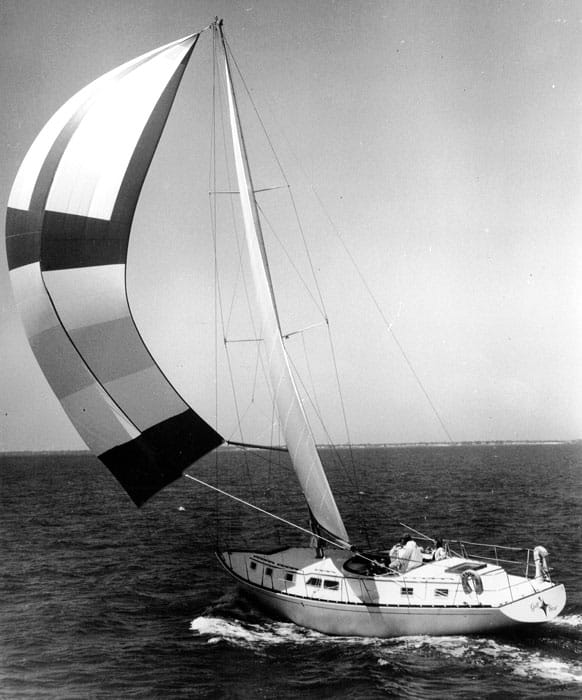
28. Gulfstar 50
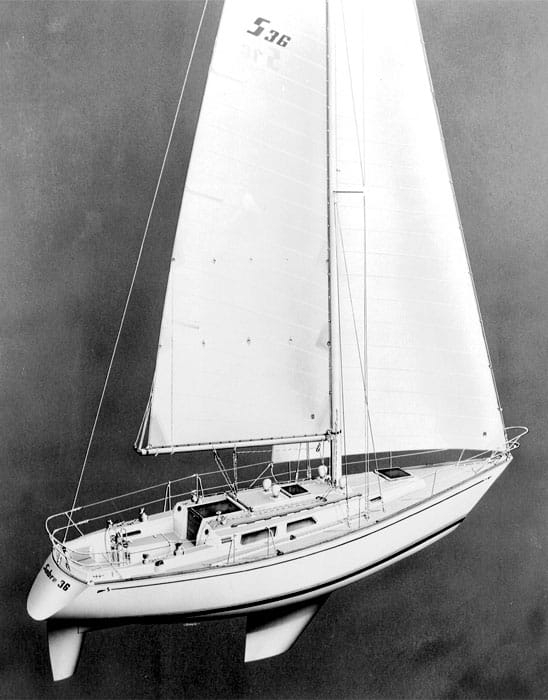
27. Sabre 36
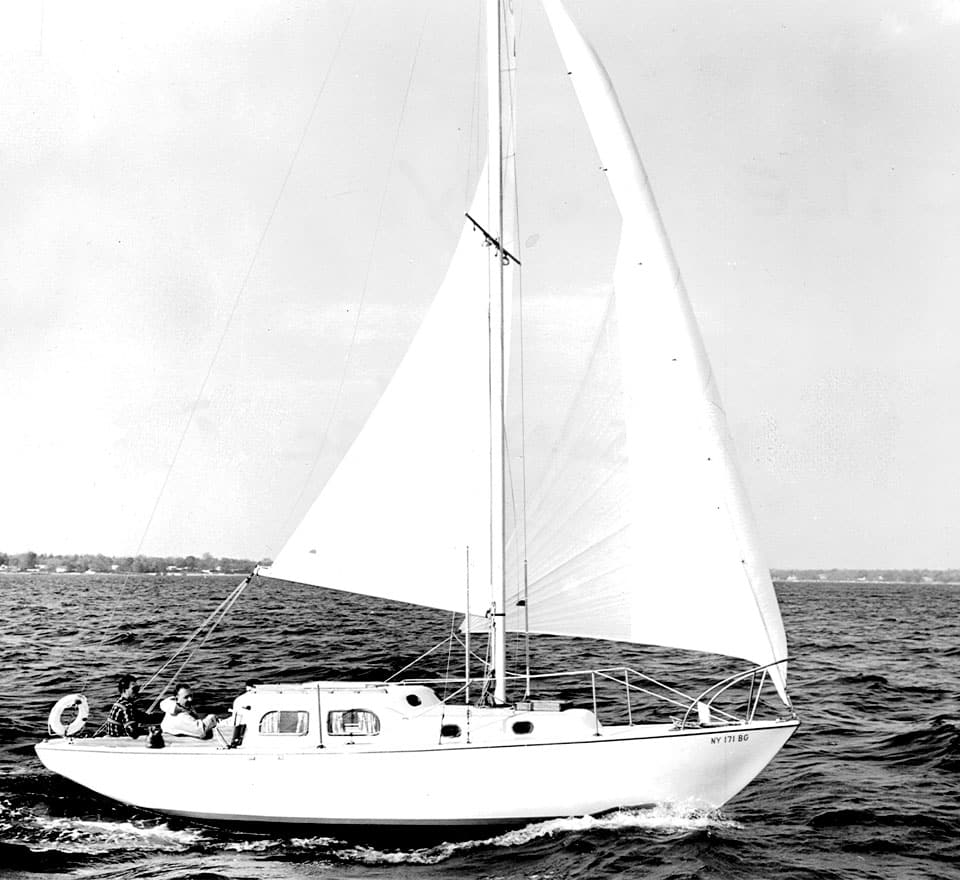
26. Pearson Triton
– CHECK THE FIT – Follow these guidelines to make sure your life jacket looks good, stays comfortable and works when you need it. Safety Tip Provided by the U.S. Coast Guard
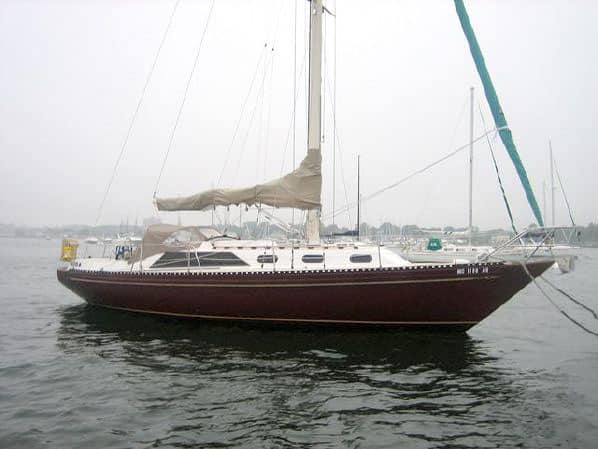
25. Islander 36
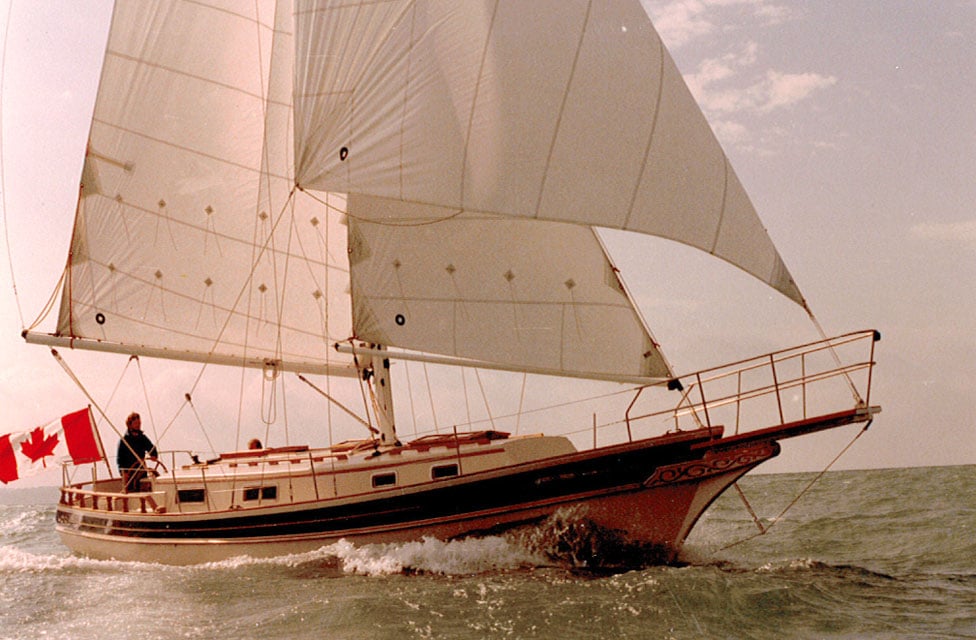
24. Gozzard 36
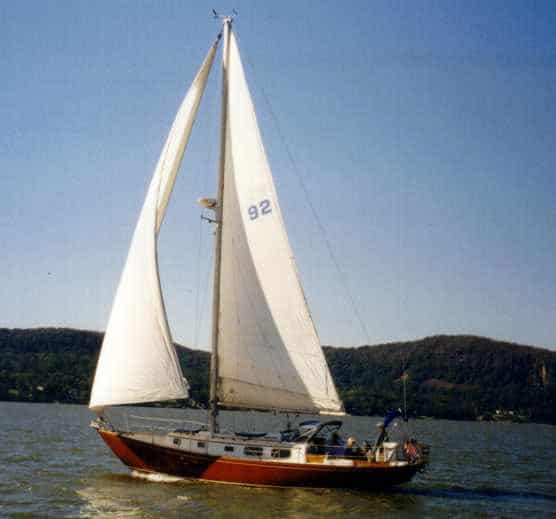
23. Bristol 40
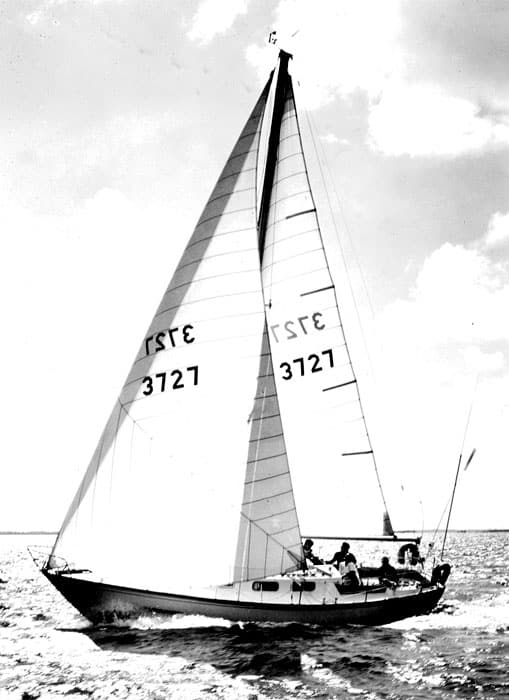
22. Tartan 34
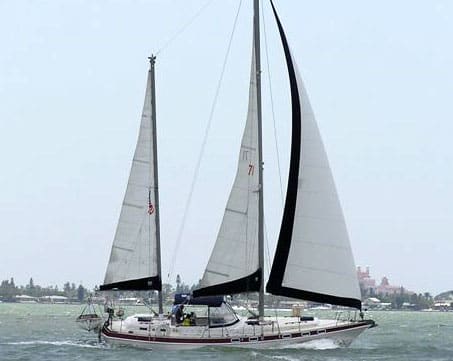
21. Morgan Out Island 41
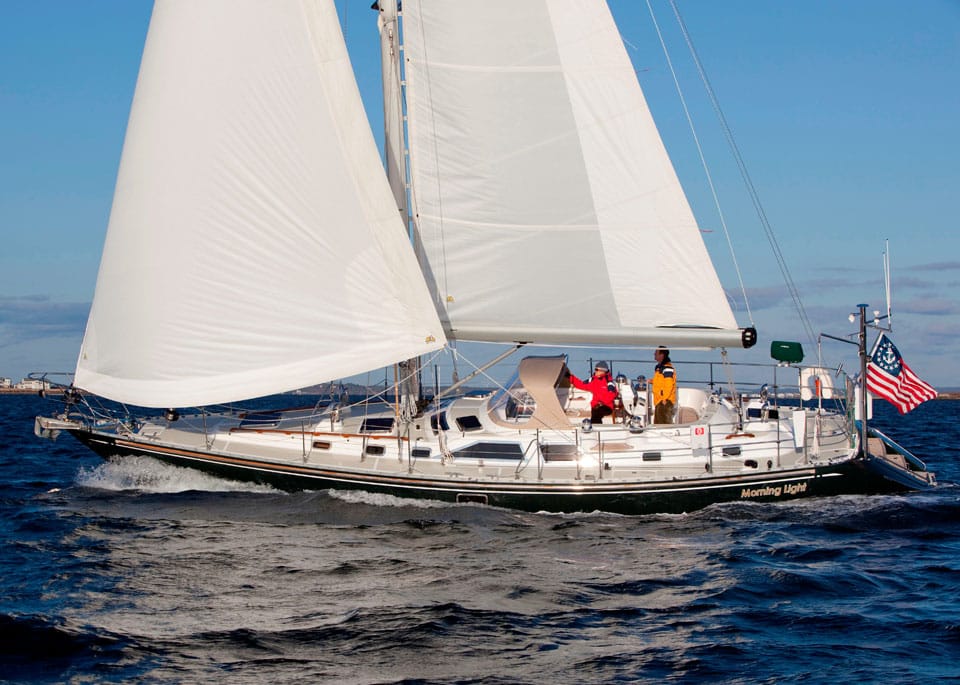
20. Hylas 49
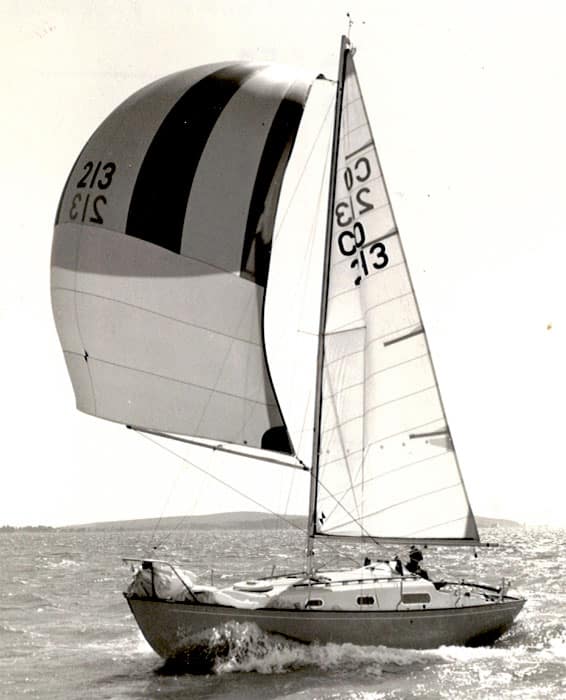
19. Contessa 26
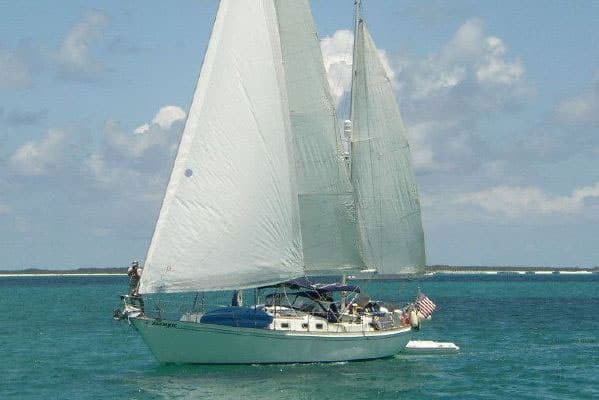
18. Whitby 42
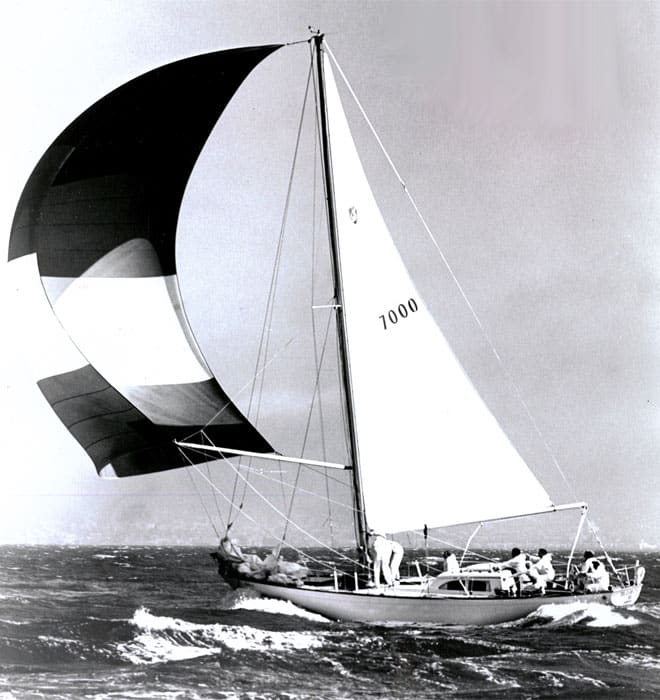
17. Columbia 50
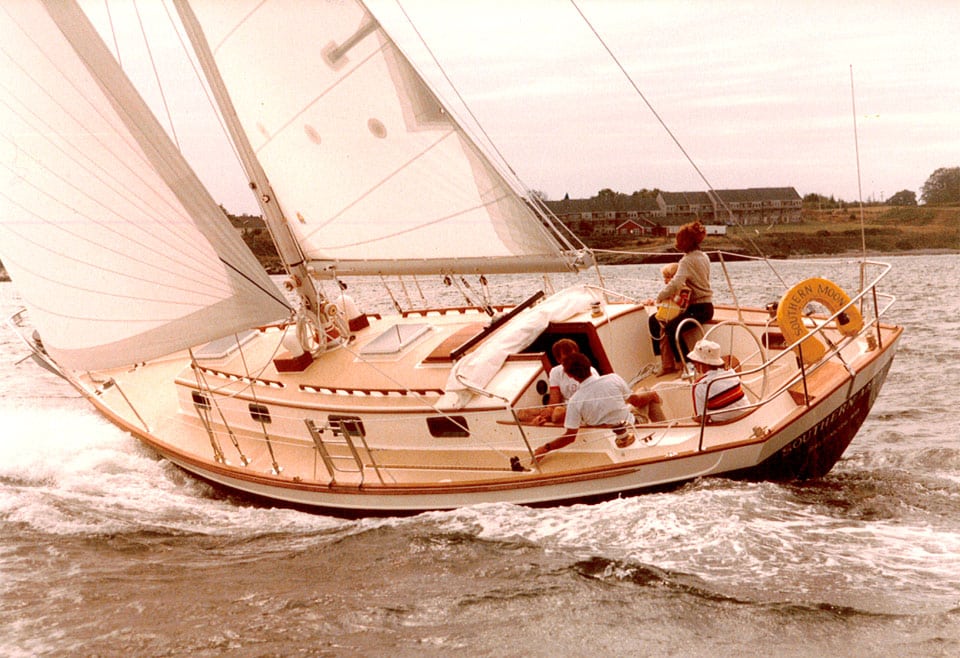
16. Morris 36
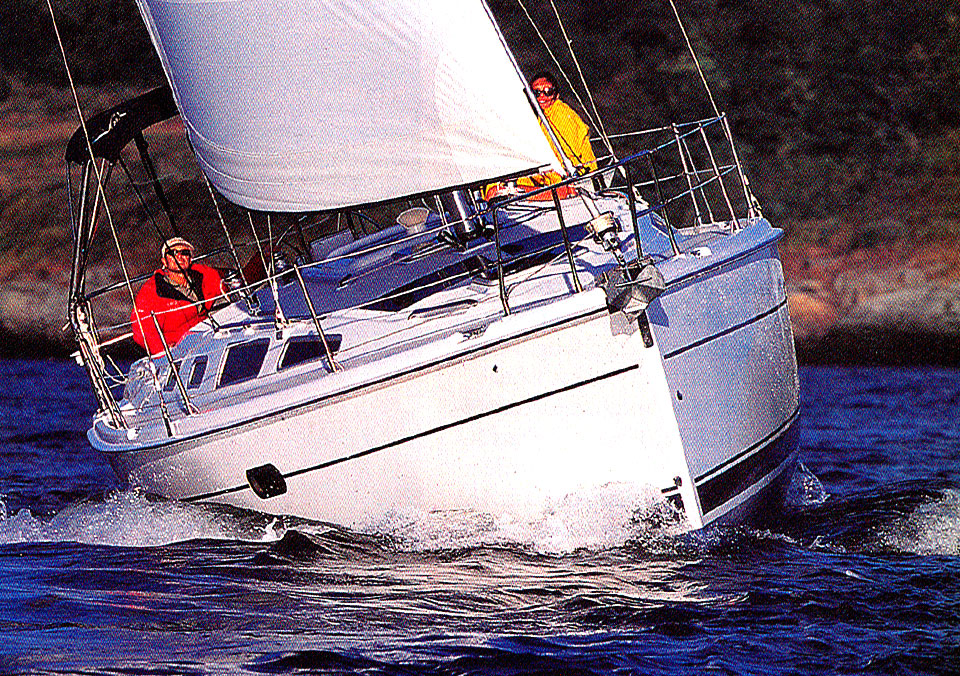
15. Hunter 356
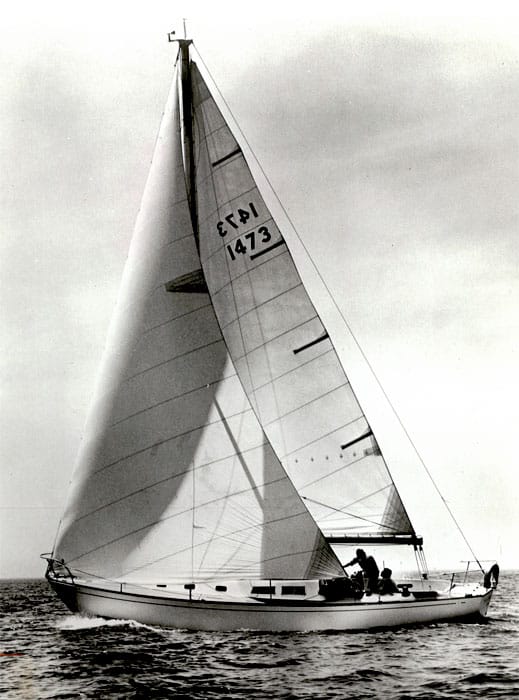
13. Beneteau 423
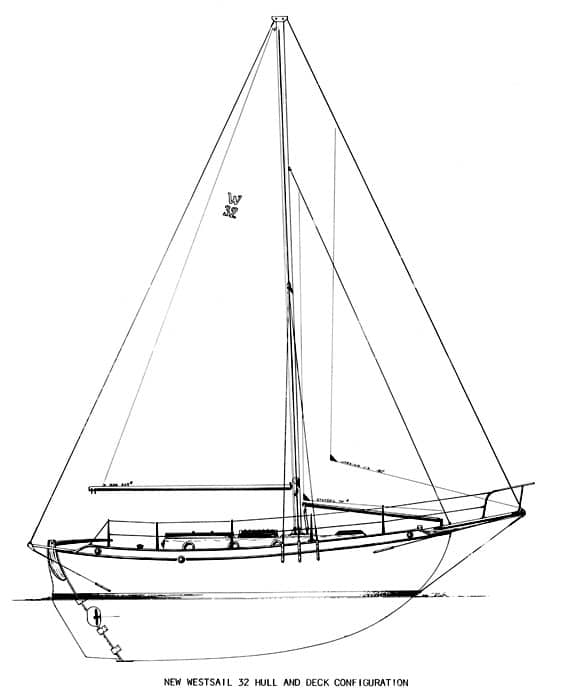
12. Westsail 32
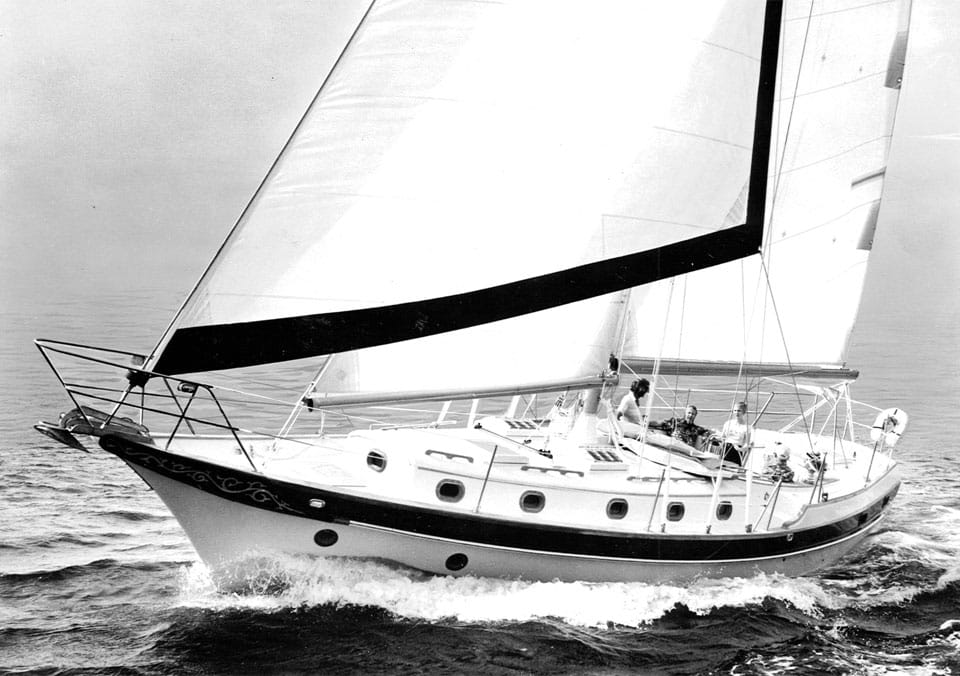
– CHECK THE WEATHER – The weather changes all the time. Always check the forecast and prepare for the worst case. Safety Tip Provided by the U.S. Coast Guard
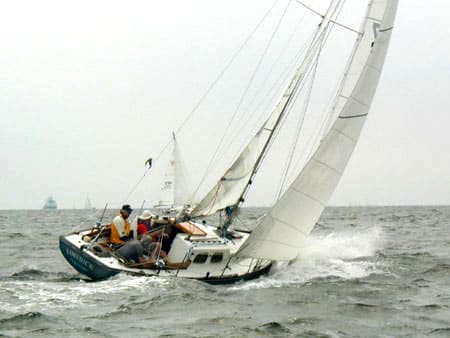
10. Alberg 30
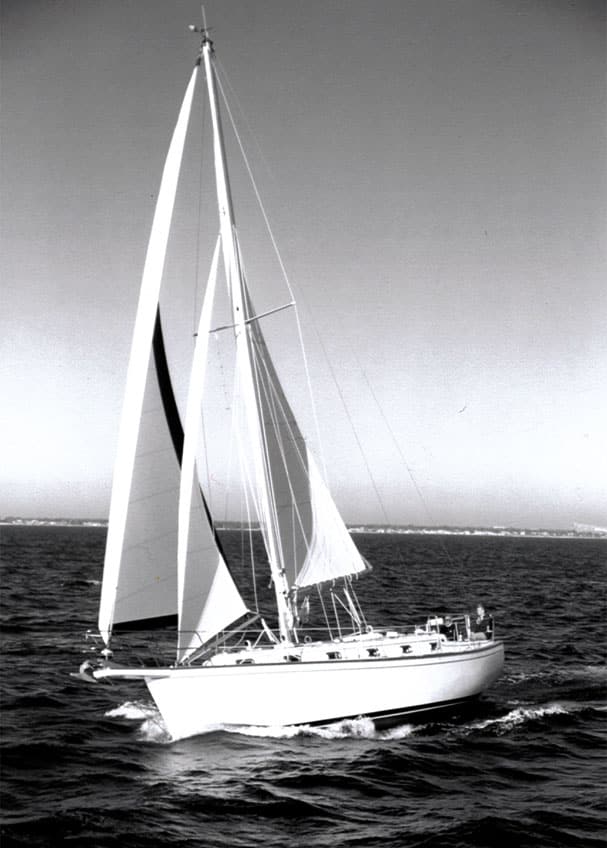
9. Island Packet 38
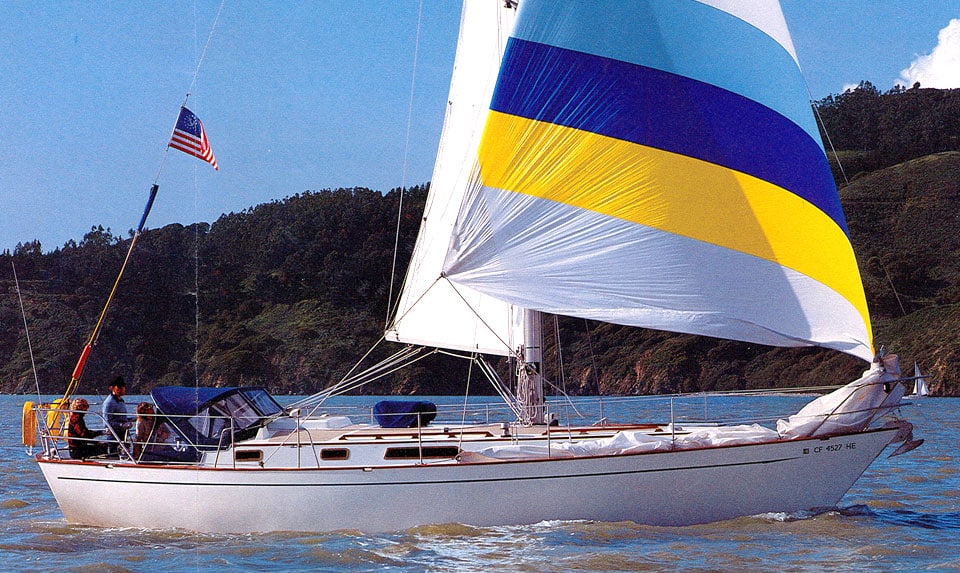
8. Passport 40
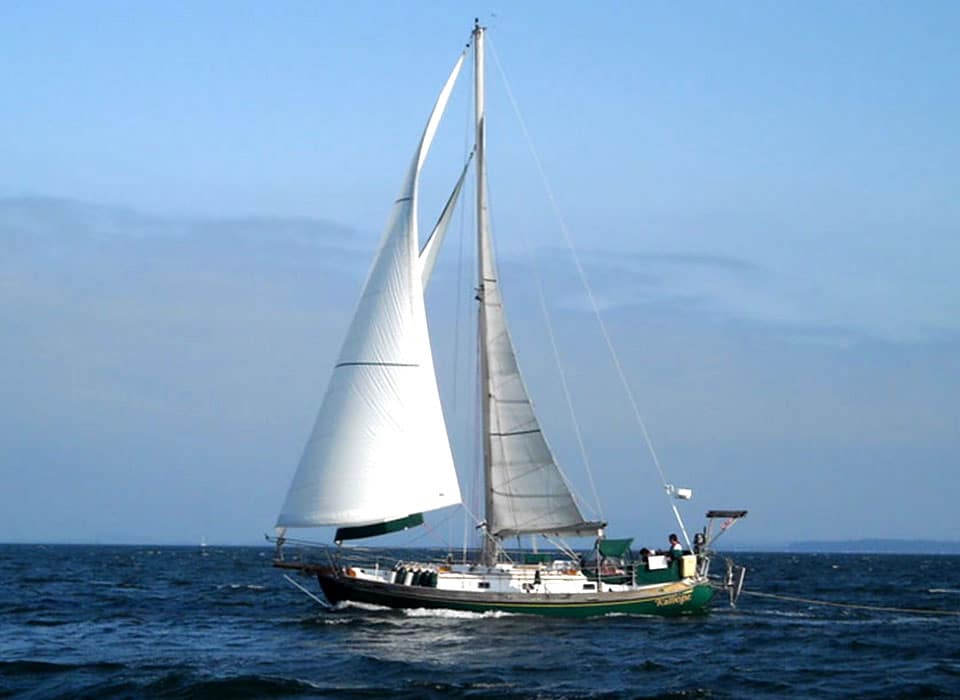
7. Tayana 37
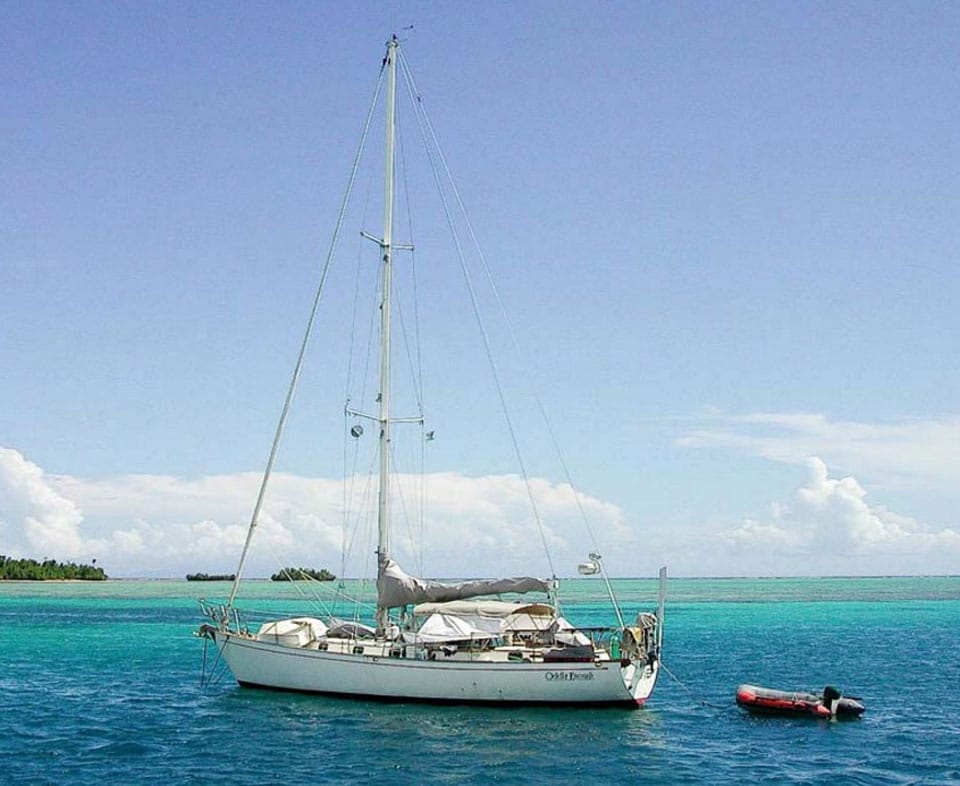
6. Peterson 44
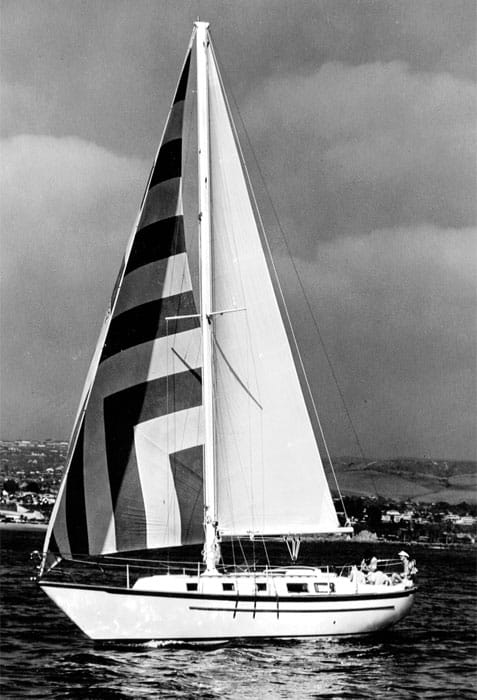
5. Pacific Seacraft 37
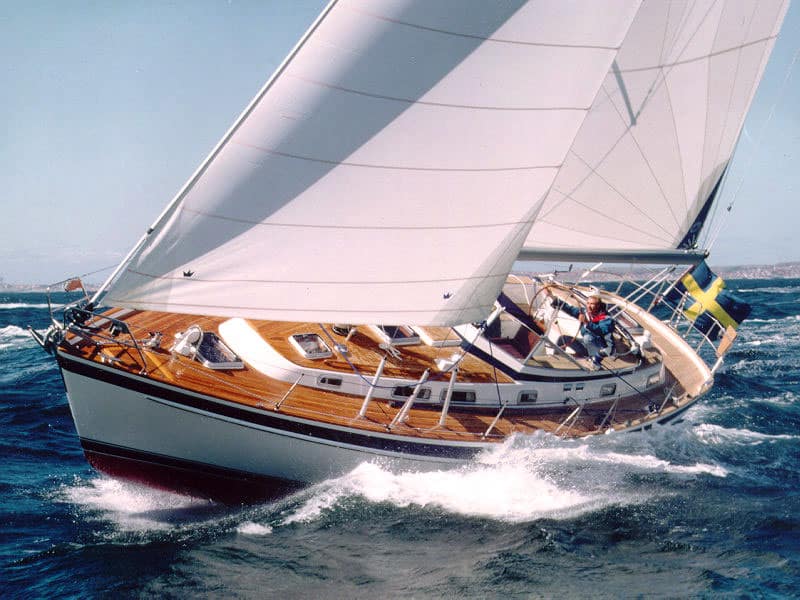
4. Hallberg-Rassy 42
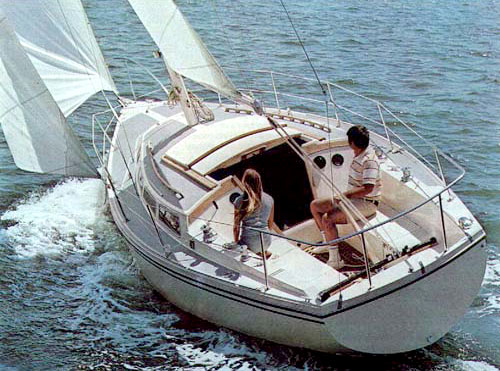
3. Catalina 30
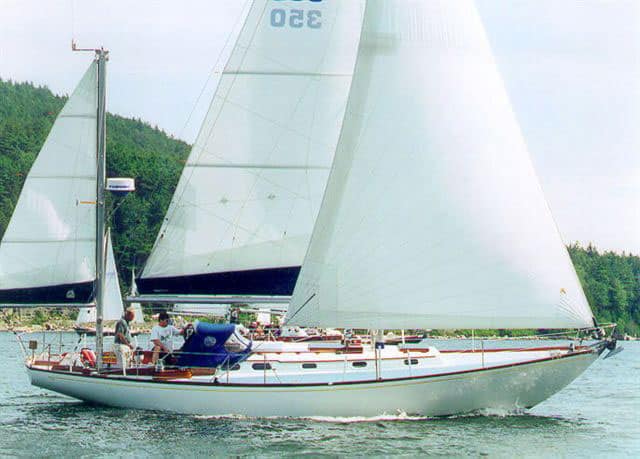
2. Hinckley Bermuda 40
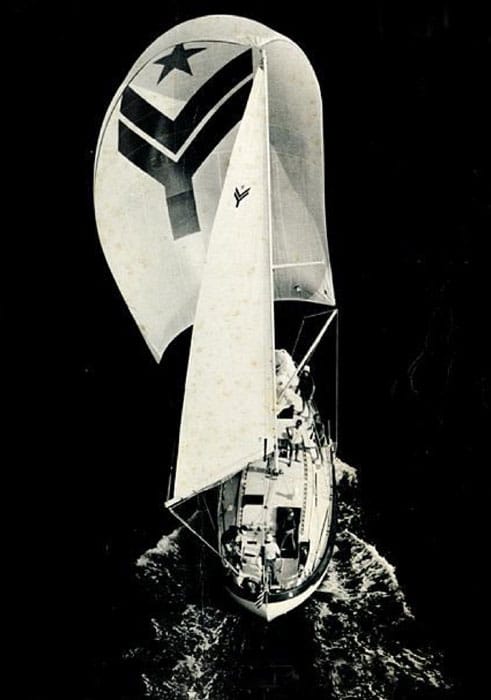
1. Valiant 40
- More: monohull , Sailboats
- More Sailboats
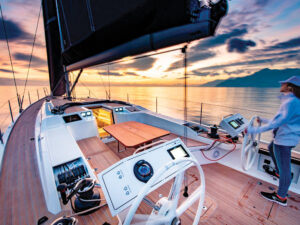
Sailboat Review: Italia Yachts 14.98
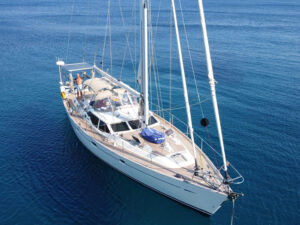
For Sale: 2000 Oyster 53
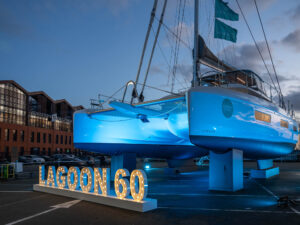
Lagoon 60 Prepares for World Premiere
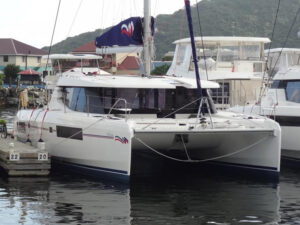
Now For Sale: Leopard 45
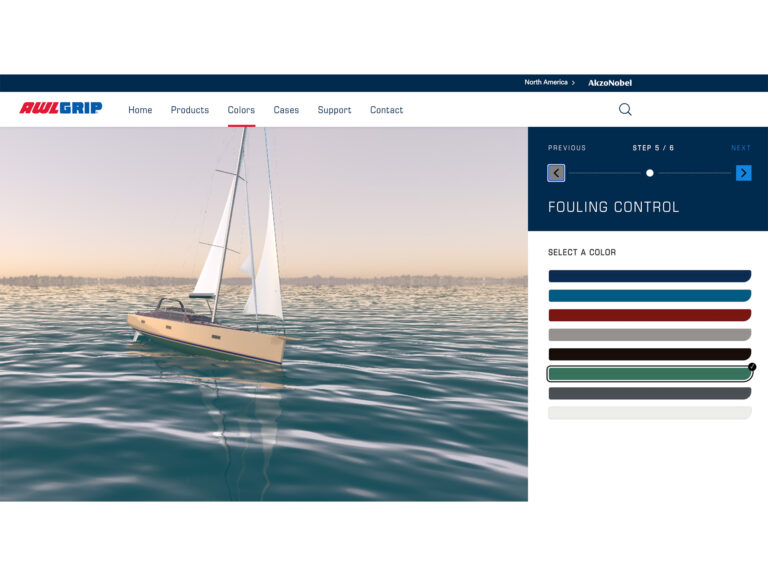
Awlgrip Unveils 3D Color Visualizer
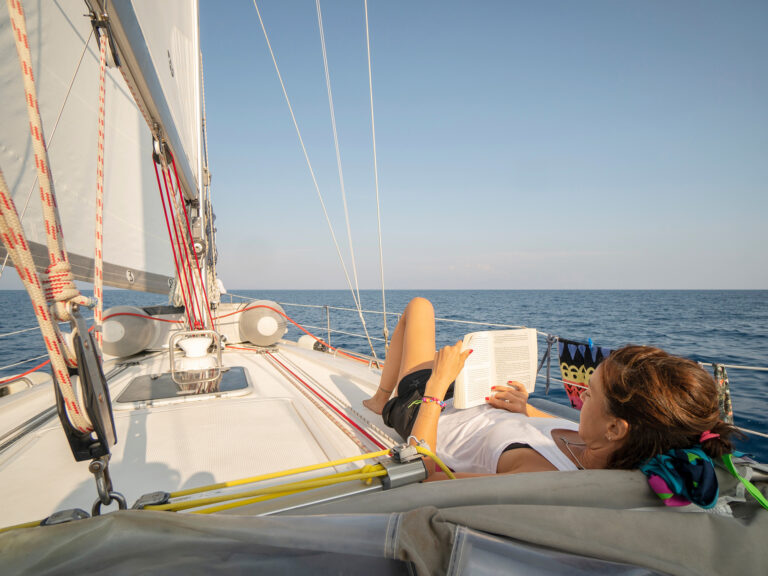
7 Great Reads for Summer Sailing
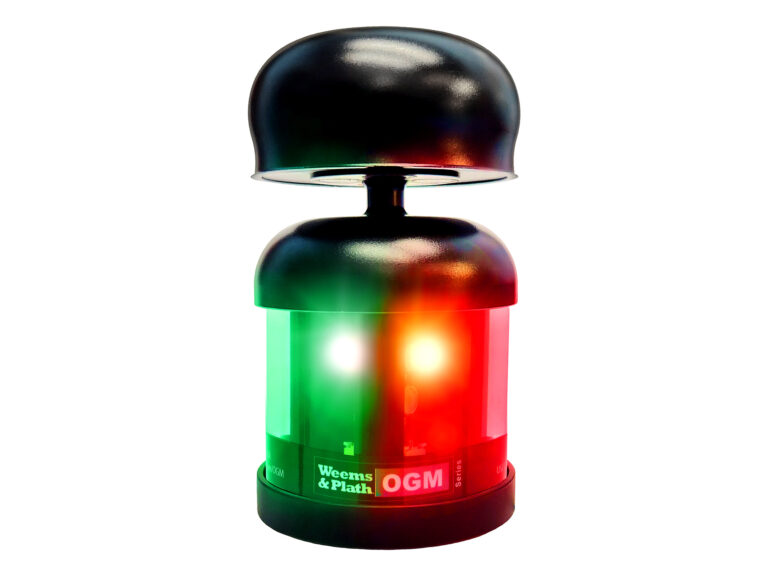
Weems & Plath Introduces BrightWind

Dodging Storms, Chasing Thrills in French Polynesia
- Digital Edition
- Customer Service
- Privacy Policy
- Email Newsletters
- Cruising World
- Sailing World
- Salt Water Sportsman
- Sport Fishing
- Wakeboarding
The Ultimate Guide to Sail Types and Rigs (with Pictures)
What's that sail for? Generally, I don't know. So I've come up with a system. I'll explain you everything there is to know about sails and rigs in this article.
What are the different types of sails? Most sailboats have one mainsail and one headsail. Typically, the mainsail is a fore-and-aft bermuda rig (triangular shaped). A jib or genoa is used for the headsail. Most sailors use additional sails for different conditions: the spinnaker (a common downwind sail), gennaker, code zero (for upwind use), and stormsail.
Each sail has its own use. Want to go downwind fast? Use a spinnaker. But you can't just raise any sail and go for it. It's important to understand when (and how) to use each sail. Your rigging also impacts what sails you can use.

On this page:
Different sail types, the sail plan of a bermuda sloop, mainsail designs, headsail options, specialty sails, complete overview of sail uses, mast configurations and rig types.
This article is part 1 of my series on sails and rig types. Part 2 is all about the different types of rigging. If you want to learn to identify every boat you see quickly, make sure to read it. It really explains the different sail plans and types of rigging clearly.

Guide to Understanding Sail Rig Types (with Pictures)
First I'll give you a quick and dirty overview of sails in this list below. Then, I'll walk you through the details of each sail type, and the sail plan, which is the godfather of sail type selection so to speak.
Click here if you just want to scroll through a bunch of pictures .
Here's a list of different models of sails: (Don't worry if you don't yet understand some of the words, I'll explain all of them in a bit)
- Jib - triangular staysail
- Genoa - large jib that overlaps the mainsail
- Spinnaker - large balloon-shaped downwind sail for light airs
- Gennaker - crossover between a Genoa and Spinnaker
- Code Zero or Screecher - upwind spinnaker
- Drifter or reacher - a large, powerful, hanked on genoa, but made from lightweight fabric
- Windseeker - tall, narrow, high-clewed, and lightweight jib
- Trysail - smaller front-and-aft mainsail for heavy weather
- Storm jib - small jib for heavy weather
I have a big table below that explains the sail types and uses in detail .
I know, I know ... this list is kind of messy, so to understand each sail, let's place them in a system.
The first important distinction between sail types is the placement . The mainsail is placed aft of the mast, which simply means behind. The headsail is in front of the mast.
Generally, we have three sorts of sails on our boat:
- Mainsail: The large sail behind the mast which is attached to the mast and boom
- Headsail: The small sail in front of the mast, attached to the mast and forestay (ie. jib or genoa)
- Specialty sails: Any special utility sails, like spinnakers - large, balloon-shaped sails for downwind use
The second important distinction we need to make is the functionality . Specialty sails (just a name I came up with) each have different functionalities and are used for very specific conditions. So they're not always up, but most sailors carry one or more of these sails.
They are mostly attached in front of the headsail, or used as a headsail replacement.
The specialty sails can be divided into three different categories:
- downwind sails - like a spinnaker
- light air or reacher sails - like a code zero
- storm sails

The parts of any sail
Whether large or small, each sail consists roughly of the same elements. For clarity's sake I've took an image of a sail from the world wide webs and added the different part names to it:

- Head: Top of the sail
- Tack: Lower front corner of the sail
- Foot: Bottom of the sail
- Luff: Forward edge of the sail
- Leech: Back edge of the sail
- Clew: Bottom back corner of the sail
So now we speak the same language, let's dive into the real nitty gritty.
Basic sail shapes
Roughly speaking, there are actually just two sail shapes, so that's easy enough. You get to choose from:
- square rigged sails
- fore-and-aft rigged sails
I would definitely recommend fore-and-aft rigged sails. Square shaped sails are pretty outdated. The fore-and-aft rig offers unbeatable maneuverability, so that's what most sailing yachts use nowadays.

Square sails were used on Viking longships and are good at sailing downwind. They run from side to side. However, they're pretty useless upwind.
A fore-and-aft sail runs from the front of the mast to the stern. Fore-and-aft literally means 'in front and behind'. Boats with fore-and-aft rigged sails are better at sailing upwind and maneuvering in general. This type of sail was first used on Arabic boats.
As a beginner sailor I confuse the type of sail with rigging all the time. But I should cut myself some slack, because the rigging and sails on a boat are very closely related. They are all part of the sail plan .
A sail plan is made up of:
- Mast configuration - refers to the number of masts and where they are placed
- Sail type - refers to the sail shape and functionality
- Rig type - refers to the way these sails are set up on your boat
There are dozens of sails and hundreds of possible configurations (or sail plans).
For example, depending on your mast configuration, you can have extra headsails (which then are called staysails).
The shape of the sails depends on the rigging, so they overlap a bit. To keep it simple I'll first go over the different sail types based on the most common rig. I'll go over the other rig types later in the article.
Bermuda Sloop: the most common rig
Most modern small and mid-sized sailboats have a Bermuda sloop configuration . The sloop is one-masted and has two sails, which are front-and-aft rigged. This type of rig is also called a Marconi Rig. The Bermuda rig uses a triangular sail, with just one side of the sail attached to the mast.
The mainsail is in use most of the time. It can be reefed down, making it smaller depending on the wind conditions. It can be reefed down completely, which is more common in heavy weather. (If you didn't know already: reefing is skipper terms for rolling or folding down a sail.)
In very strong winds (above 30 knots), most sailors only use the headsail or switch to a trysail.

The headsail powers your bow, the mainsail powers your stern (rear). By having two sails, you can steer by using only your sails (in theory - it requires experience). In any case, two sails gives you better handling than one, but is still easy to operate.
Let's get to the actual sails. The mainsail is attached behind the mast and to the boom, running to the stern. There are multiple designs, but they actually don't differ that much. So the following list is a bit boring. Feel free to skip it or quickly glance over it.
- Square Top racing mainsail - has a high performance profile thanks to the square top, optional reef points
- Racing mainsail - made for speed, optional reef points
- Cruising mainsail - low-maintenance, easy to use, made to last. Generally have one or multiple reef points.
- Full-Batten Cruising mainsail - cruising mainsail with better shape control. Eliminates flogging. Full-length battens means the sail is reinforced over the entire length. Generally have one or multiple reef points.
- High Roach mainsail - crossover between square top racing and cruising mainsail, used mostly on cats and multihulls. Generally have one or multiple reef points.
- Mast Furling mainsail - sails specially made to roll up inside the mast - very convenient but less control; of sail shape. Have no reef points
- Boom Furling mainsail - sails specially made to roll up inside the boom. Have no reef points.
The headsail is the front sail in a front-and-aft rig. The sail is fixed on a stay (rope, wire or rod) which runs forward to the deck or bowsprit. It's almost always triangular (Dutch fishermen are known to use rectangular headsail). A triangular headsail is also called a jib .
Headsails can be attached in two ways:
- using roller furlings - the sail rolls around the headstay
- hank on - fixed attachment
Types of jibs:
Typically a sloop carries a regular jib as its headsail. It can also use a genoa.
- A jib is a triangular staysail set in front of the mast. It's the same size as the fore-triangle.
- A genoa is a large jib that overlaps the mainsail.
What's the purpose of a jib sail? A jib is used to improve handling and to increase sail area on a sailboat. This helps to increase speed. The jib gives control over the bow (front) of the ship, making it easier to maneuver the ship. The mainsail gives control over the stern of the ship. The jib is the headsail (frontsail) on a front-and-aft rig.
The size of the jib is generally indicated by a number - J1, 2, 3, and so on. The number tells us the attachment point. The order of attachment points may differ per sailmaker, so sometimes J1 is the largest jib (on the longest stay) and sometimes it's the smallest (on the shortest stay). Typically the J1 jib is the largest - and the J3 jib the smallest.
Most jibs are roller furling jibs: this means they are attached to a stay and can be reefed down single-handedly. If you have a roller furling you can reef down the jib to all three positions and don't need to carry different sizes.

Originally called the 'overlapping jib', the leech of the genoa extends aft of the mast. This increases speed in light and moderate winds. A genoa is larger than the total size of the fore-triangle. How large exactly is indicated by a percentage.
- A number 1 genoa is typically 155% (it used to be 180%)
- A number 2 genoa is typically 125-140%
Genoas are typically made from 1.5US/oz polyester spinnaker cloth, or very light laminate.

This is where it gets pretty interesting. You can use all kinds of sails to increase speed, handling, and performance for different weather conditions.
Some rules of thumb:
- Large sails are typically good for downwind use, small sails are good for upwind use.
- Large sails are good for weak winds (light air), small sails are good for strong winds (storms).
Downwind sails
Thanks to the front-and-aft rig sailboats are easier to maneuver, but they catch less wind as well. Downwind sails are used to offset this by using a large sail surface, pulling a sailboat downwind. They can be hanked on when needed and are typically balloon shaped.
Here are the most common downwind sails:
- Big gennaker
- Small gennaker
A free-flying sail that fills up with air, giving it a balloon shape. Spinnakers are generally colorful, which is why they look like kites. This downwind sail has the largest sail area, and it's capable of moving a boat with very light wind. They are amazing to use on trade wind routes, where they can help you make quick progress.
Spinnakers require special rigging. You need a special pole and track on your mast. You attach the sail at three points: in the mast head using a halyard, on a pole, and on a sheet.
The spinnaker is symmetrical, meaning the luff is as long as its leech. It's designed for broad reaching.

Gennaker or cruising spinnaker
The Gennaker is a cross between the genoa and the spinnaker. It has less downwind performance than the spinnaker. It is a bit smaller, making it slower, but also easier to handle - while it remains very capable. The cruising spinnaker is designed for broad reaching.
The gennaker is a smaller, asymmetric spinnaker that's doesn't require a pole or track on the mast. Like the spinnaker, and unlike the genoa, the gennaker is set flying. Asymmetric means its luff is longer than its leech.
You can get big and small gennakers (roughly 75% and 50% the size of a true spinnaker).
Also called ...
- the cruising spinnaker
- cruising chute
- pole-less spinnaker
- SpinDrifter
... it's all the same sail.

Light air sails
There's a bit of overlap between the downwind sails and light air sails. Downwind sails can be used as light air sails, but not all light air sails can be used downwind.
Here are the most common light air sails:
- Spinnaker and gennaker
Drifter reacher
Code zero reacher.
A drifter (also called a reacher) is a lightweight, larger genoa for use in light winds. It's roughly 150-170% the size of a genoa. It's made from very lightweight laminated spinnaker fabric (1.5US/oz).
Thanks to the extra sail area the sail offers better downwind performance than a genoa. It's generally made from lightweight nylon. Thanks to it's genoa characteristics the sail is easier to use than a cruising spinnaker.
The code zero reacher is officially a type of spinnaker, but it looks a lot like a large genoa. And that's exactly what it is: a hybrid cross between the genoa and the asymmetrical spinnaker (gennaker). The code zero however is designed for close reaching, making it much flatter than the spinnaker. It's about twice the size of a non-overlapping jib.

A windseeker is a small, free-flying staysail for super light air. It's tall and thin. It's freestanding, so it's not attached to the headstay. The tack attaches to a deck pad-eye. Use your spinnakers' halyard to raise it and tension the luff.
It's made from nylon or polyester spinnaker cloth (0.75 to 1.5US/oz).
It's designed to guide light air onto the lee side of the main sail, ensuring a more even, smooth flow of air.
Stormsails are stronger than regular sails, and are designed to handle winds of over 45 knots. You carry them to spare the mainsail. Sails
A storm jib is a small triangular staysail for use in heavy weather. If you participate in offshore racing you need a mandatory orange storm jib. It's part of ISAF's requirements.
A trysail is a storm replacement for the mainsail. It's small, triangular, and it uses a permanently attached pennant. This allows it to be set above the gooseneck. It's recommended to have a separate track on your mast for it - you don't want to fiddle around when you actually really need it to be raised ... now.

Why Use Different Sails At All?
You could just get the largest furling genoa and use it on all positions. So why would you actually use different types of sails?
The main answer to that is efficiency . Some situations require other characteristics.
Having a deeply reefed genoa isn't as efficient as having a small J3. The reef creates too much draft in the sail, which increases heeling. A reefed down mainsail in strong winds also increases heeling. So having dedicated (storm) sails is probably a good thing, especially if you're planning more demanding passages or crossings.
But it's not just strong winds, but also light winds that can cause problems. Heavy sails will just flap around like laundry in very light air. So you need more lightweight fabrics to get you moving.
What Are Sails Made Of?
The most used materials for sails nowadays are:
- Dacron - woven polyester
- woven nylon
- laminated fabrics - increasingly popular
Sails used to be made of linen. As you can imagine, this is terrible material on open seas. Sails were rotting due to UV and saltwater. In the 19th century linen was replaced by cotton.
It was only in the 20th century that sails were made from synthetic fibers, which were much stronger and durable. Up until the 1980s most sails were made from Dacron. Nowadays, laminates using yellow aramids, Black Technora, carbon fiber and Spectra yarns are more and more used.
Laminates are as strong as Dacron, but a lot lighter - which matters with sails weighing up to 100 kg (220 pounds).
By the way: we think that Viking sails were made from wool and leather, which is quite impressive if you ask me.
In this section of the article I give you a quick and dirty summary of different sail plans or rig types which will help you to identify boats quickly. But if you want to really understand it clearly, I really recommend you read part 2 of this series, which is all about different rig types.
You can't simply count the number of masts to identify rig type But you can identify any rig type if you know what to look for. We've created an entire system for recognizing rig types. Let us walk you through it. Read all about sail rig types
As I've said earlier, there are two major rig types: square rigged and fore-and-aft. We can divide the fore-and-aft rigs into three groups:
- Bermuda rig (we have talked about this one the whole time) - has a three-sided mainsail
- Gaff rig - has a four-sided mainsail, the head of the mainsail is guided by a gaff
- Lateen rig - has a three-sided mainsail on a long yard

There are roughly four types of boats:
- one masted boats - sloop, cutter
- two masted boats - ketch, schooner, brig
- three masted - barque
- fully rigged or ship rigged - tall ship
Everything with four masts is called a (tall) ship. I think it's outside the scope of this article, but I have written a comprehensive guide to rigging. I'll leave the three and four-masted rigs for now. If you want to know more, I encourage you to read part 2 of this series.
One-masted rigs
Boats with one mast can have either one sail, two sails, or three or more sails.
The 3 most common one-masted rigs are:
- Cat - one mast, one sail
- Sloop - one mast, two sails
- Cutter - one mast, three or more sails
1. Gaff Cat

2. Gaff Sloop

Two-masted rigs
Two-masted boats can have an extra mast in front or behind the main mast. Behind (aft of) the main mast is called a mizzen mast . In front of the main mast is called a foremast .
The 5 most common two-masted rigs are:
- Lugger - two masts (mizzen), with lugsail (cross between gaff rig and lateen rig) on both masts
- Yawl - two masts (mizzen), fore-and-aft rigged on both masts. Main mast much taller than mizzen. Mizzen without mainsail.
- Ketch - two masts (mizzen), fore-and-aft rigged on both masts. Main mast with only slightly smaller mizzen. Mizzen has mainsail.
- Schooner - two masts (foremast), generally gaff rig on both masts. Main mast with only slightly smaller foremast. Sometimes build with three masts, up to seven in the age of sail.
- Brig - two masts (foremast), partially square-rigged. Main mast carries small lateen rigged sail.

4. Schooner

5. Brigantine

This article is part 1 of a series about sails and rig types If you want to read on and learn to identify any sail plans and rig type, we've found a series of questions that will help you do that quickly. Read all about recognizing rig types
Related Questions
What is the difference between a gennaker & spinnaker? Typically, a gennaker is smaller than a spinnaker. Unlike a spinnaker, a gennaker isn't symmetric. It's asymmetric like a genoa. It is however rigged like a spinnaker; it's not attached to the forestay (like a jib or a genoa). It's a downwind sail, and a cross between the genoa and the spinnaker (hence the name).
What is a Yankee sail? A Yankee sail is a jib with a high-cut clew of about 3' above the boom. A higher-clewed jib is good for reaching and is better in high waves, preventing the waves crash into the jibs foot. Yankee jibs are mostly used on traditional sailboats.
How much does a sail weigh? Sails weigh anywhere between 4.5-155 lbs (2-70 kg). The reason is that weight goes up exponentially with size. Small boats carry smaller sails (100 sq. ft.) made from thinner cloth (3.5 oz). Large racing yachts can carry sails of up to 400 sq. ft., made from heavy fabric (14 oz), totaling at 155 lbs (70 kg).
What's the difference between a headsail and a staysail? The headsail is the most forward of the staysails. A boat can only have one headsail, but it can have multiple staysails. Every staysail is attached to a forward running stay. However, not every staysail is located at the bow. A stay can run from the mizzen mast to the main mast as well.
What is a mizzenmast? A mizzenmast is the mast aft of the main mast (behind; at the stern) in a two or three-masted sailing rig. The mizzenmast is shorter than the main mast. It may carry a mainsail, for example with a ketch or lugger. It sometimes doesn't carry a mainsail, for example with a yawl, allowing it to be much shorter.
Special thanks to the following people for letting me use their quality photos: Bill Abbott - True Spinnaker with pole - CC BY-SA 2.0 lotsemann - Volvo Ocean Race Alvimedica and the Code Zero versus SCA and the J1 - CC BY-SA 2.0 Lisa Bat - US Naval Academy Trysail and Storm Jib dry fit - CC BY-SA 2.0 Mike Powell - White gaff cat - CC BY-SA 2.0 Anne Burgess - Lugger The Reaper at Scottish Traditional Boat Festival
Hi, I stumbled upon your page and couldn’t help but notice some mistakes in your description of spinnakers and gennakers. First of all, in the main photo on top of this page the small yacht is sailing a spinnaker, not a gennaker. If you look closely you can see the spinnaker pole standing on the mast, visible between the main and headsail. Further down, the discription of the picture with the two German dinghies is incorrect. They are sailing spinnakers, on a spinnaker pole. In the farthest boat, you can see a small piece of the pole. If needed I can give you the details on the difference between gennakers and spinnakers correctly?
Hi Shawn, I am living in Utrecht I have an old gulf 32 and I am sailing in merkmeer I find your articles very helpful Thanks
Thank you for helping me under stand all the sails there names and what there functions were and how to use them. I am planning to build a trimaran 30’ what would be the best sails to have I plan to be coastal sailing with it. Thank you
Hey Comrade!
Well done with your master piece blogging. Just a small feedback. “The jib gives control over the bow of the ship, making it easier to maneuver the ship. The mainsail gives control over the stern of the ship.” Can you please first tell the different part of a sail boat earlier and then talk about bow and stern later in the paragraph. A reader has no clue on the newly introduced terms. It helps to keep laser focused and not forget main concepts.
Shawn, I am currently reading How to sail around the World” by Hal Roth. Yes, I want to sail around the world. His book is truly grounded in real world experience but like a lot of very knowledgable people discussing their area of expertise, Hal uses a lot of terms that I probably should have known but didn’t, until now. I am now off to read your second article. Thank You for this very enlightening article on Sail types and their uses.
Shawn Buckles
HI CVB, that’s a cool plan. Thanks, I really love to hear that. I’m happy that it was helpful to you and I hope you are of to a great start for your new adventure!
Hi GOWTHAM, thanks for the tip, I sometimes forget I haven’t specified the new term. I’ve added it to the article.
Nice article and video; however, you’re mixing up the spinnaker and the gennaker.
A started out with a question. What distinguishes a brig from a schooner? Which in turn led to follow-up questions: I know there are Bermuda rigs and Latin rig, are there more? Which in turn led to further questions, and further, and further… This site answers them all. Wonderful work. Thank you.
Great post and video! One thing was I was surprised how little you mentioned the Ketch here and not at all in the video or chart, and your sample image is a large ship with many sails. Some may think Ketch’s are uncommon, old fashioned or only for large boats. Actually Ketch’s are quite common for cruisers and live-aboards, especially since they often result in a center cockpit layout which makes for a very nice aft stateroom inside. These are almost exclusively the boats we are looking at, so I was surprised you glossed over them.
Love the article and am finding it quite informative.
While I know it may seem obvious to 99% of your readers, I wish you had defined the terms “upwind” and “downwind.” I’m in the 1% that isn’t sure which one means “with the wind” (or in the direction the wind is blowing) and which one means “against the wind” (or opposite to the way the wind is blowing.)
paul adriaan kleimeer
like in all fields of syntax and terminology the terms are colouual meaning local and then spead as the technology spread so an history lesson gives a floral bouque its colour and in the case of notical terms span culture and history adds an detail that bring reverence to the study simply more memorable.
Hi, I have a small yacht sail which was left in my lock-up over 30 years ago I basically know nothing about sails and wondered if you could spread any light as to the make and use of said sail. Someone said it was probably originally from a Wayfayer wooden yacht but wasn’t sure. Any info would be must appreciated and indeed if would be of any use to your followers? I can provide pics but don’t see how to include them at present
kind regards
Leave a comment
You may also like, 17 sailboat types explained: how to recognize them.
Ever wondered what type of sailboat you're looking at? Identifying sailboats isn't hard, you just have to know what to look for. In this article, I'll help you.

How Much Sailboats Cost On Average (380+ Prices Compared)
Own your first boat within a year on any budget.
A sailboat doesn't have to be expensive if you know what you're doing. If you want to learn how to make your sailing dream reality within a year, leave your email and I'll send you free updates . I don't like spam - I will only send helpful content.
Ready to Own Your First Boat?
Just tell us the best email address to send your tips to:
Boat Brands and Manufacturers
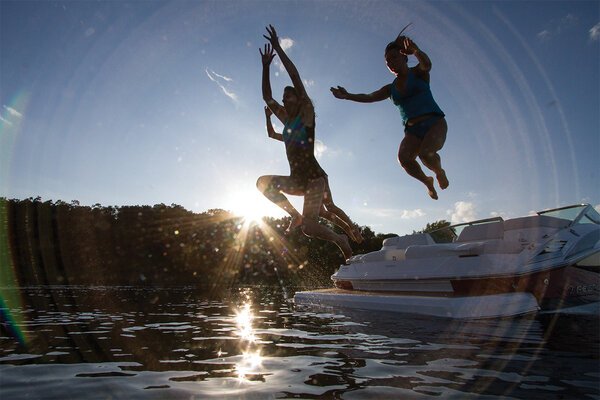
Boat Brands and Boat Manufacturers
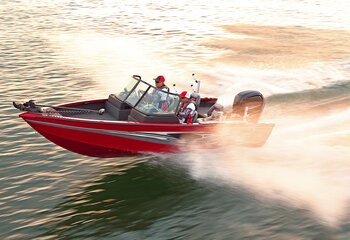
All-Purpose Fishing Boats
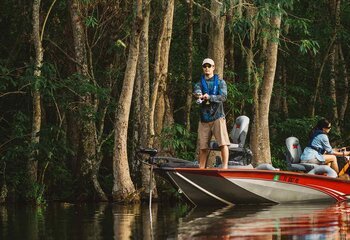
Aluminum Fishing Boats
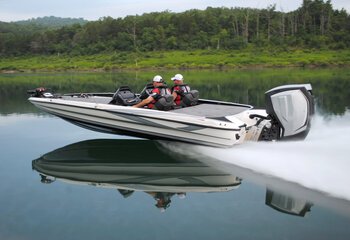
Bay Boats/Flats Boats
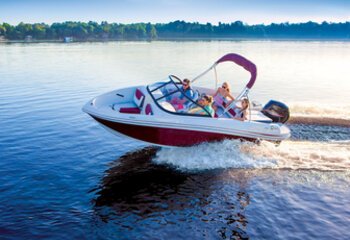
Cabin Cruisers
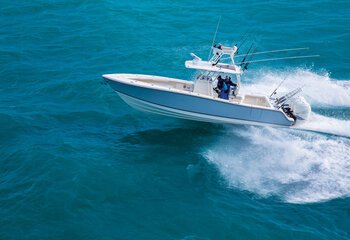
Center Consoles
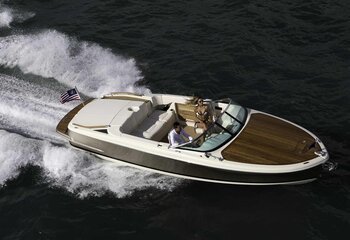
Cuddy Cabins
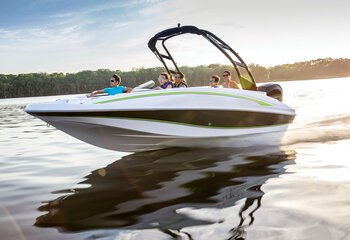
Fish-and-Ski
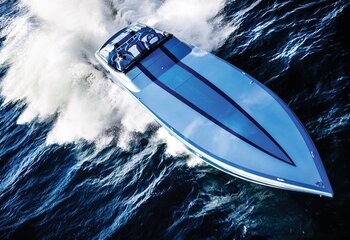
High Performance Boats
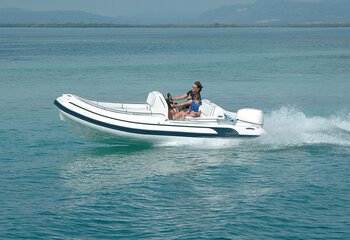
Inflatables
Motor Yachts/Power Cruisers
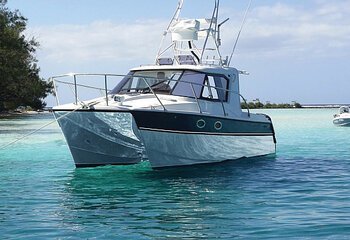
Multi-Hull Power Boats
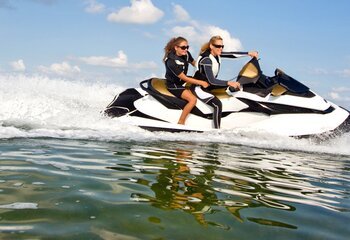
Personal Watercraft
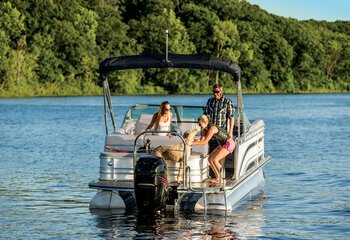
Pontoon Boats
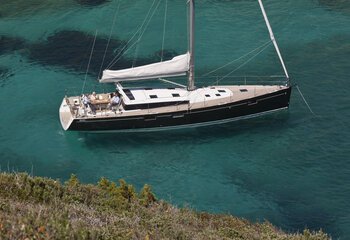
Ski Boats/Wake Boats
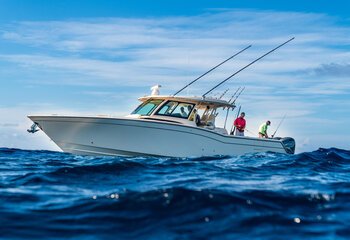
Sportfishing Yachts
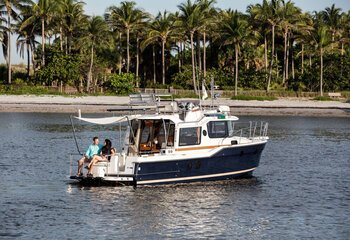
Walkarounds
Built for versatility, these boats can be used in both salt water and freshwater. They are designed to navigate many different types of waterways so you can pursue many different species of fish.
EXPLORE NOW
Small lightweight and, durable trailer boats made of aluminum are most often used for freshwater fishing. Generally very simple craft, featuring riveted or welded aluminum hulls and bench seating, they can be operated in fish-friendly places - shallow water, coves, inlets - not many other boats can reach. Powered primarily by outboard engines, this type of boat offers both tiller and remote steering options.
Bass boats have low, sleek profiles and are built to fish with two or three anglers on board. The minimum length of bass boats starts with 16 feet and can go up to 26 feet.
These boats are popular in coastal areas where sea trout and redfish live. They can float and run in water less than two feet deep and are ideal for fishing with two to three people on board.
These family boats are the most popular in the runabout/spotboat category and are equipped with extra seats and forward access to the bow, a convenient spot to relax and sun.
Recreational by nature, Cabin Cruisers are generally equipped with cooking, sleeping and bathroom facilities and are ideal for those who want to feel the sun above and the ocean below.
These open fishing boats are built to take rough offshore waters in pursuit of ocean fish. Rod holders, outriggers and other gear are common fittings onboard.
Cuddy cabins are ideal for day cruising, watersports, and other on-the-water activities such as fishing and swimming.
Deck boats have wide deck to carry 8 to 12 or more passengers (like pontoons) but look and perform more like runabouts. They are powerful, too, making them excellent boats for skiing, tubing and wakeboarding.
Dinghies are small, easy-to-transport craft, most often used as companion boats for larger vessels.
This craft allows boaters to enjoy the two most popular on-water activities; fishing and skiing. This family fishing and recreational boat has enough power to pull a skier or two, and to get to the fishing spot in short order.
High performance boats are the sleek sports cars of the boating world, offering high speeds and precise handling to boaters who prefer their thrills full throttle. Marrying big horsepower with sleek hulls results in boats that are equally at home slicing through ocean swells or tearing up inland lakes. Cranking offshore or simply relaxing in a cove, performance boats deliver lots of smiles per hour.
Inflatable boats range in size from 8-foot dinghies for tenders to 30-foot high performance boats. These boats are suitable for saltwater and freshwater fishing, watersports and more.
Like bowriders and deckboats, they offer comfortable seating and sunning areas, plus a speedy and exciting ride. They are distinguished from runabouts by their propulsion system, which is enclosed inside the hull.
Large boats equipped with powerful single or twin engines, these craft are ideal for ocean cruising, navigating large rivers or the Great Lakes, as well as entertaining at the dock, and can stay on the water for days.
Featuring two or three hulls, rather than the more common single hull, multi-hull powerboats include designs for hardcore freshwater and saltwater fishing, as well as recreational and cruising, complete with expected amenities.
Personal watercrafts (PWCs), often known by their brand names of "Jet Ski" or "WaveRunner," have evolved overtime into a broad market now characterized by craft more similar to a snowmobile, featuring a saddle and handlebars and capable of hauling one-to-three passengers.
Pontoon boats give families with younger boaters a secure place to enjoy the ride or toddle about when at anchor, thanks to wide decks and "play pen-like" side rails and gates. When equipped with larger engines they can be as quick as runabouts.
Sailboats differ from other types of boats in that they are propelled partly or entirely by wind; they use sails to transform the power of the wind into power that moves the boat through the water. The term sailboat covers a wide variety of sailing craft, each with its own characteristics and styles.
Carve the morning glass on skis, soar over the wakes on a wakeboard, or surf an endless wave…ski/wake/surf boats are your gateway to fun!
These boats are great for pursuing large fish. Often equipped with sleeping berths, a galley for cooking and plumbing for convenience, they have the capacity to stay on the water for days.
Facilities for sleeping, cooking and plumbing provide boating fun for weekends on the water with family and friends. They can handle big rivers, lakes and oceans on moderate days.
These boats may be the ultimate family fishing boats and are most popular in coastal waters, large bays and the Great Lakes where anglers pursue salmon or offshore ocean species. They are equipped with rod holders, livewells and steps to the forward deck to make it easy to follow a big fish around the boat.
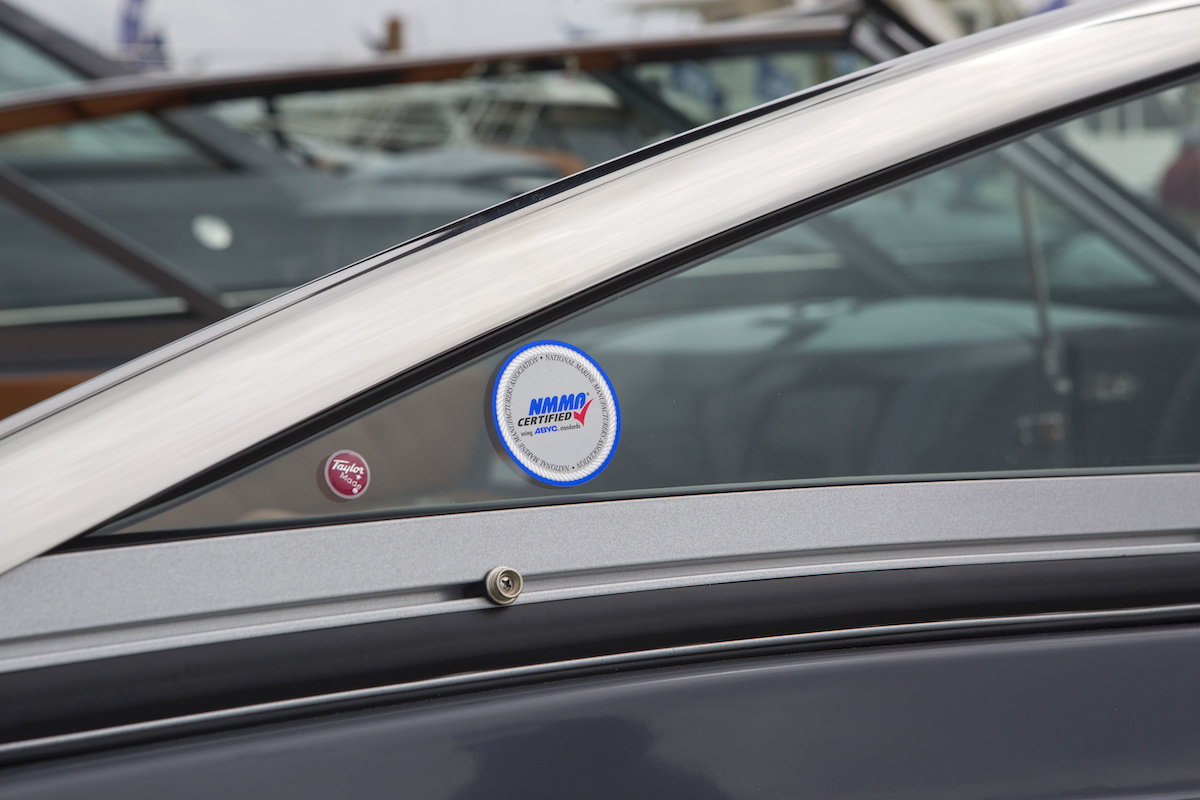
Why Should You Buy a Certified Boat?
Buying a certified boat means that you're buying a level of confidence that can’t be matched in any other way. So, what exactly is a certified boat, and how exactly do you identify one?
Buying Your First Boat Guide
So you’re ready to take the plunge and buy a boat. Download our step-by-step beginner’s guide to get up to speed on all the basics.
Join Our Newsletter!
Get community news, buying bargains, and how-to guides at your fingertips.
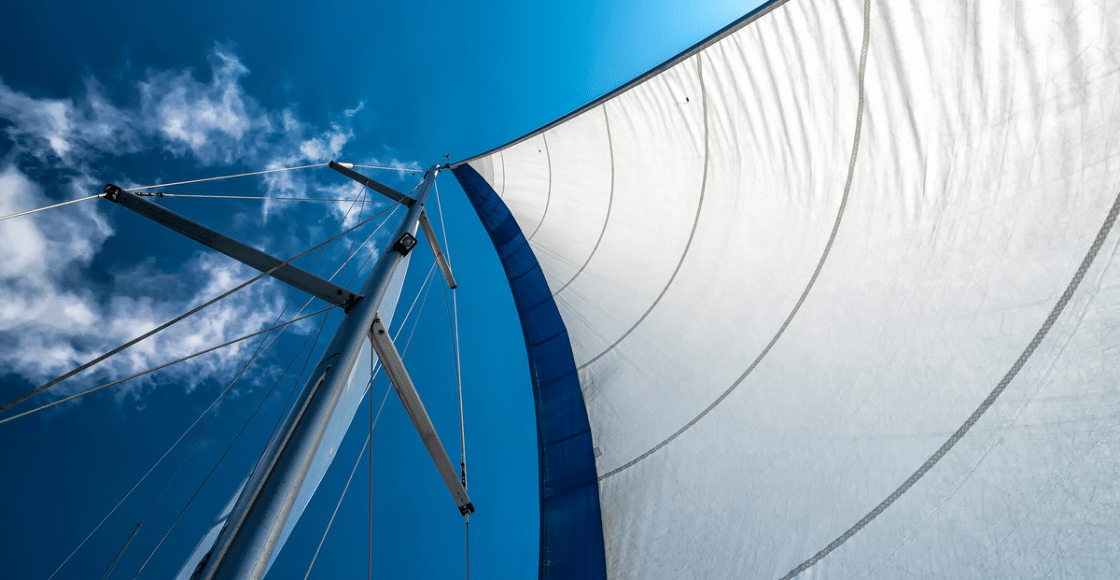
Type Of Sails: A Complete Guide

Table of Contents
Last Updated on September 29, 2023 by Boatsetter Team
If you are approaching sailing and sailboats from a very beginner’s perspective , then the concept of different kinds of sails can be a strange one. We often believe we see one kind of sailboat with one kind of sail, and our simple minds lead us to believe you are only meant to move them around, and you will get to where you need to go.
However, you would not have landed on this article if you did not suspect that there was more to sails and sailboats. So here, you can have a kind of in-depth, kind of summarized review of the different kinds of sails and the most popular sail and mast configurations out there.
It is also important to understand why there are so many different kinds of sails. When you are out on the water, different weather conditions can occur. Your sail acts as a motor of some sort, moving your sailboat forwards, but your sail is also highly dependent on the wind conditions around it. This is why having different kinds of sails can help you navigate your weather conditions and turn them to your own advantage while sailing.
Different sails also come with different danger levels in case of strong wind, so knowing what kinds you might need to watch out for is also extremely important. So, without further ado, let us get into it.
You may have heard of this one before or seen it portrayed in movies and TV shows. As the name suggests, the mainsail is the most popular kind of sail on any sailboat, and they are found behind the mast. They are also attached to the boom. Because they take up so much space on your sailboat, they are also one of the most important sails to take care of and keep an eye on.
Since the mainsail is such a large sail, it does not require too strong a wind to propel it forward , as its large surface area will easily catch a breeze. At the same time, the fact that it can be moved around by moving the boom makes it, so it is easy to steer. This makes it so that the mainsail is the most important sail on your sailboat.
Headsail/Jib
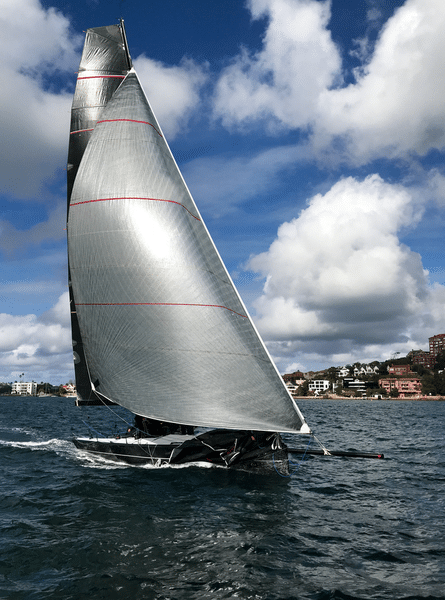
The headsail, or the jib, is likely the second most popular kind of sail found on sailboats. This is because it often accompanies the mainsail, the most popular kind. On all sailboats , the headsail is put at the front of the mast over the sailboat’s bow . It is always a smaller sail than the mainsail.
The fact that the headsail is smaller can be especially useful if you are caught in strong winds. In this situation, you likely do not want to use your mainsail (or trim it as much as possible) to move slower and not be thrown around by the winds. Smaller sails catch less wind, meaning they do not propel your boat as strongly as larger sails.
Having a good headsail can be an incredible safety measure, especially if the seas you are trying to sail are known to be wild and unpredictable.
You may have seen a genoa sail before if you have been around boats or have ever lived in a coastal town. This kind of sail is a large sail that you can attach to the front of the forestay (similarly to the headsail). This is a larger sail than the headsail and can even cover the mainsail either partially or completely. For this reason, the genoa also used to be called an “overlapping jib.”
You should use a genoa if you are sailing through either light or medium winds and if your sailboat is at a dead run point of sail (this means that the wind is coming directly from the rear. If you attempt to use a genoa sail in stronger winds , you might start going too fast and put yourself and your boat at risk since it is such a large sail. So, it is important to be careful .
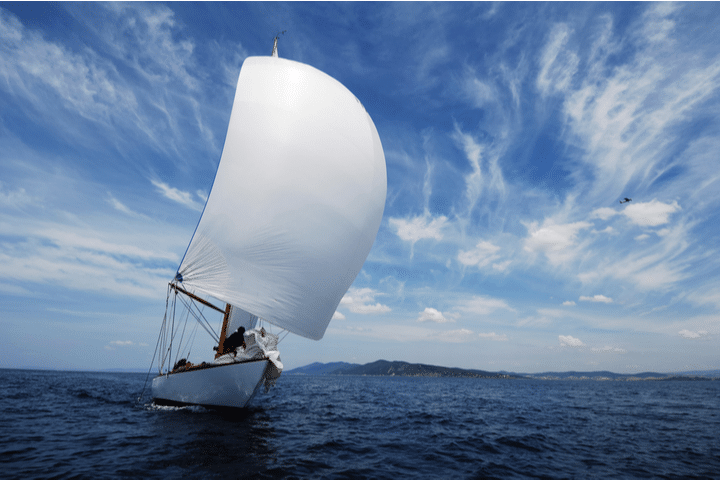
The spinnaker is the most whimsical kind of sail since it is a large and colorful kind. They are also often symmetrical, which means they are more appropriate for reaching different points of sail, such as the running point of sail. They are lighter sails, and they do not cover the mast as the genoa sail does. You do not attach a spinnaker to the forestay and instead let it stretch out past the boat’s bow.
The large surface area of the spinnaker means that you have to be even more careful than with others on the kind of conditions you choose to use this sail in. If the winds are too strong, you could be putting yourself and your passengers at serious risk using this sail, so you should choose to use it only at times when the wind is low or in seas that are known for their low winds and tranquility.
As the name suggests, the gennaker sail mixes the genoa sail and the spinnaker sail. These kinds of sails are more recent inventions. They are as large as the spinnaker sail, but they are not symmetrical. Unlike the genoa or the headsail, they are also not meant to be attached to the forestay, like the spinnaker sail.
The usefulness of this sail is that if the winds change from a pure dead run to a reaching point of sail, then sailors do not have to resort to using a spinnaker from a genoa, instead of being able to take advantage of different winds while still using the same sail as they were before. This kind of sail is still only meant for lighter and milder winds , but there is more flexibility with the gennaker than the genoa and the spinnaker sails.
Popular Sail and Mast Configurations
There are many different ways to place the sails we have learned about in the above section. We have compiled a list of some of the most popular ones so you can understand how these sails can be used to make a sailboat move through the oceans.
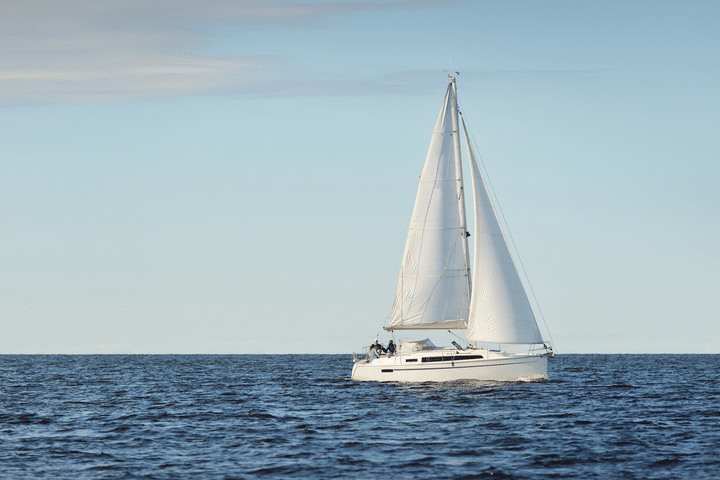
A sloop is by far the most popular configuration. It features a single mast, double sail (the mainsail and the headsail), and mast configuration. The headsail is located from the forestay on the mast to the top of it. The type of headsail used can also vary from a genoa, a spinnaker, or a gennaker sail.
Fractional Rig Sloop
A fractional rig sloop also features a single mast with a double sail setup similar to a sloop. However, what makes the fractional rig sloop different is that the forestay does not reach the top of the mast. This means the headsail is constricted to a smaller amount of surface than on a regular sloop, making it so that your sailboat captures less wind and moves slower .
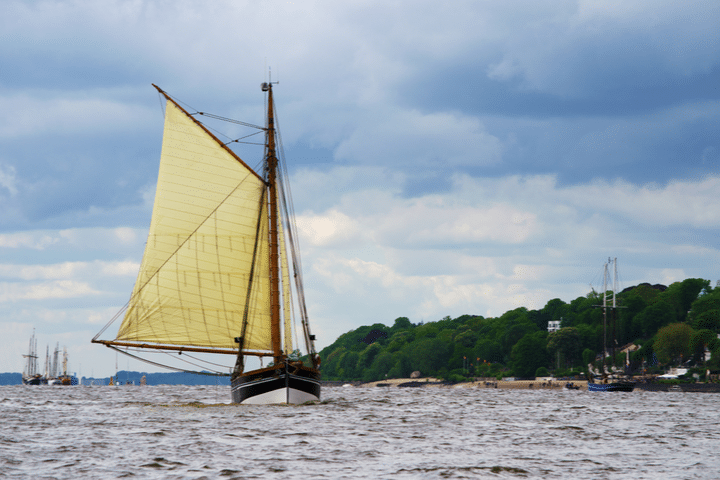
Cutters are interesting because they’re like a sloop but with a second forestay. This can be useful because it allows them to carry two headsails (a mainsail and one of the jibs). Cutters are good for cruising because they offer a range of wind options, giving you more time to get from place to place.
This is a less common mast configuration than previous others on this list. This is because a ketch features two masts. There is a larger mast fit for the mainsail and the headsail and a smaller mast between the mainmast and the stern (the rear) of the boat. This kind of mast configuration is more commonly found among Northern European freighters or fishing boats. This mast configuration is also called the mizzen mast.
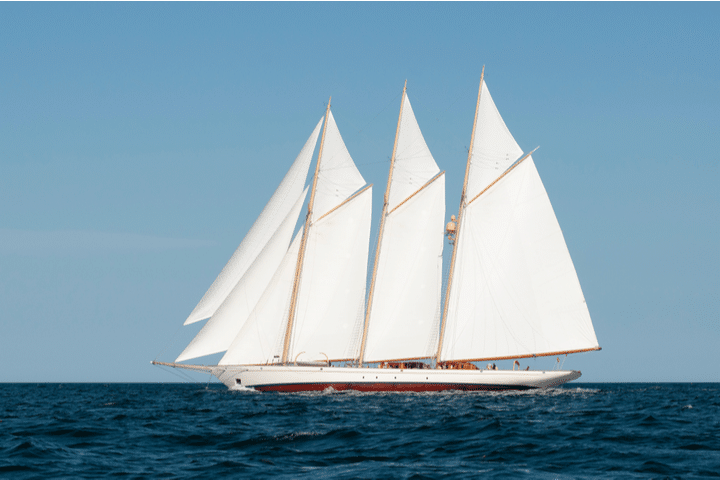
A schooner mast configuration features two or more masts. This is similar to the previous configuration, the ketch. It also features multiple sails. While a ketch’s aft mast (also known as the rear mast) is higher than the forward mast, a schooner’s aft mast is shorter than the forward mast. A schooner can also have up to six masts (although two are the most common). These are the main differences between the two.
This one is quite similar to a ketch mast configuration (mentioned above). The only real difference between them is that the mizzen mast is put directly behind the sailboat’s rudder post in a yawl.
A cat sail will have one mast and one sail. The mast is put at the bow of the sailboat. This kind of mast configuration is often found on smaller boats, more specifically on dingy boats. Boats with the cat mast configuration are also often called catboats.
Final Verdict
Having the appropriate kind of sail on your sailboat is incredibly important. At the same time, being aware of the kinds of sails that there are and the kind of sail and mast configuration can make you into a more well-rounded and informed sailor. With that in mind, we hope that you leave this article feeling more confident in your skills when you are out at sea.

Boatsetter empowers people to explore with confidence by showing them a world of possibility on the water. Rent a boat, list your boat, or become a Boatsetter captain today.
Browse by experience

Explore articles

7 Easy Ways to Increase Your Boat's Value
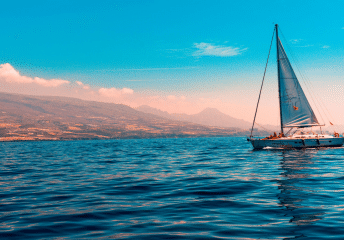
Want a Simple Life? Here are the 3 Best Sailboats to Live-Aboard
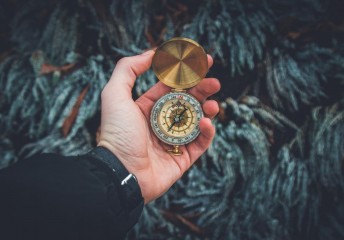
5 Gifts a Water Enthusiast Will Love

At the Helm with Boatsetter Owners: Q&A with Amal Salameh, New York

IMAGES
VIDEO
COMMENTS
Dinghies. Keelboats & yachts. Multihulls. See also. Notes. References. List of sailing boat types. A Windmill sailing dinghy. The following is a partial list of sailboat types and sailing classes, including keelboats, dinghies and multihull ( catamarans and trimarans ).
one mast. triangular mainsail (called a Bermuda sail) a foresail (also called the jib) fore-and-aft rigged. medium-sized (12 - 50 ft) Fore-and-aft rigged just means "from front to back". This type of rigging helps to sail upwind. Any sailboat with one mast and two sails could still be a sloop.
The most common kind of sailboat is the sloop, as it's simple to operate and versatile. Other common sailboat types include the schooner, cutter, cat, ketch, schooner, catamaran, and trimaran. Other sailboat variations include pocket cruisers, motorsailers, displacement, and shoal-draft vessels. The information found in this article is sourced ...
Keel type All sailboats have one or more lateral surfaces, known as keels. The primary purpose of a sailboat keel is to counter the sideways force of the wind and generate forward motion by creating lift. A secondary purpose of most types of keel is to provide ballast; the more ballast, the more stable (and heavy) the boat is.
Leave a Reply. Sailboats can be divided into three basic types based on their hulls (catamaran, monohull or multihull), their keel and their rigging, and then further subdivided from there. The result is that there are actually well over a dozen different kinds of sailboats out there. Sailboat Hull Types There are three….
These generally have modified keels for improving performance and speed by integrating hydrodynamic features such as hydrofoils. The types of keels commonly associated with sailboats are as follows: full-length keel, fin keel, centreboard keel, bilge keel, bulb keel and wing keel.
Sailboat Shapes And Hull Types. Sailboat hulls differ in their total number and shape. They can be monohulls (one hull), catamarns (two hulls) and trimarans (three hulls). The shape of a sailboat not only changes the way it is commanded, but also how it performs on different points of sail and in different conditions. Monohulls
Although sailboat terminology has varied across history, many terms have specific meanings in the context of modern yachting.A great number of sailboat-types may be distinguished by size, hull configuration, keel type, purpose, number and configuration of masts, and sail plan. Popular monohull designs include: . Cutter
Contents show. Several factors determine the types of sailboats, including the hull type, keel type, mast configuration, and sails and rigging. The hull is the boat's body and can be either a monohull, catamaran, or trimaran. The keel is the underwater part of the hull that provides stability and can be either a fin keel, wing keel, bilge ...
Sailboat Rig Types. Sailboat rigging includes: the mast (s); boom (s); and the shrouds or stays that hold up the mast. A sailboat with one mast is usually a sloop with one mainsail and one headsail. A cutter rig usually has one mast but two or more headsails. This rig "cuts" the foretriangle between the head (forward) stay and the main mast.
One can classify sailboats based on hull types, keel types, and mast configurations. This section will briefly discuss these basic components of sailboat design. Hull Types. There are mainly two types of hulls: monohull and multihull. Monohull: This is the traditional and most common type of sailboat hull. It consists of a single hull ...
This observation alone will enable you to identify the five main types of sailboats — sloops, cutters, ketches, yawls and schooners - all of which are described here. But apart from the various rig types, you can describe types of sailboats from a different viewpoint - sailing dinghies, dayboats, motorsailors, monohulls, catamarans and ...
They vary in size, can be mono- or multihulls, and can carry any rig type. Racers: Although any sailboat can be raced, some models are specifically designed to do so. They're usually built lighter and carry more sail area. Racer-cruisers: Racer-cruisers are performance boats (usually sloops) that can cruise.
Sailboats are vessels propelled by the wind using sails. The various types include dinghies, keelboats, catamarans, and trimarans. Dinghies are small, open boats often used for racing or recreational sailing. Keelboats have a fixed keel to provide stability and are suitable for cruising or racing. Catamarans feature two parallel hulls, offering ...
As opposed to sailing dinghies, cruising sailboats can be safely sailed during the night and are not intended for capsizing. Different cruising sailboat types are listed below by the rig type. Remark: The term cruising sailboat is used for mid-sized sailboats, since nowadays sailing is practiced mainly for pleasure and sport, be it cruising or ...
These small boats are easy to handle and fun to sail, making them popular with youngsters. Dinghies are further divided into different types such as catamarans, skiffs, classic dinghies, cruising dinghies, high performance dinghies, racing dinghies and sports dinghies. Types of Dinghies. Dinghy Sailing Races.
This is a list of boat types. For sailing ships , see: List of sailing boat types This is a dynamic list and may never be able to satisfy particular standards for completeness.
Let's take a glance at the types of sailboats. Sailboat Hull Types. This classification of sailboats bases on the number of hulls the sailboat has. The hull is the part of the sailboat that rides on and in the water. The hull does not include the sails, masts, equipment, or machinery. Here are the types of sailboats under this classification.
30. Swan 44. A strong, robust cruising boat built for high-seas, blue water adventures, the Swan 44 was designed by Sparkman & Stephens, and the yacht's well-known Finnish manufacturers, Nautor Swan, produced 76 boats in a production run that lasted from 1972-1975.
The 5 most common two-masted rigs are: Lugger - two masts (mizzen), with lugsail (cross between gaff rig and lateen rig) on both masts. Yawl - two masts (mizzen), fore-and-aft rigged on both masts. Main mast much taller than mizzen. Mizzen without mainsail. Ketch - two masts (mizzen), fore-and-aft rigged on both masts.
Sailboat types by country of construction (33 C) Sailboat types by manufacturer (496 C) Sailing by class (44 C, 2 P) Sailing yachts (8 C, 1,537 P) Schooners (10 C, 137 P) Scows (12 P) Sharpies (1 P) Skipjacks (29 P) T. Tall ships (24 C, 92 P) Trailer sailers (3 C, 500 P)
Sailboats. Sailboats differ from other types of boats in that they are propelled partly or entirely by wind; they use sails to transform the power of the wind into power that moves the boat through the water. The term sailboat covers a wide variety of sailing craft, each with its own characteristics and styles. EXPLORE NOW
Sloop. A sloop is by far the most popular configuration. It features a single mast, double sail (the mainsail and the headsail), and mast configuration. The headsail is located from the forestay on the mast to the top of it. The type of headsail used can also vary from a genoa, a spinnaker, or a gennaker sail.
This is a list of historical ship types, which includes any classification of ship that has ever been used, excluding smaller vessels considered to be boats. The classifications are not all mutually exclusive; a vessel may be both a full-rigged ship by description, and a collier or frigate by function. ...